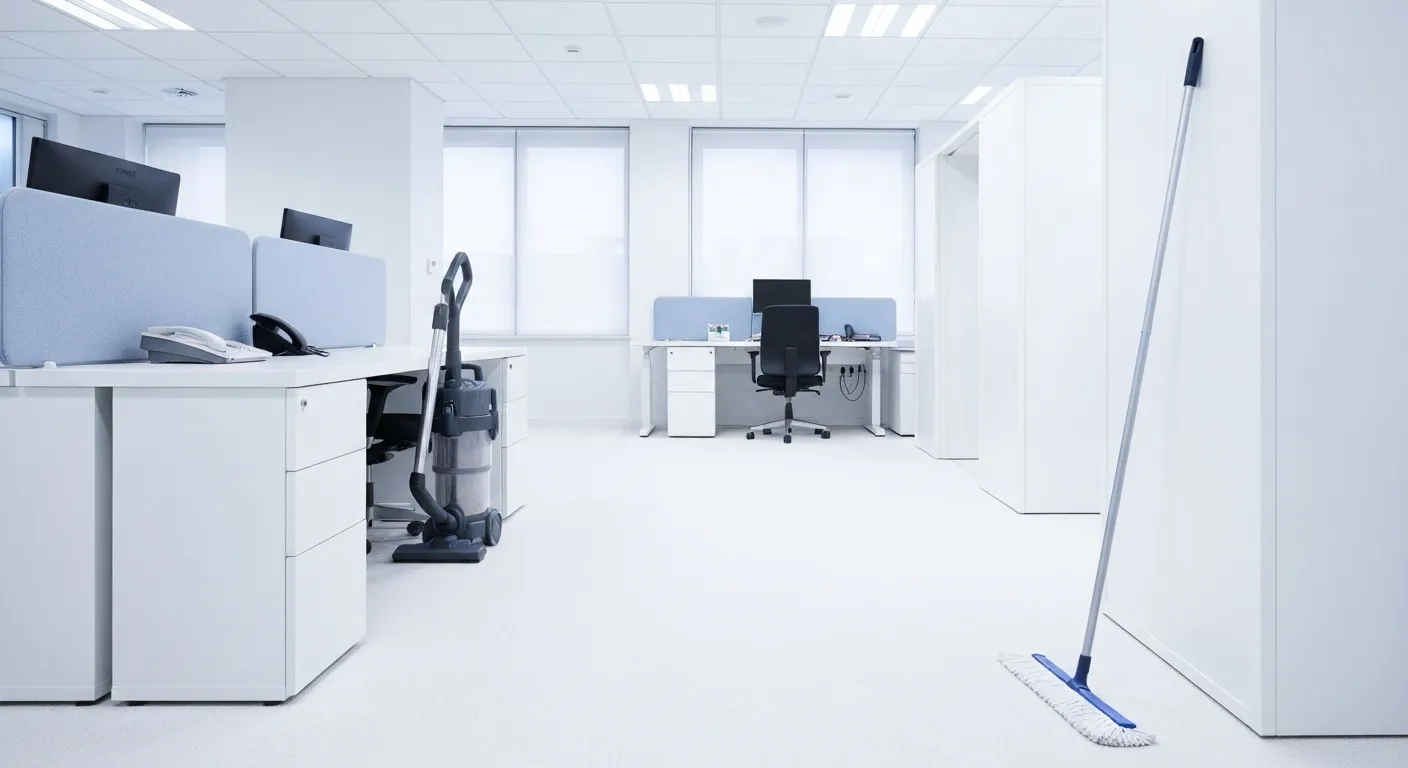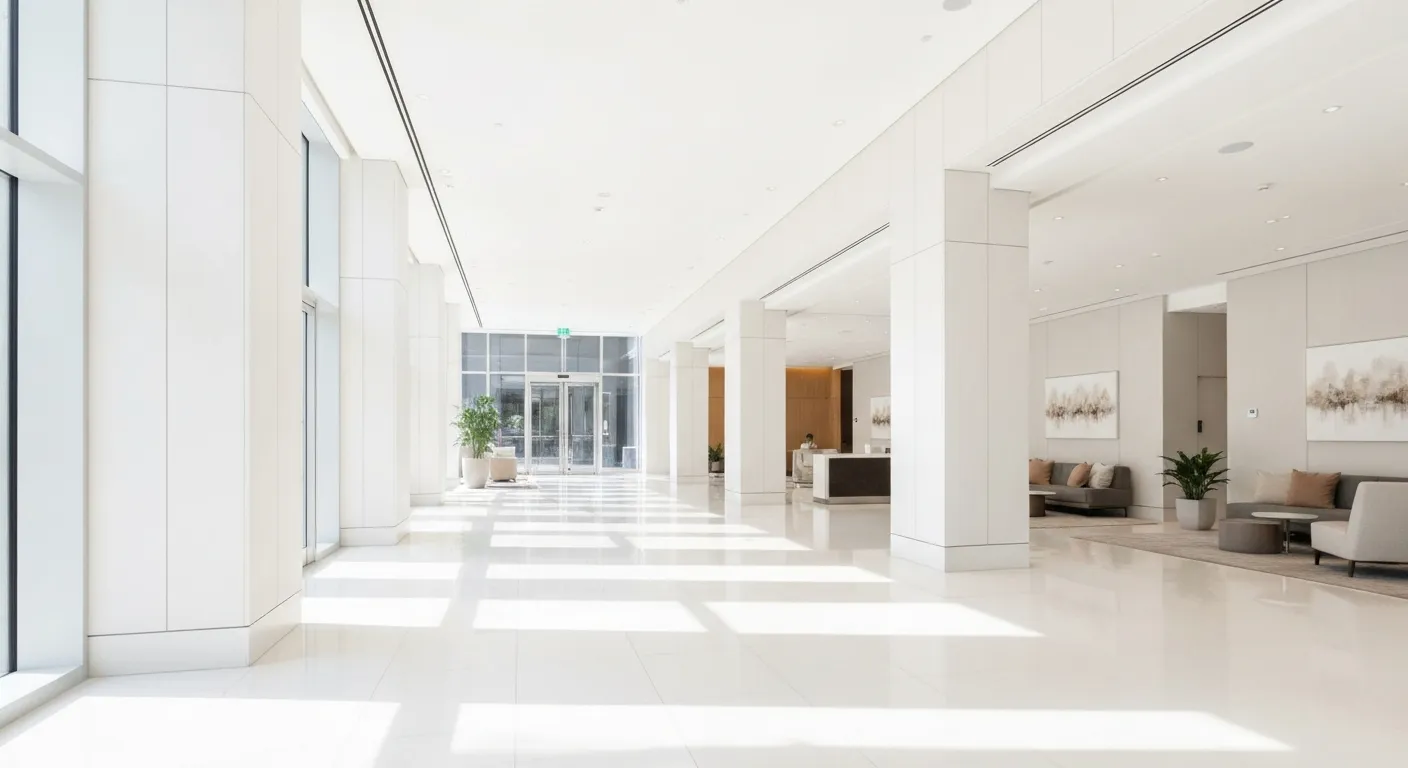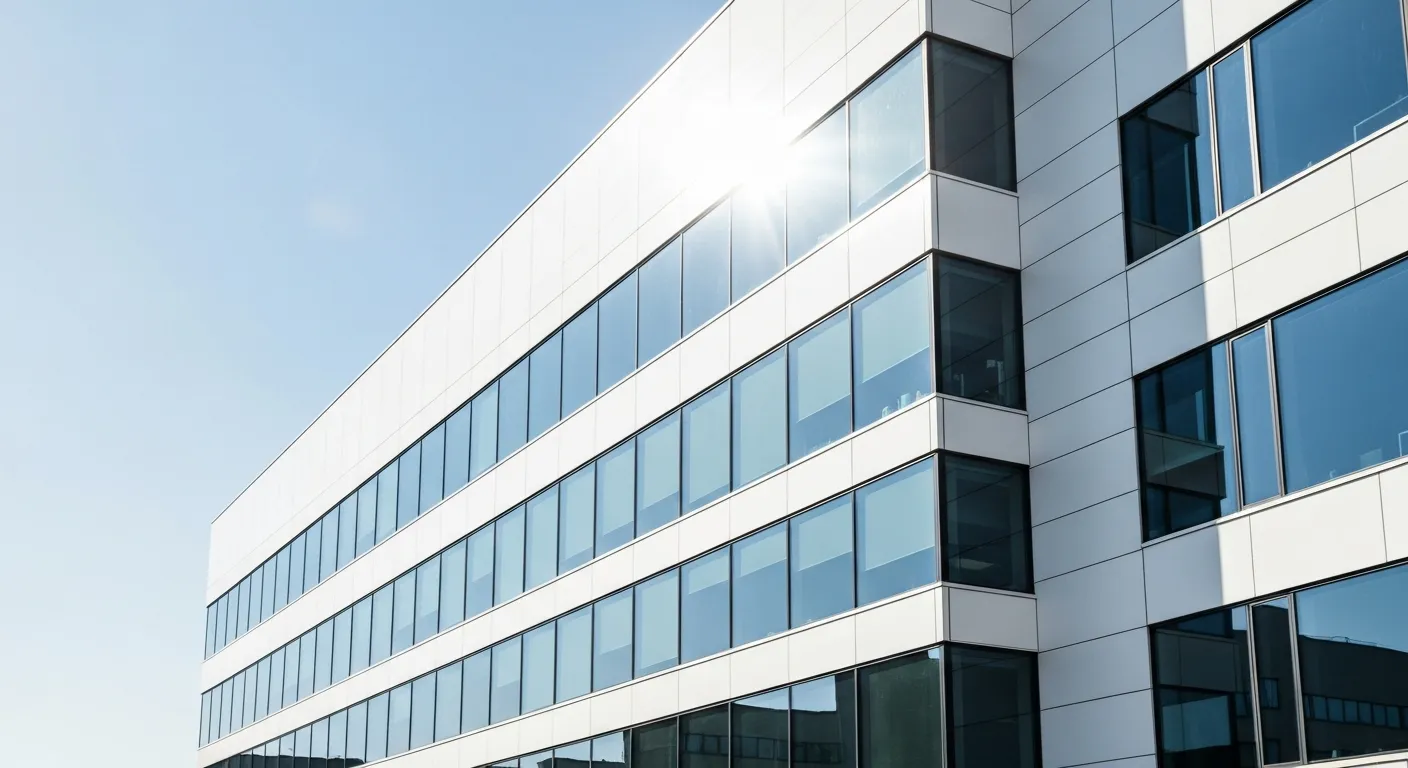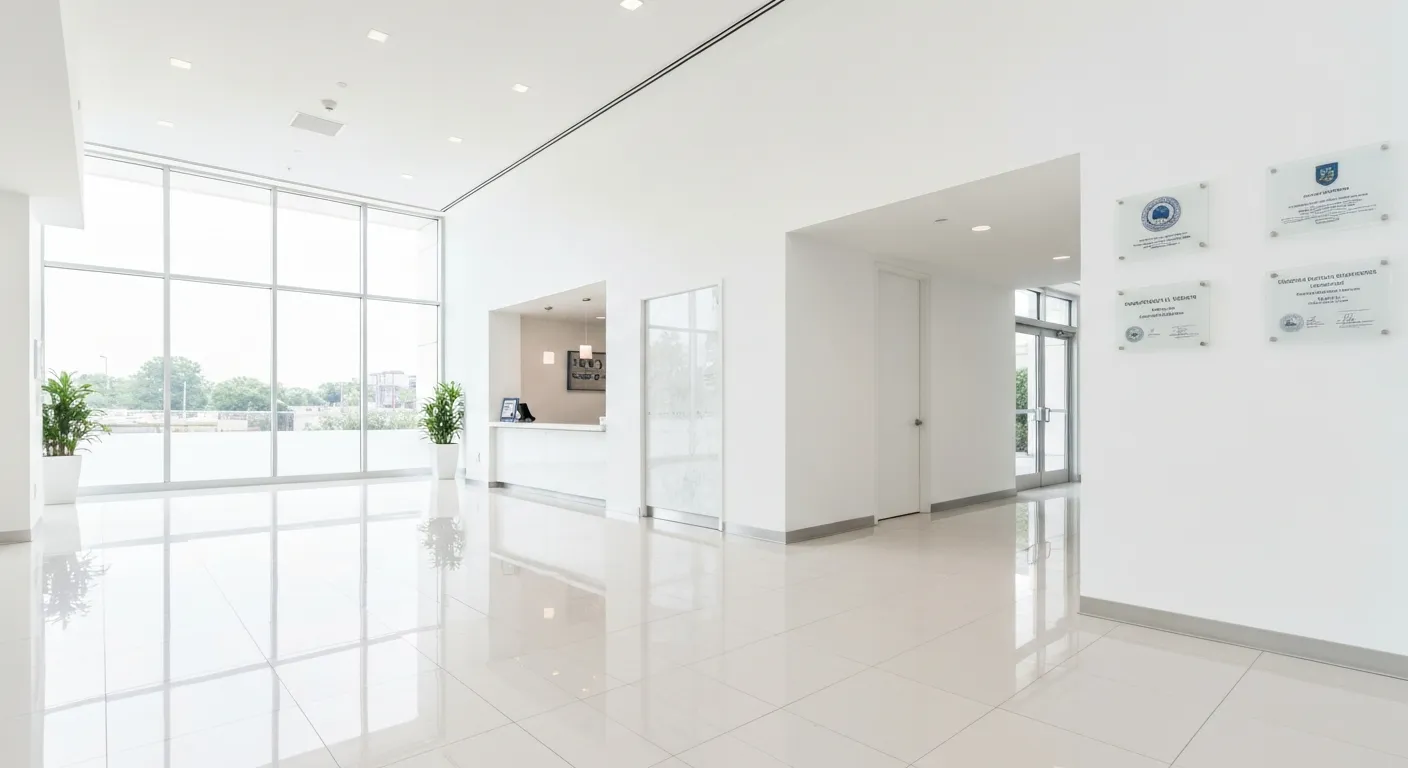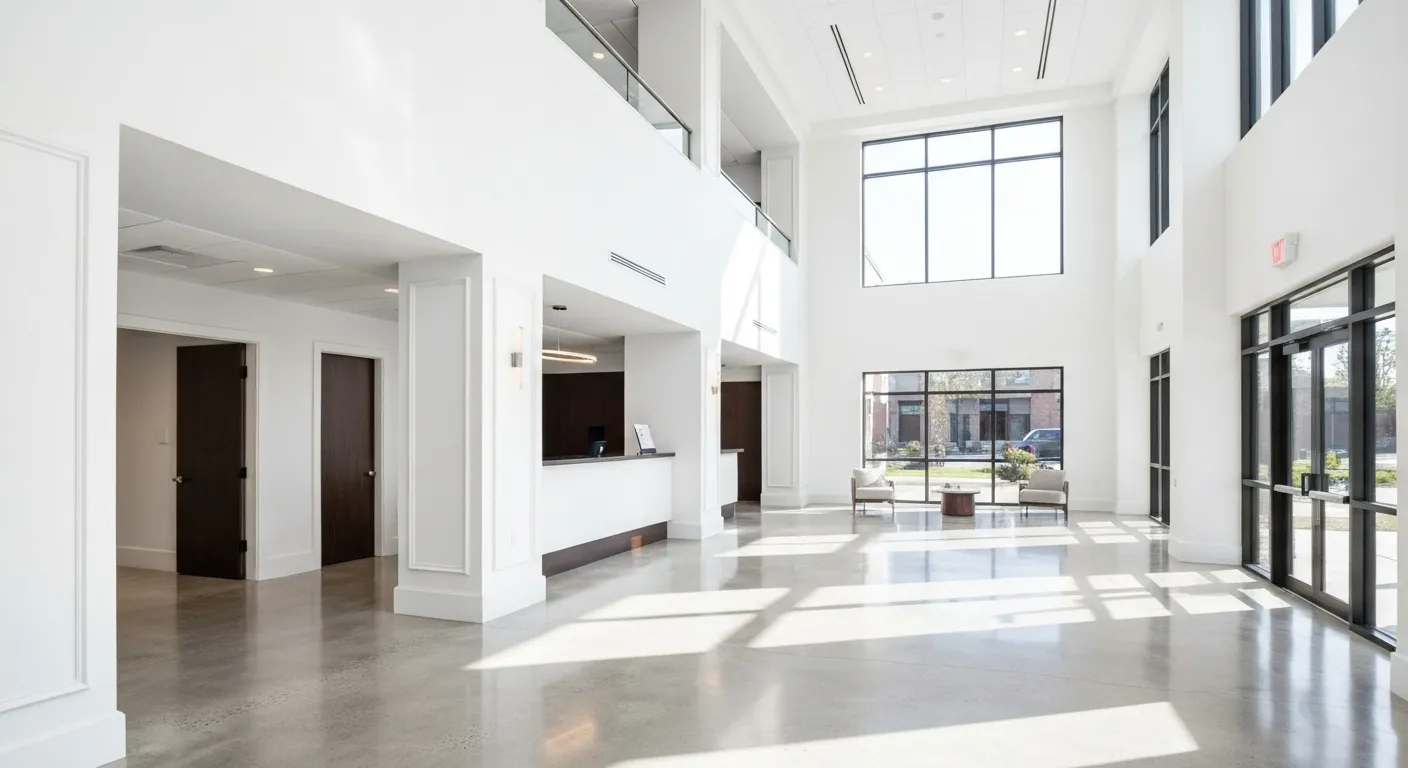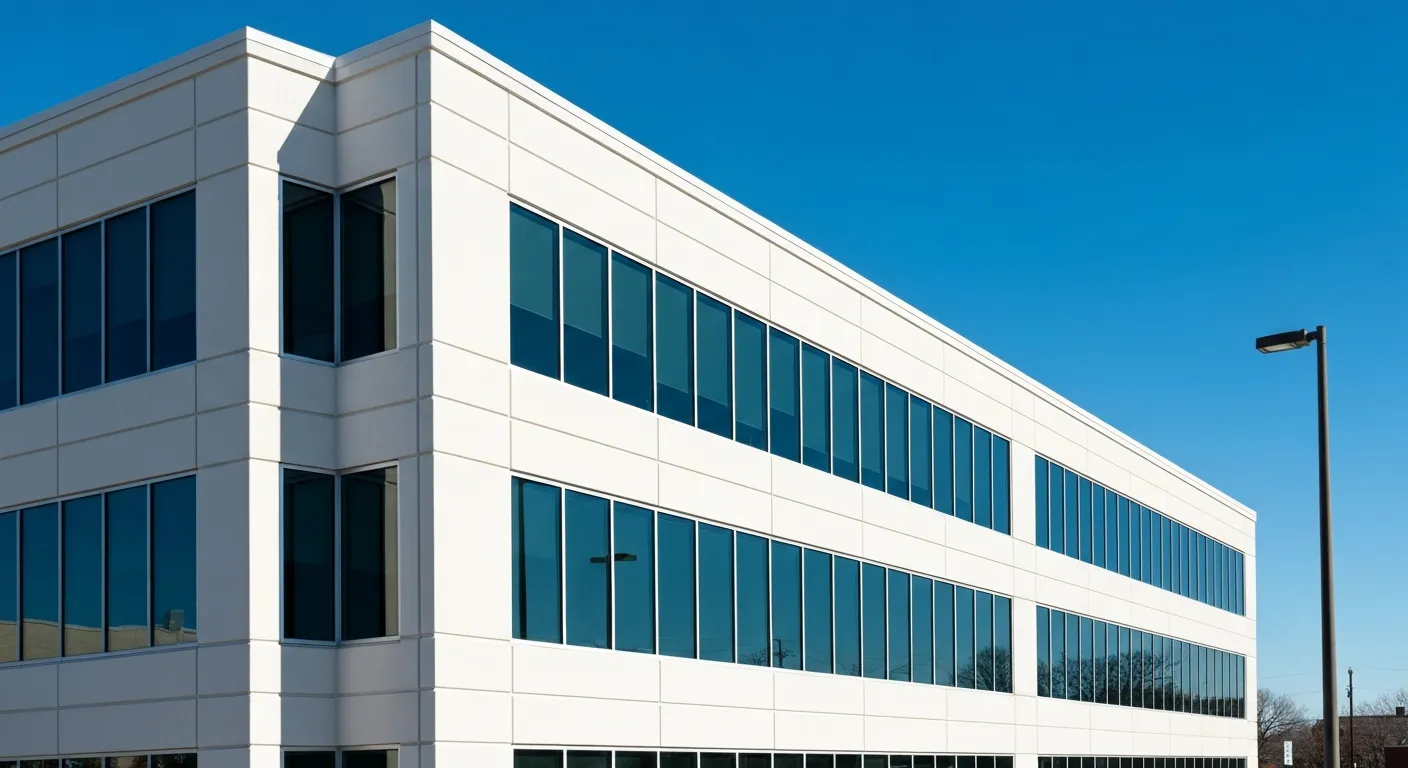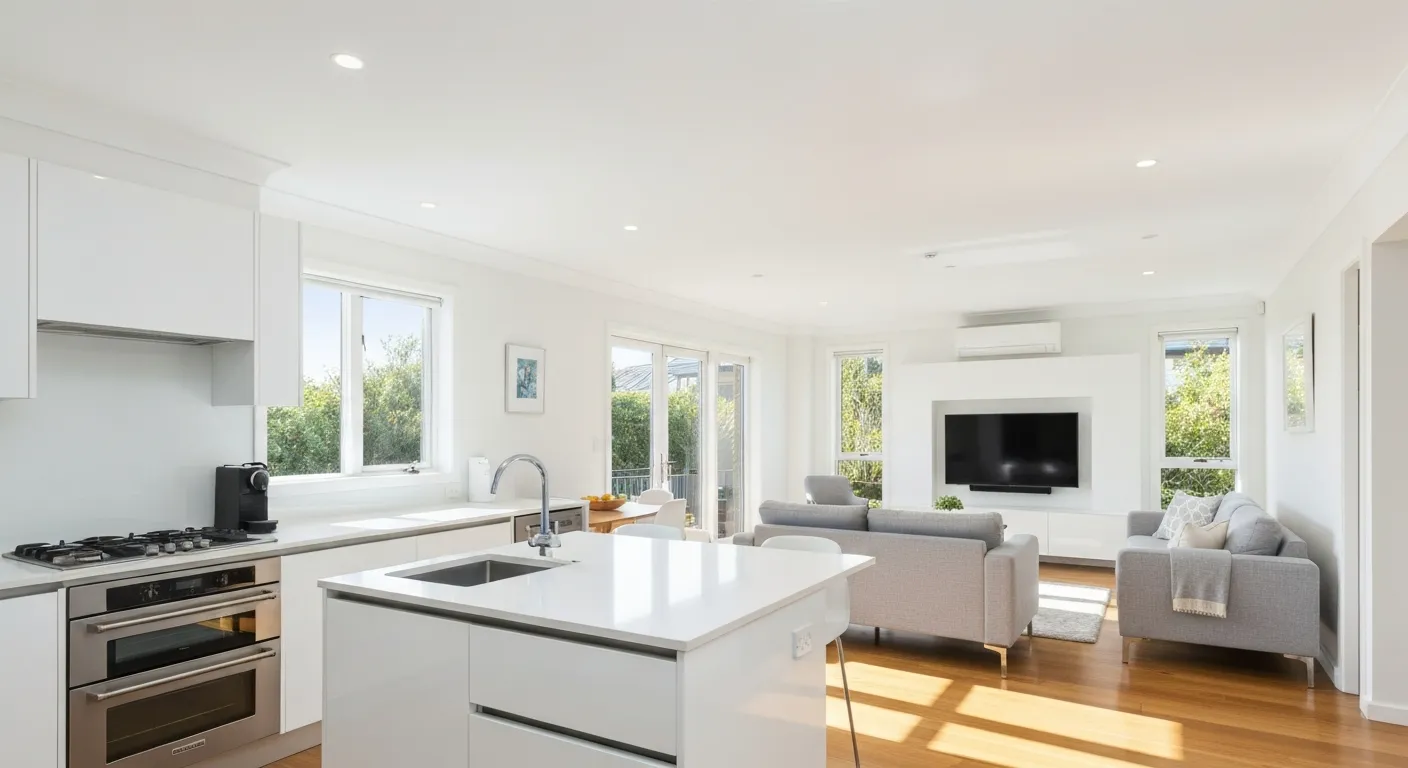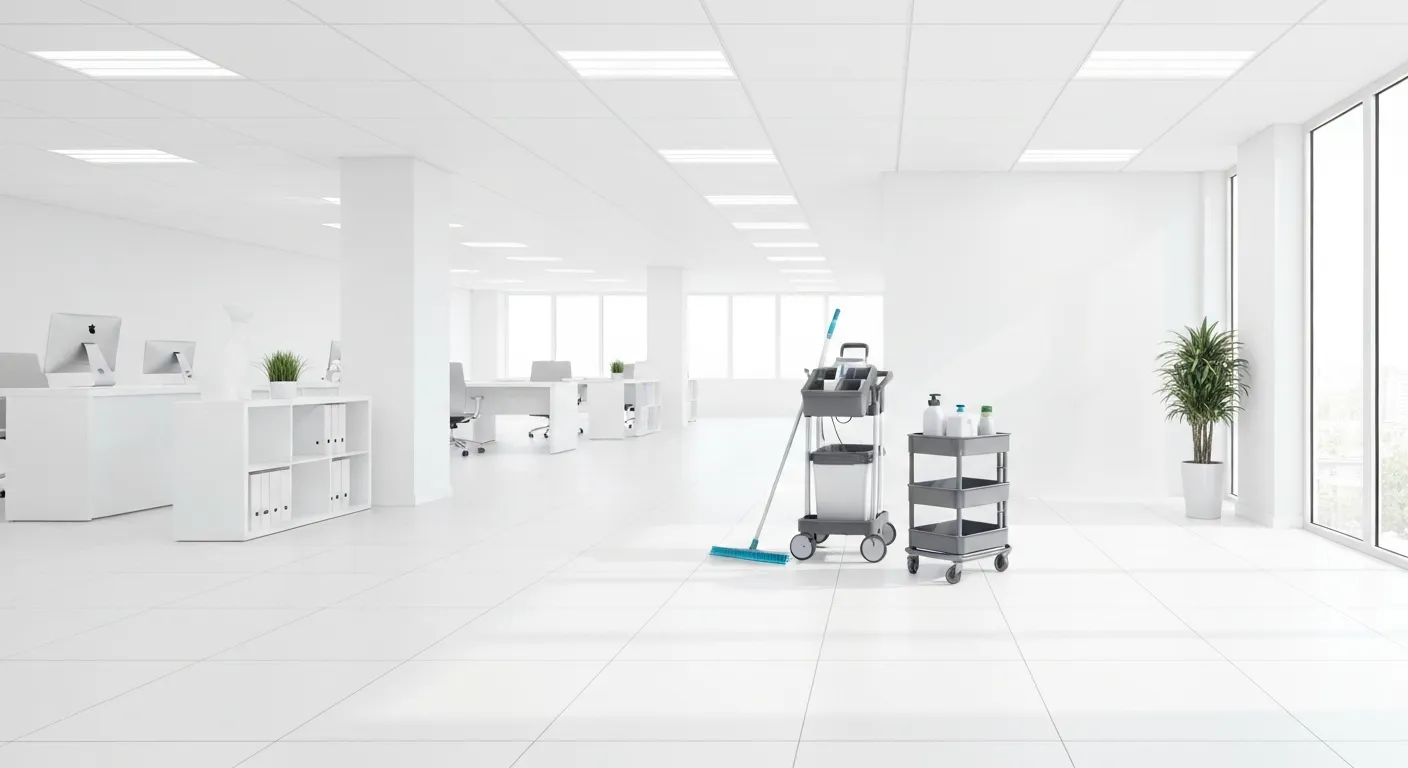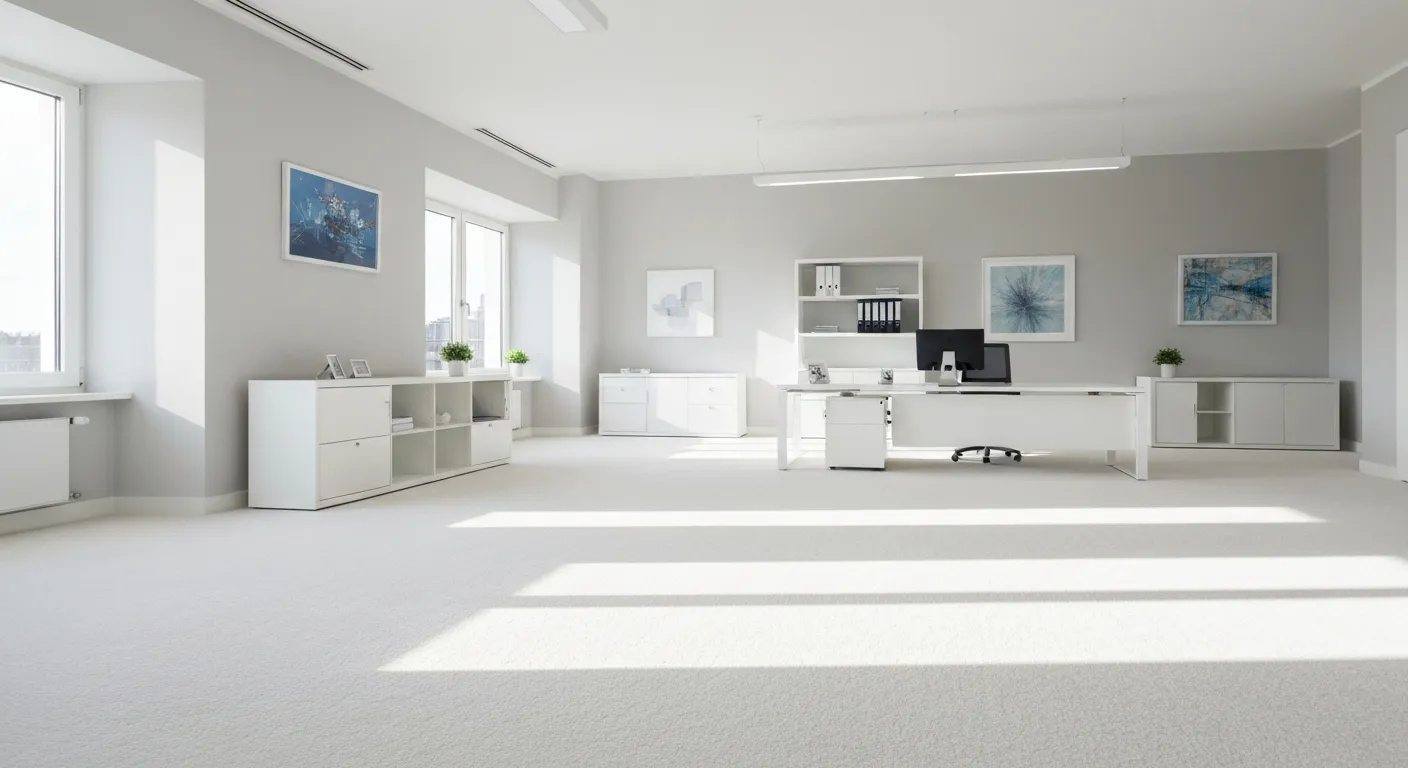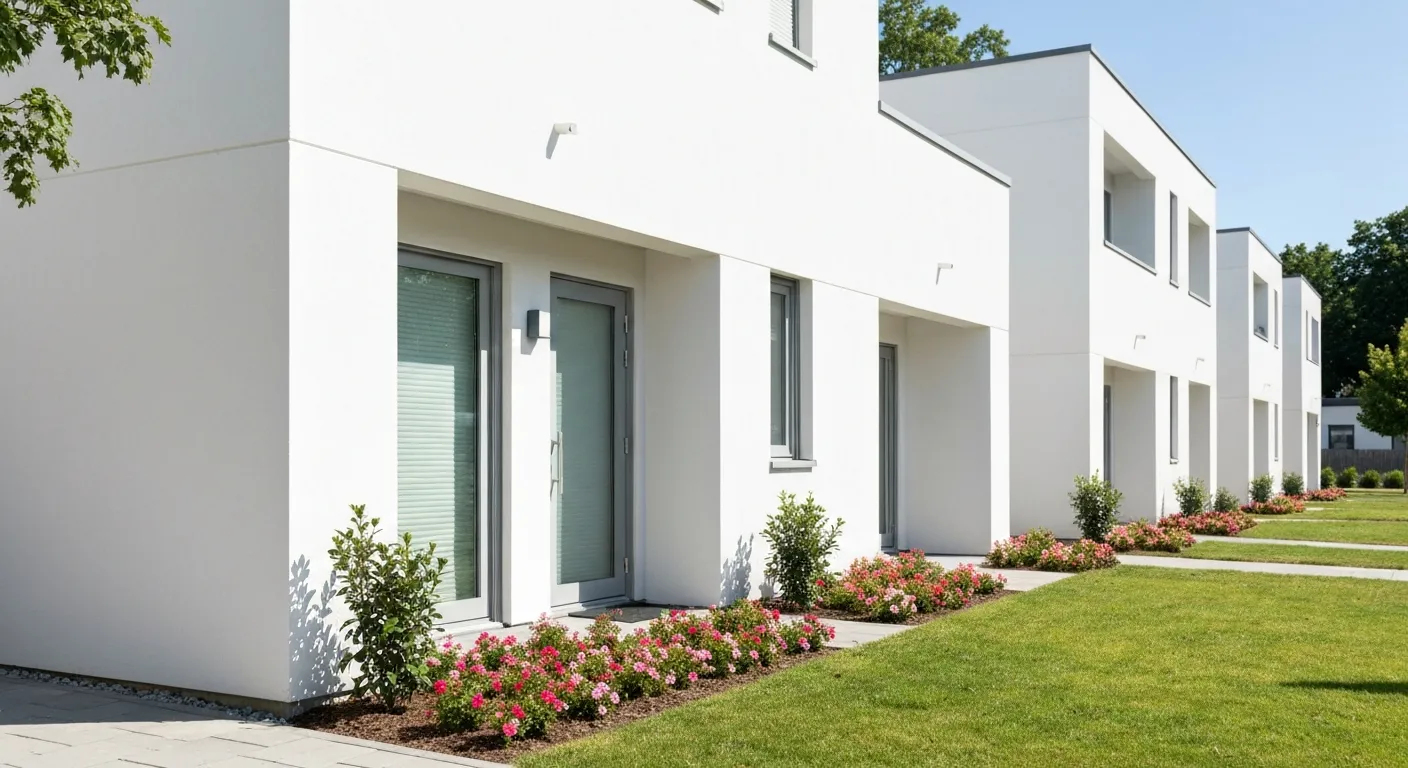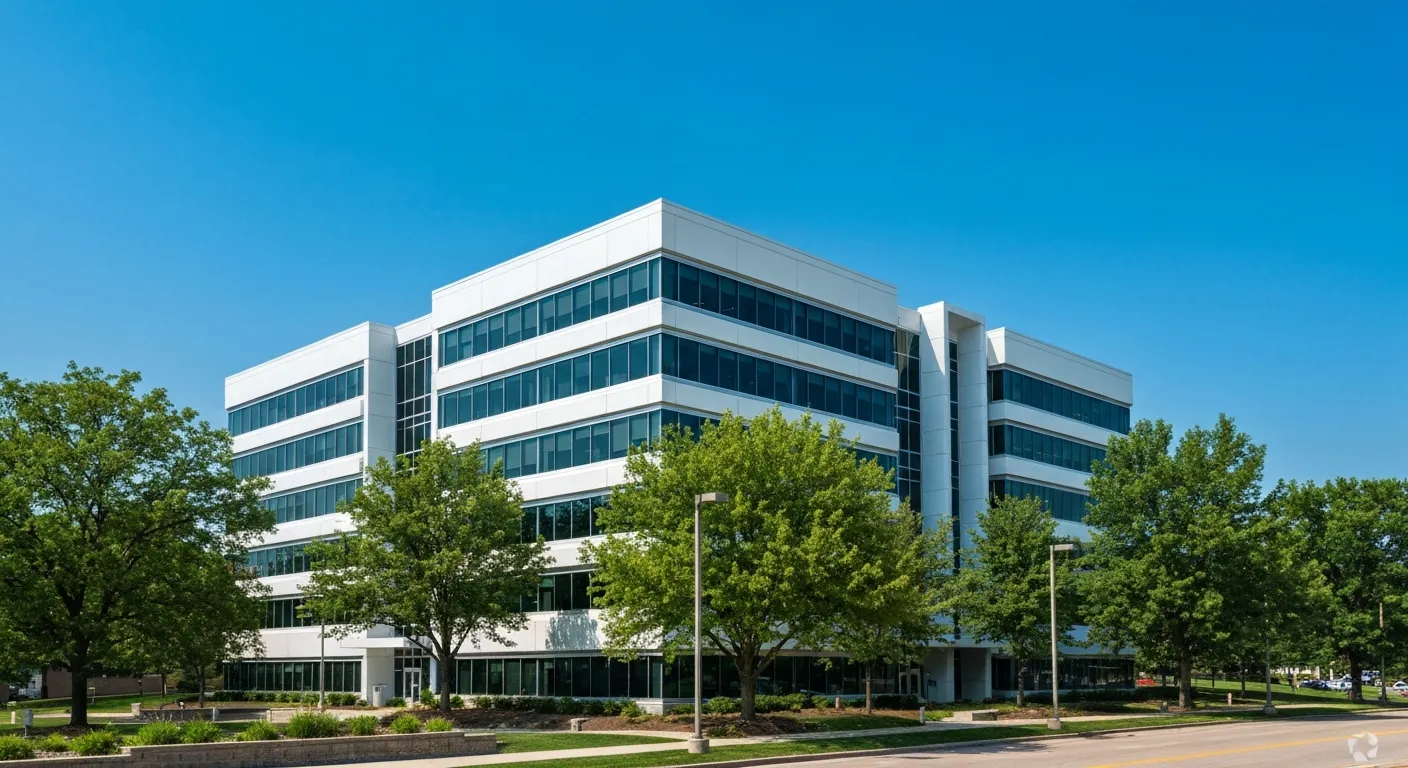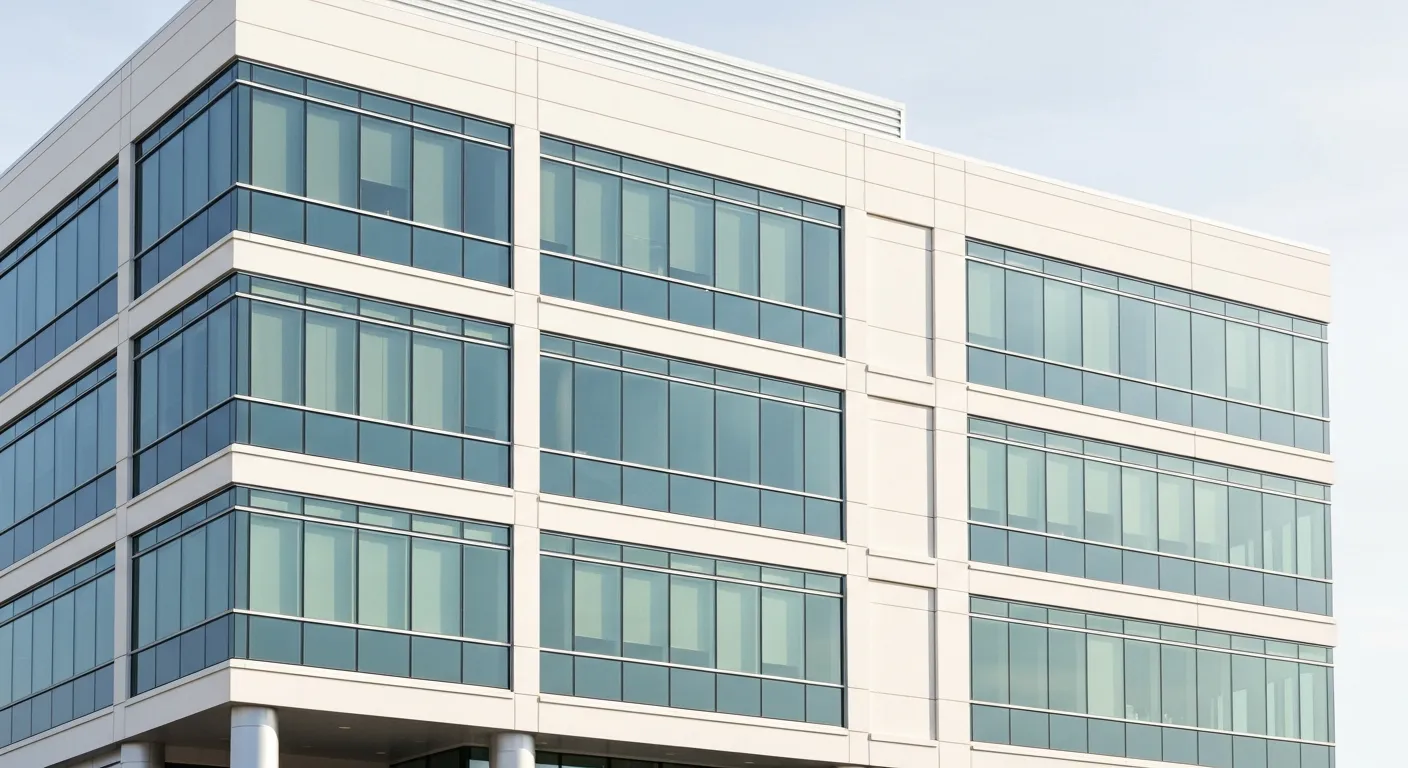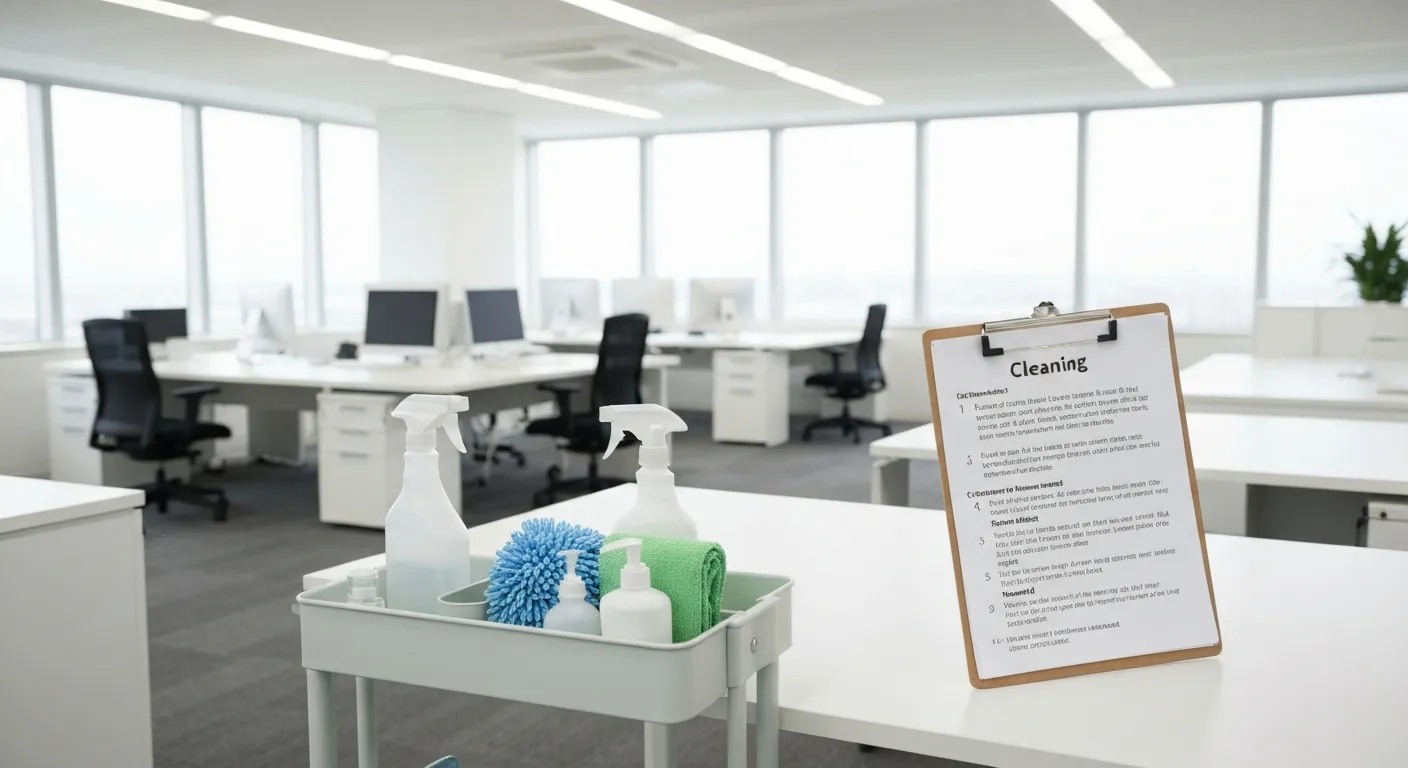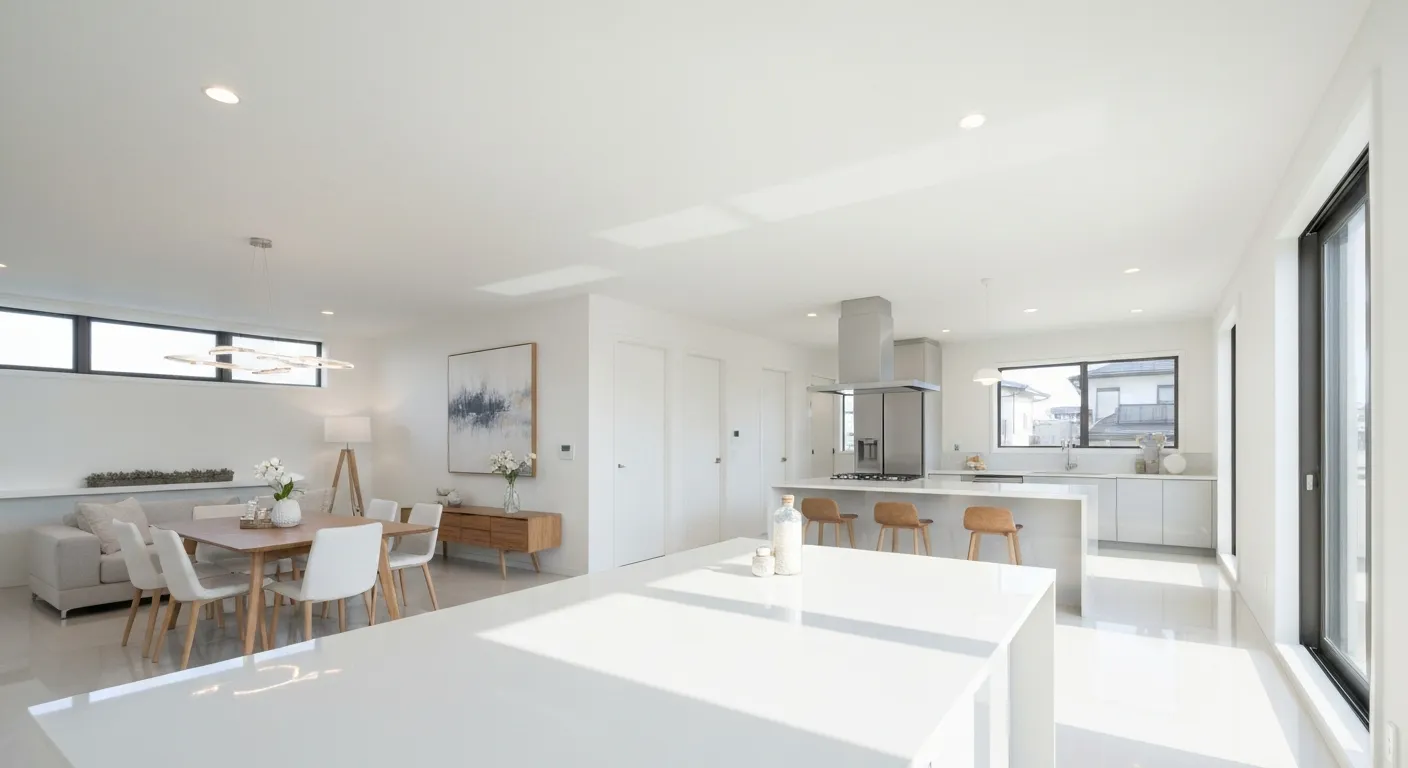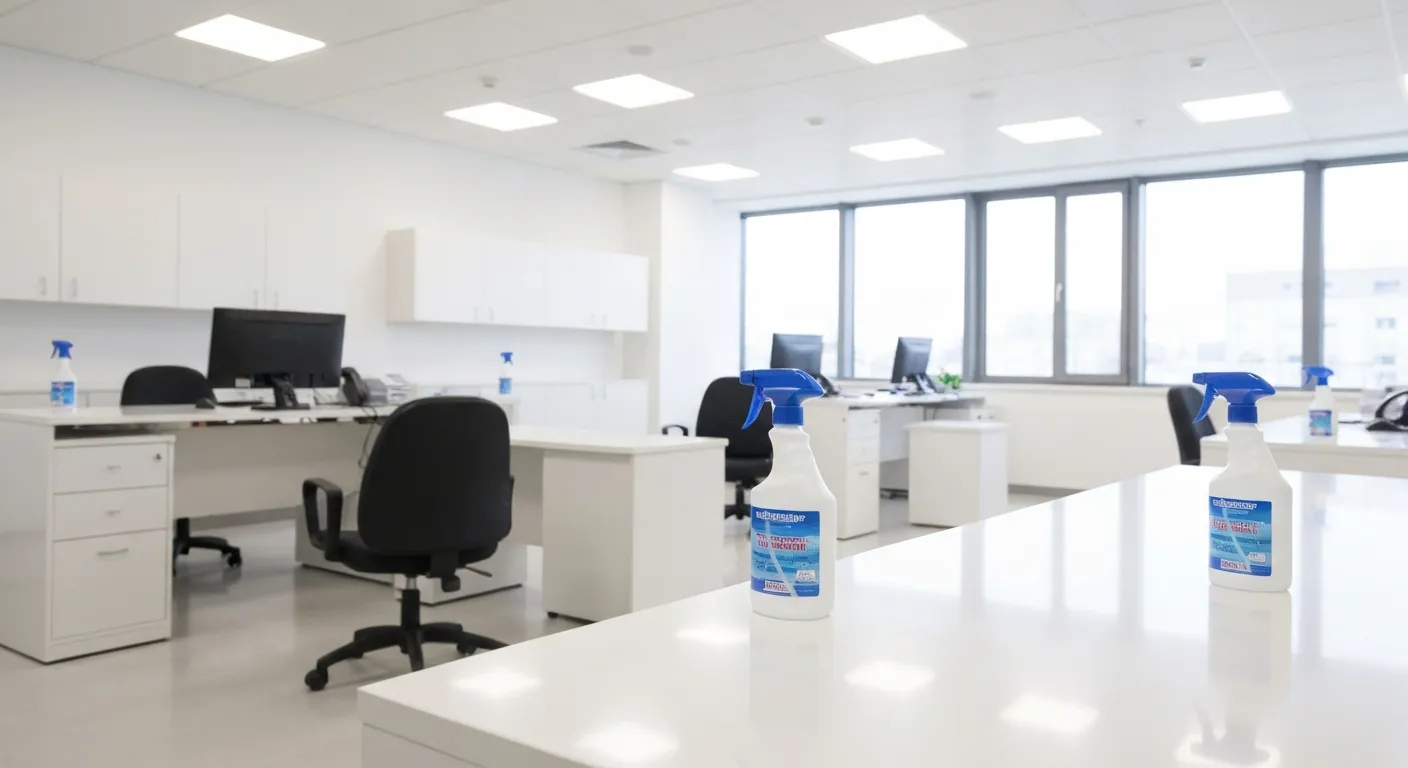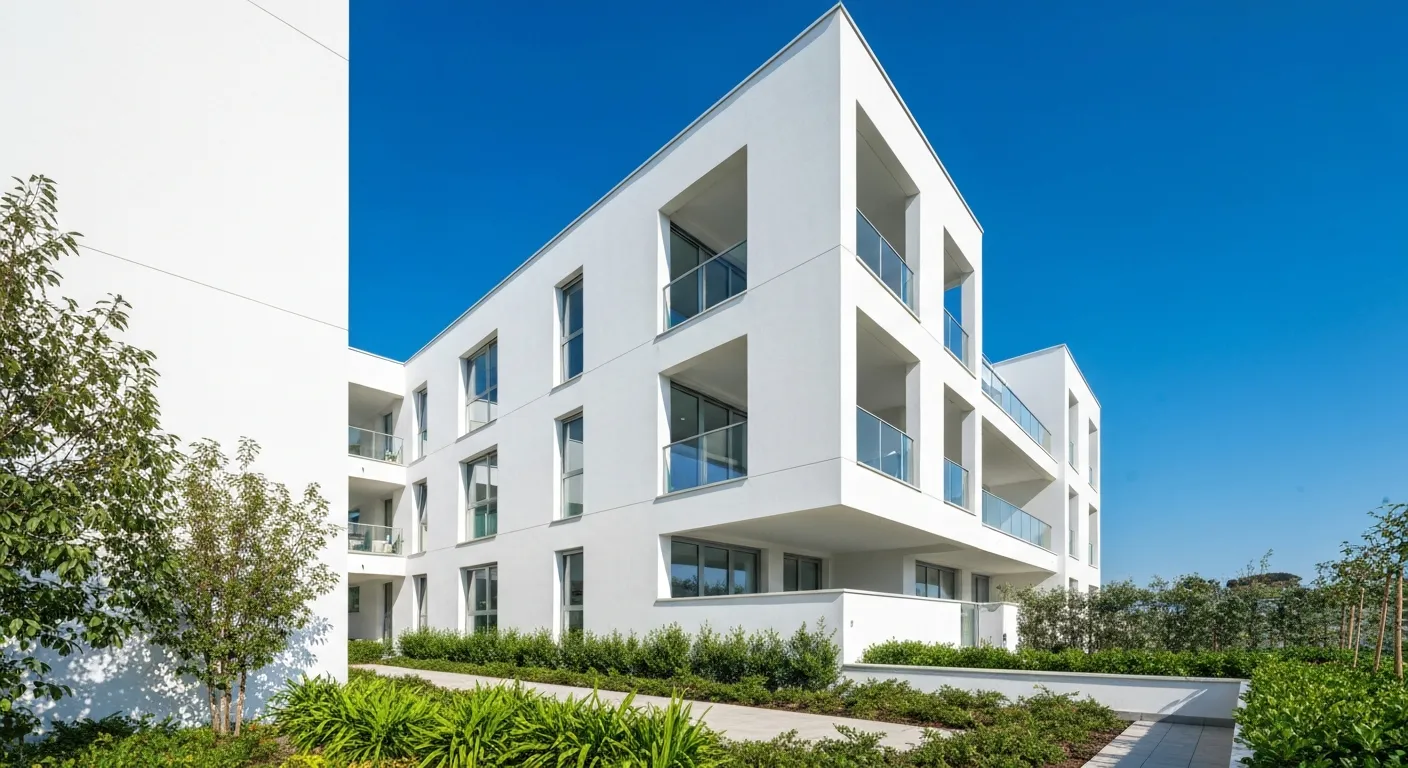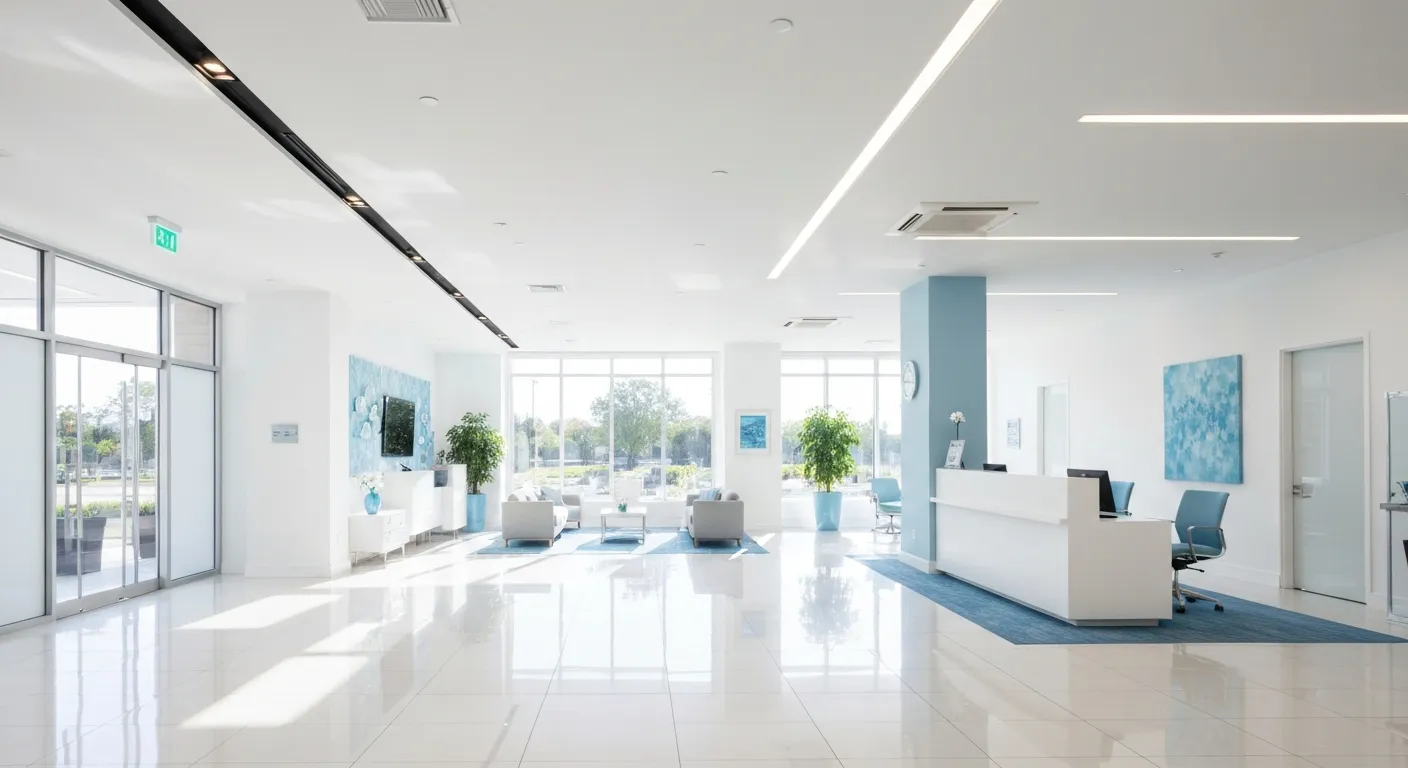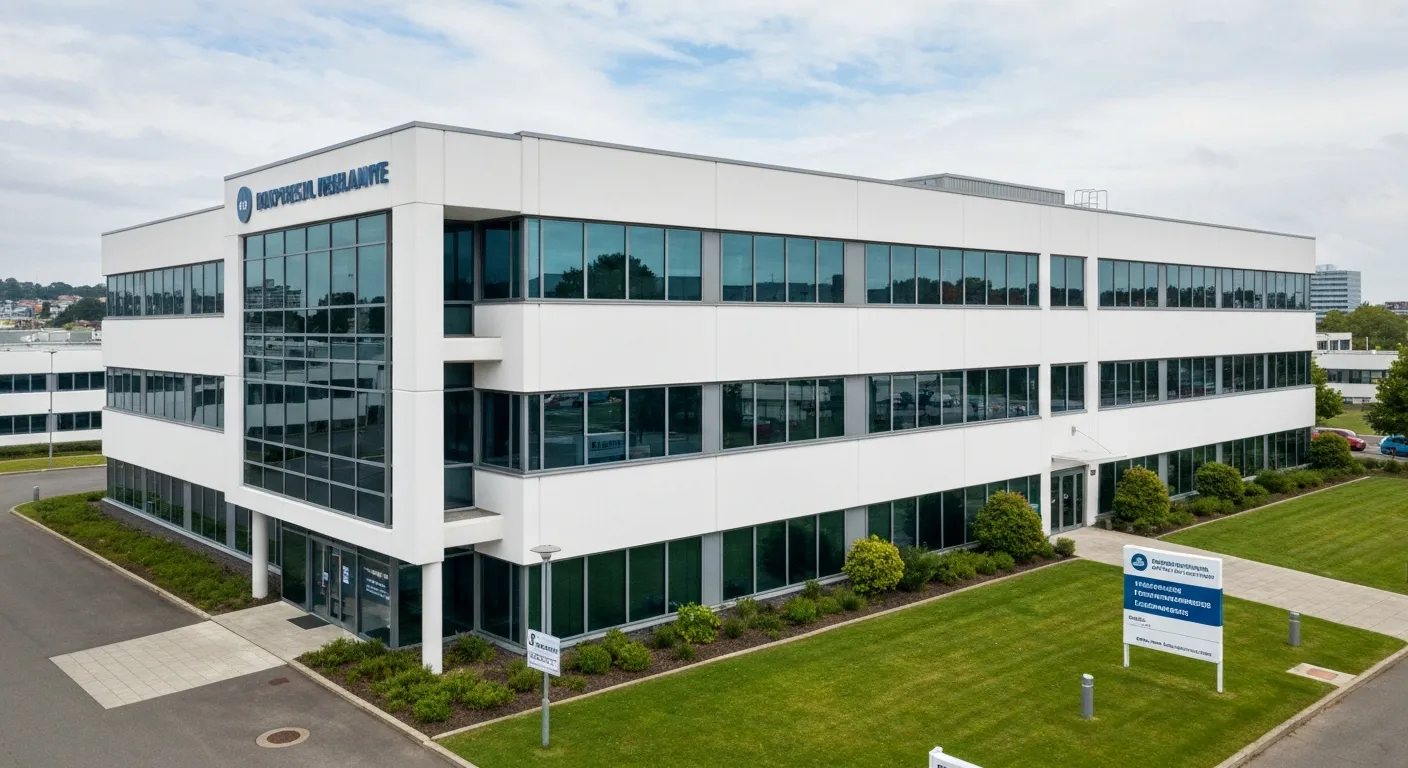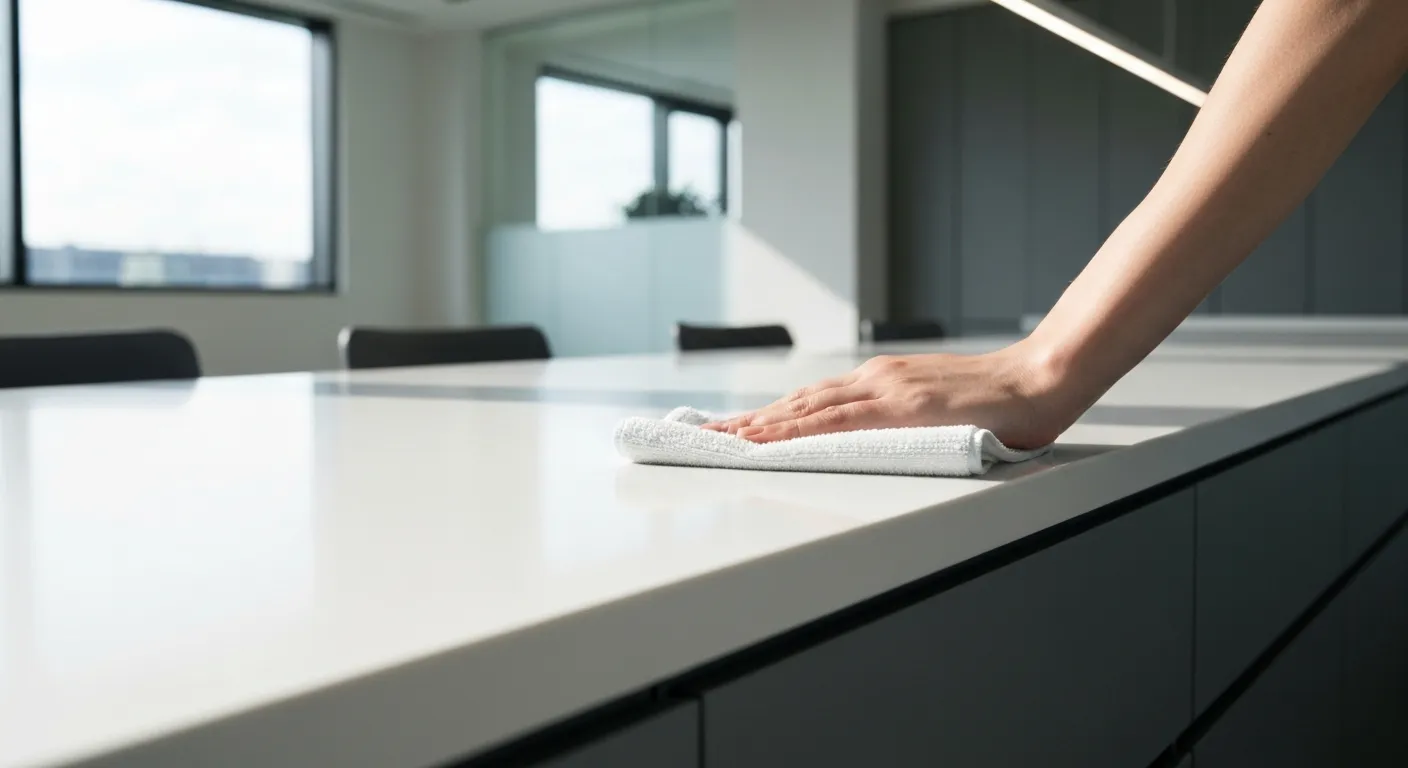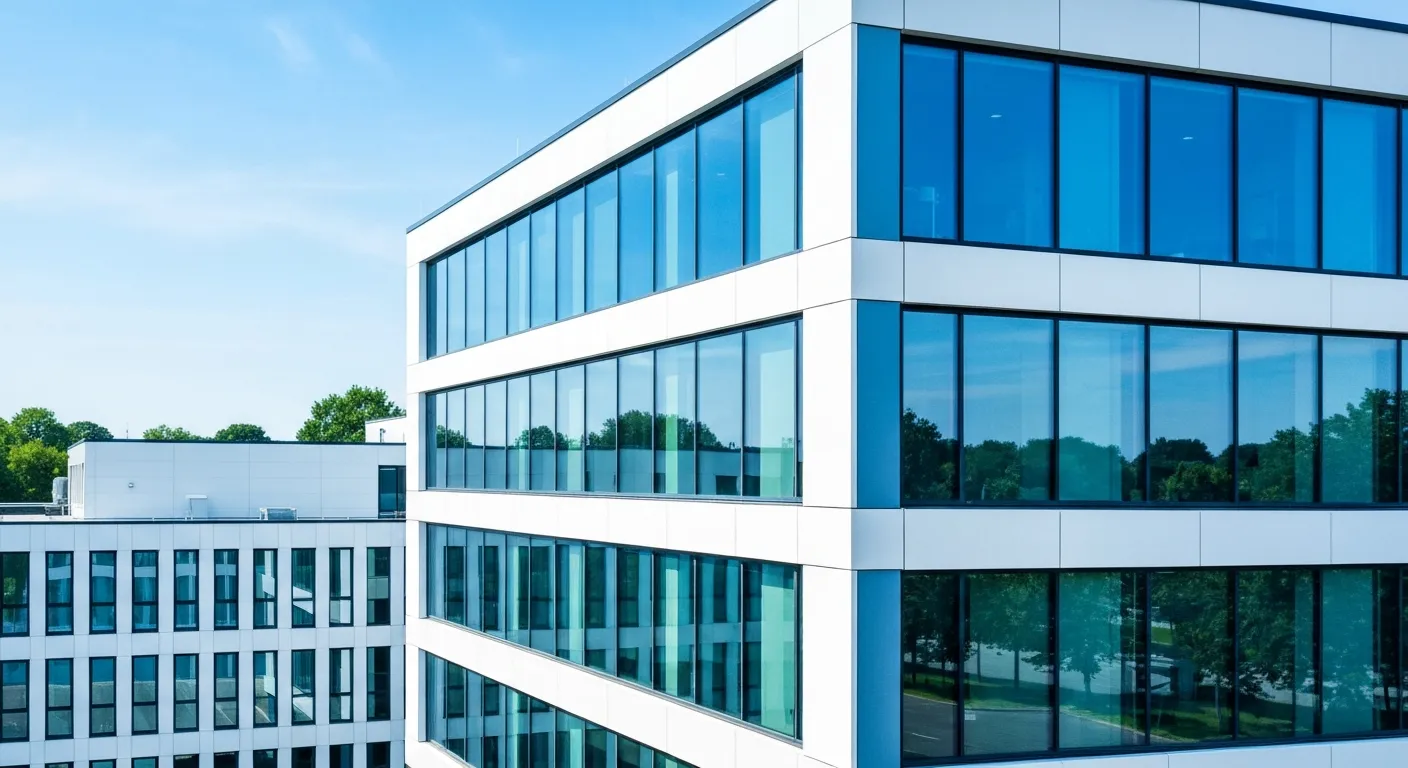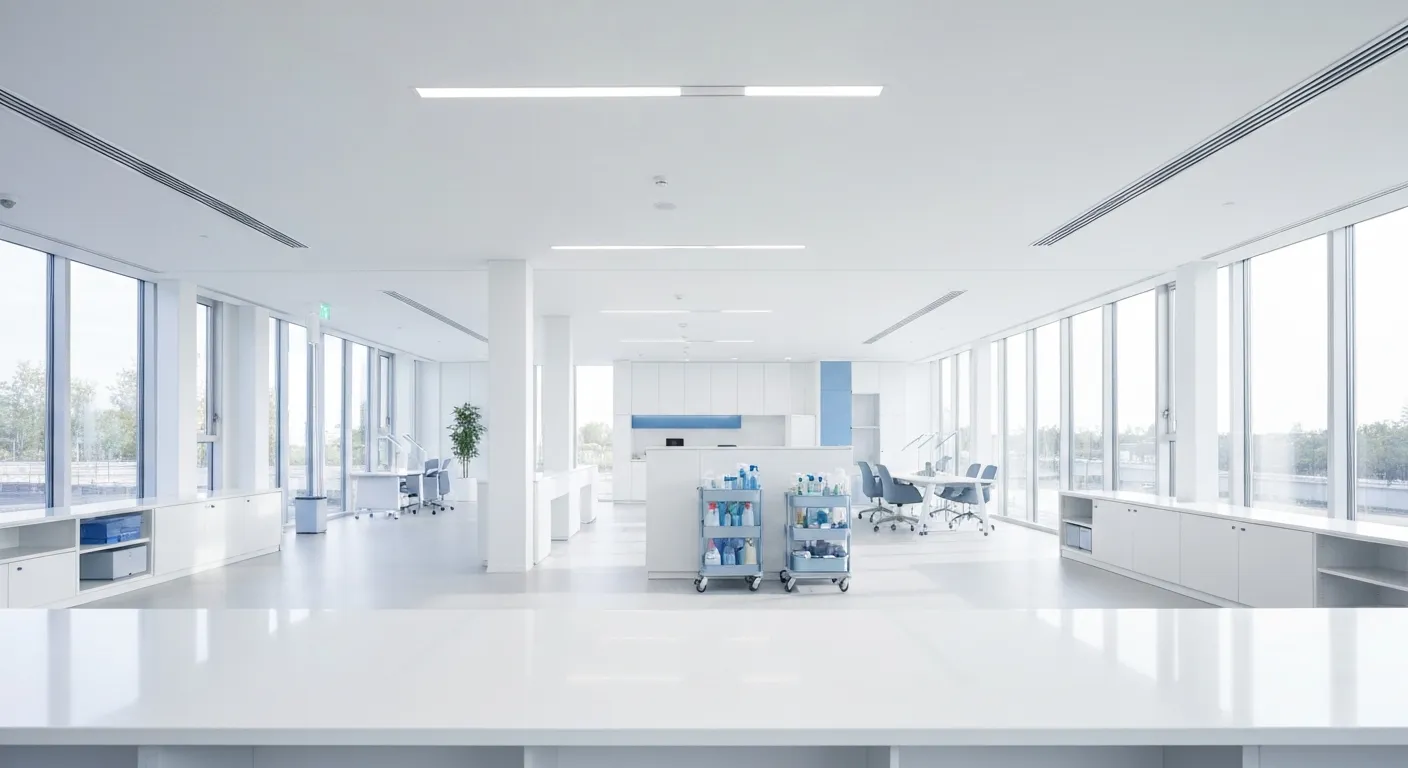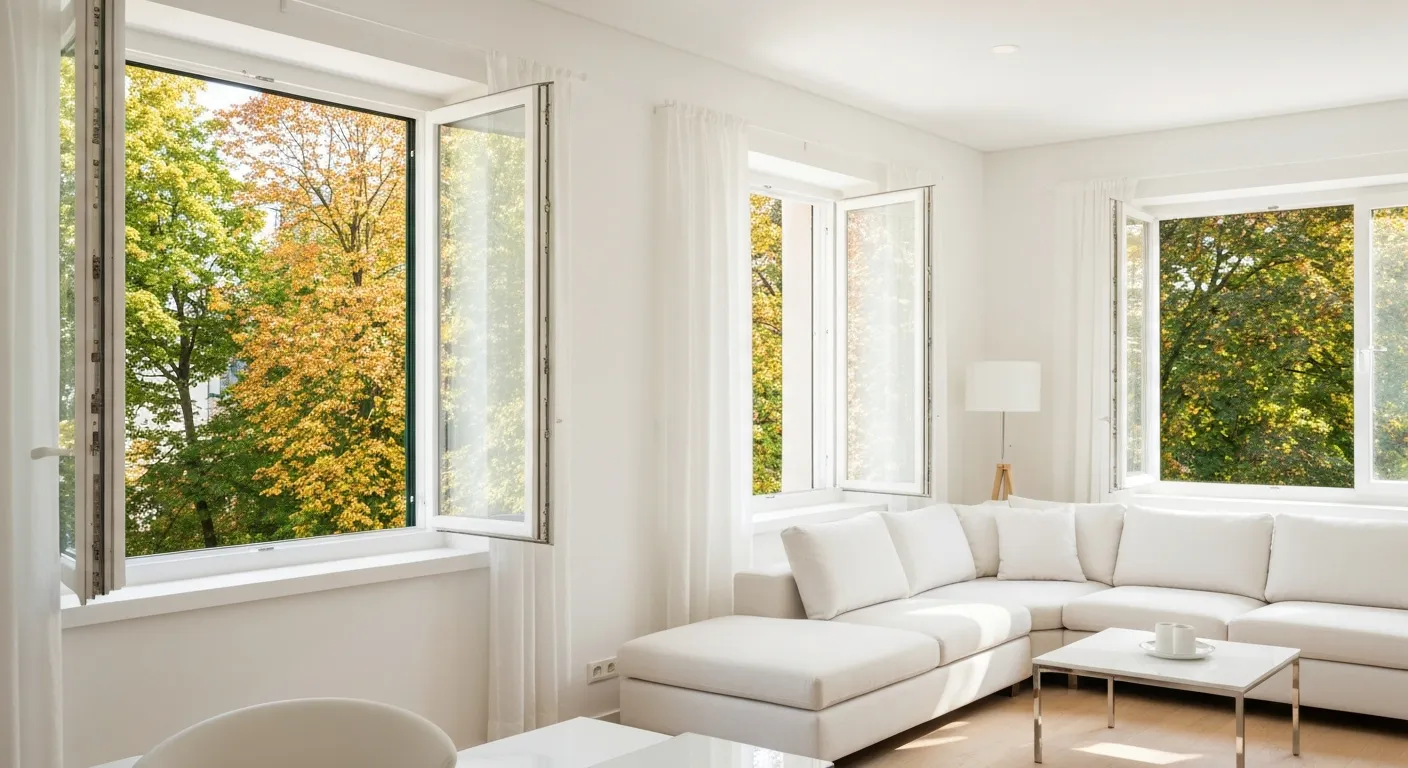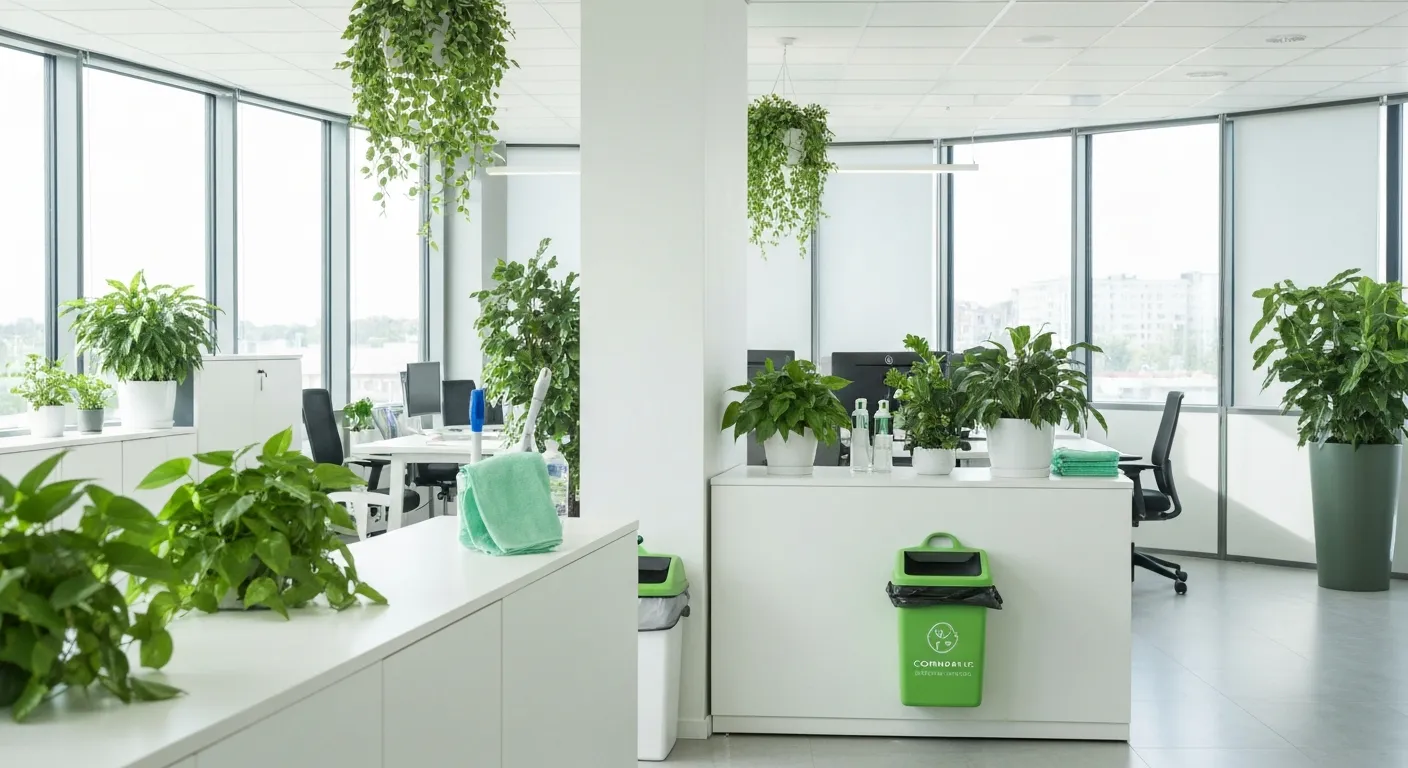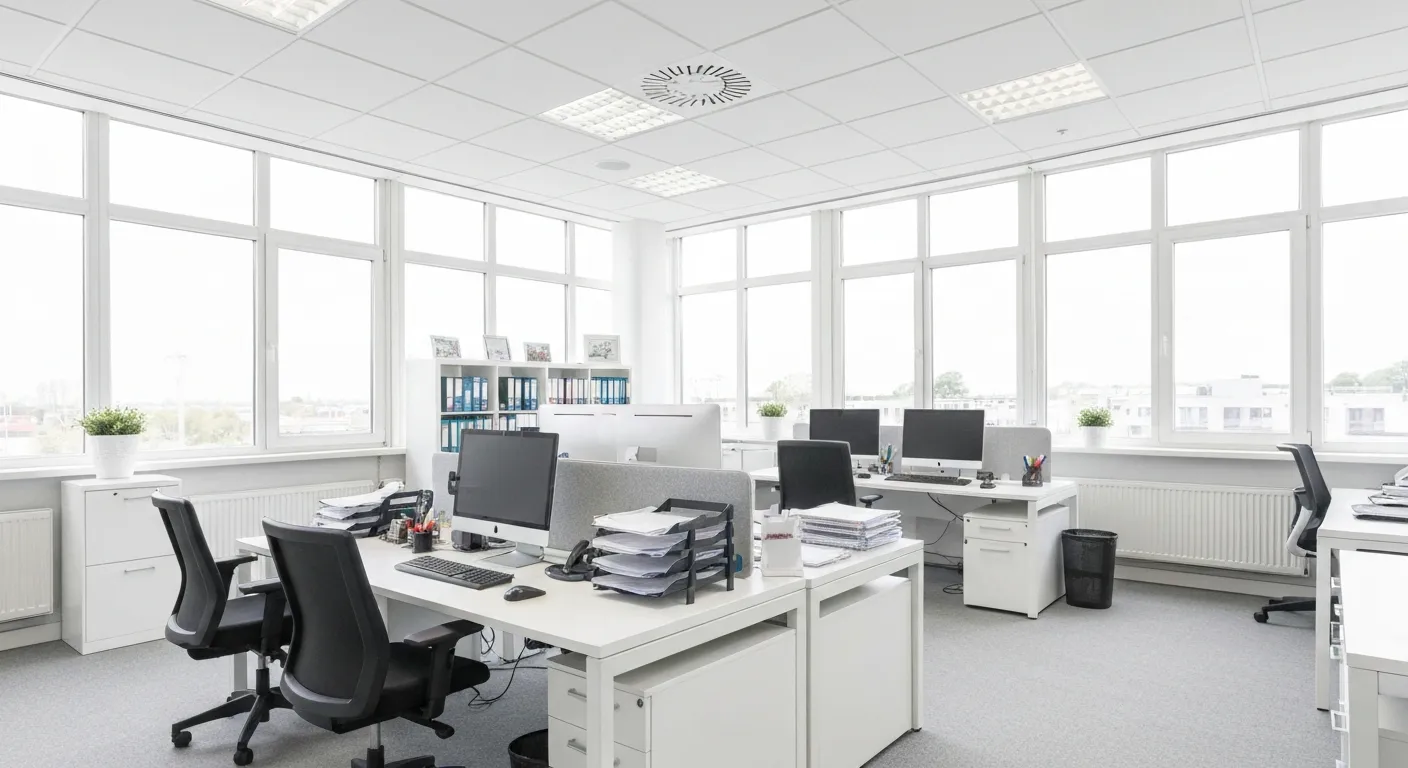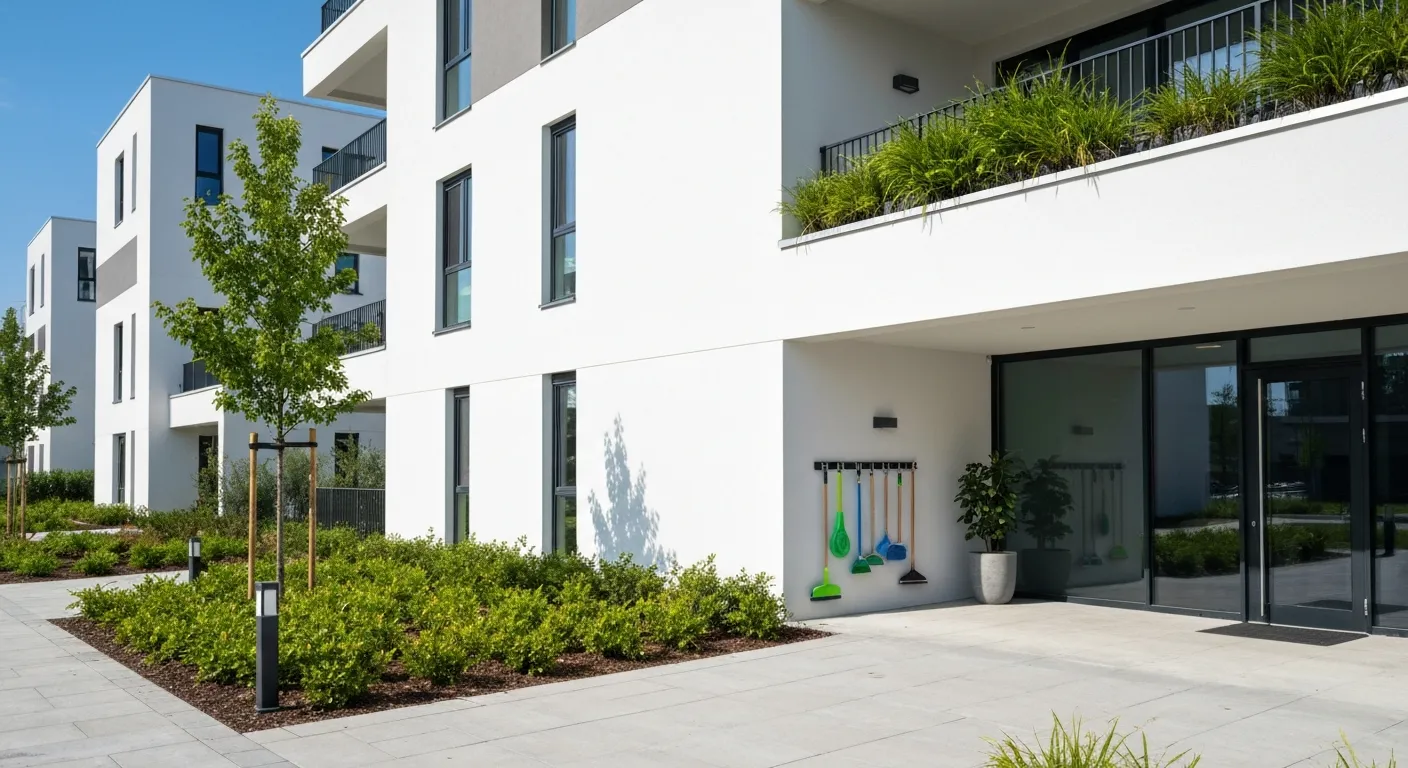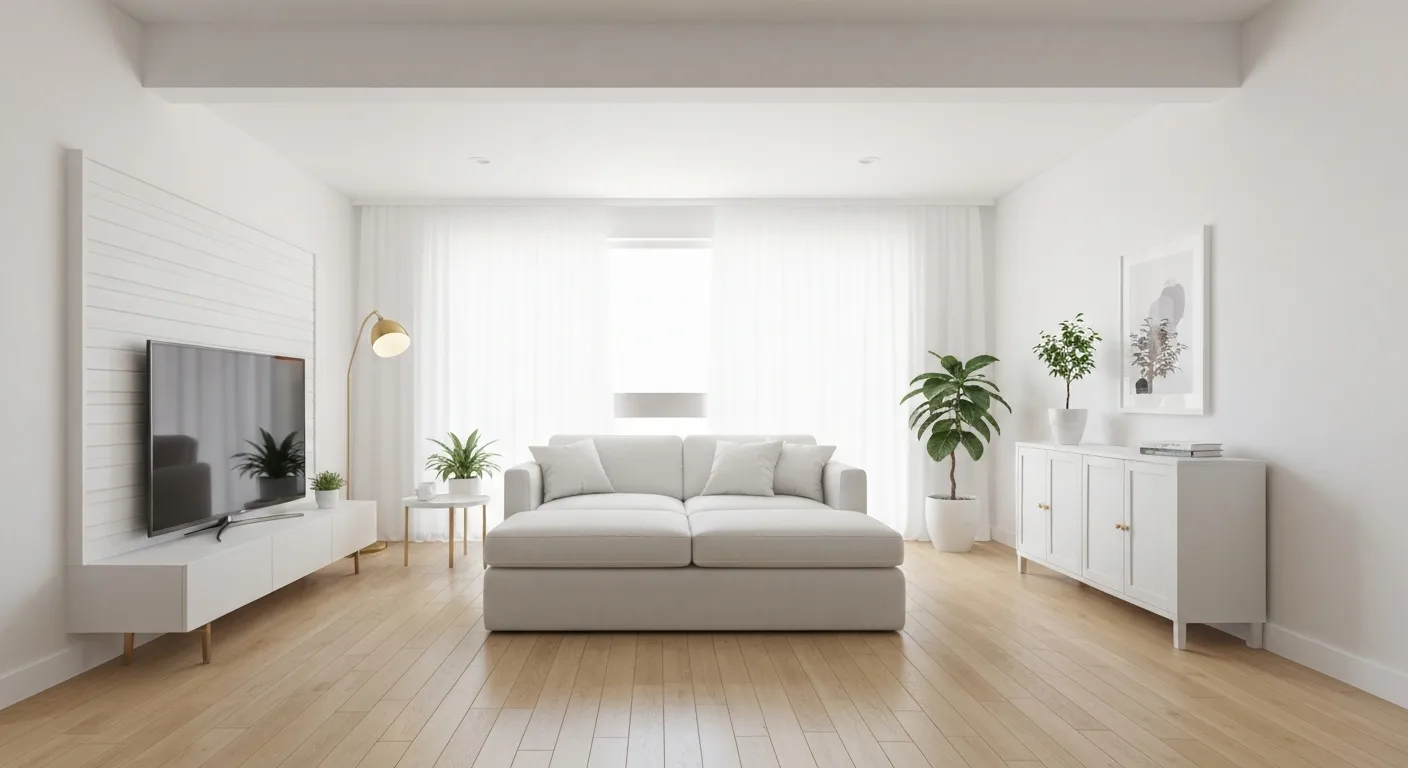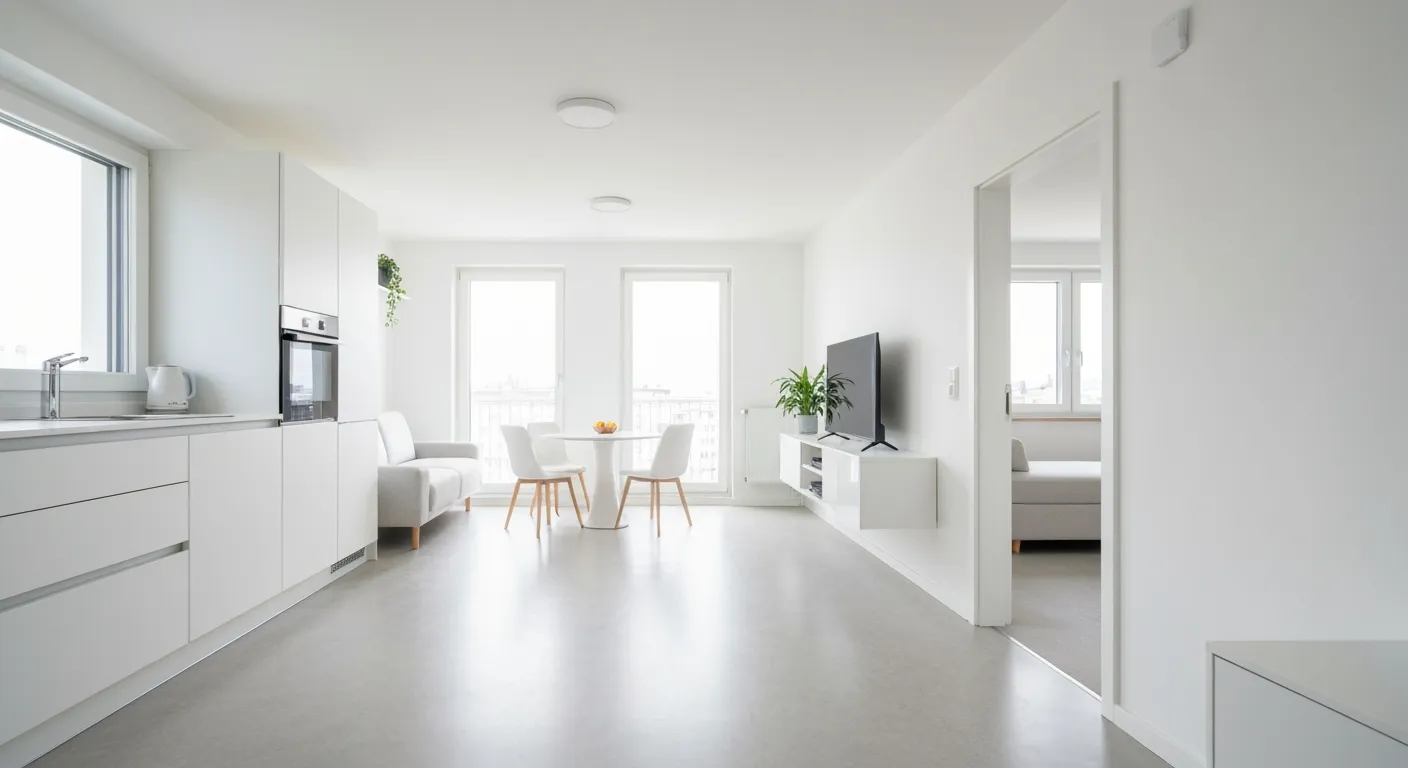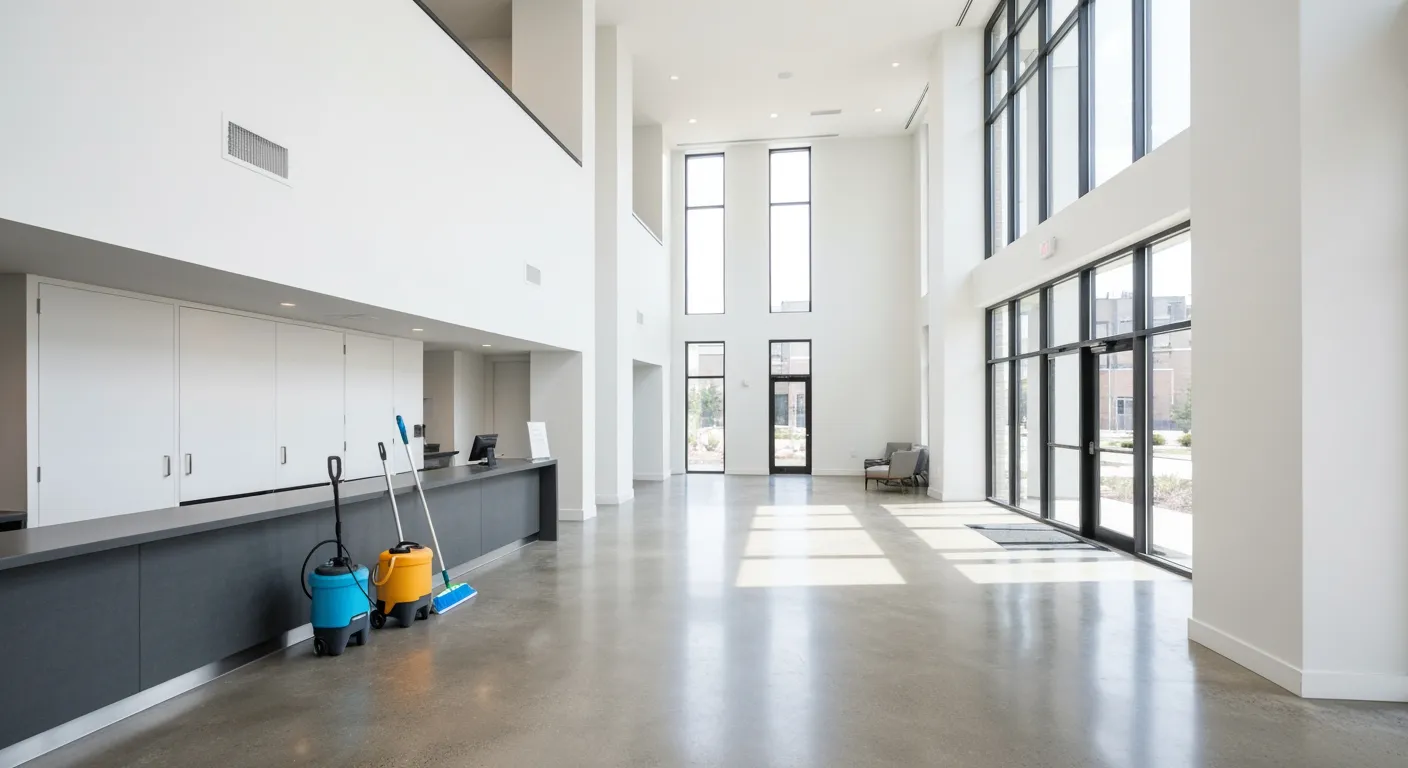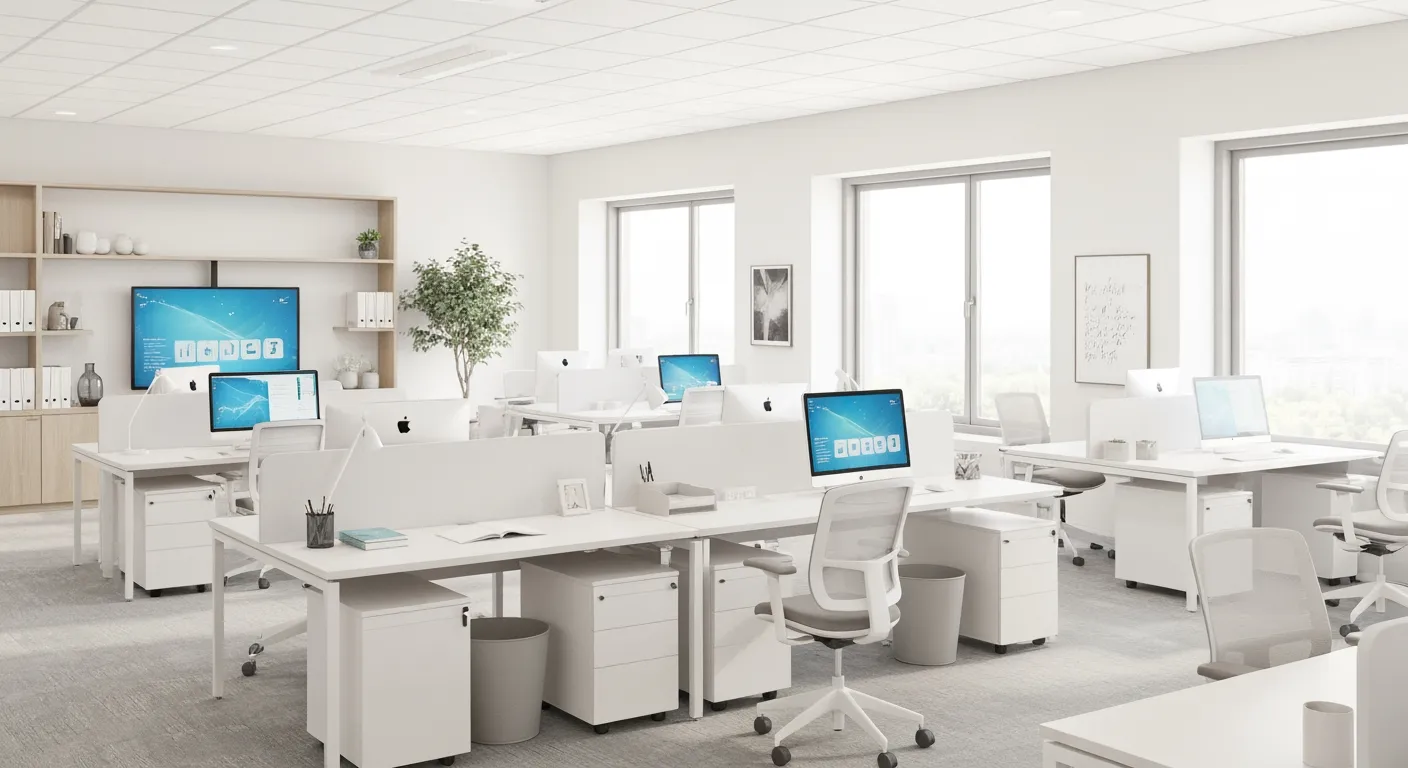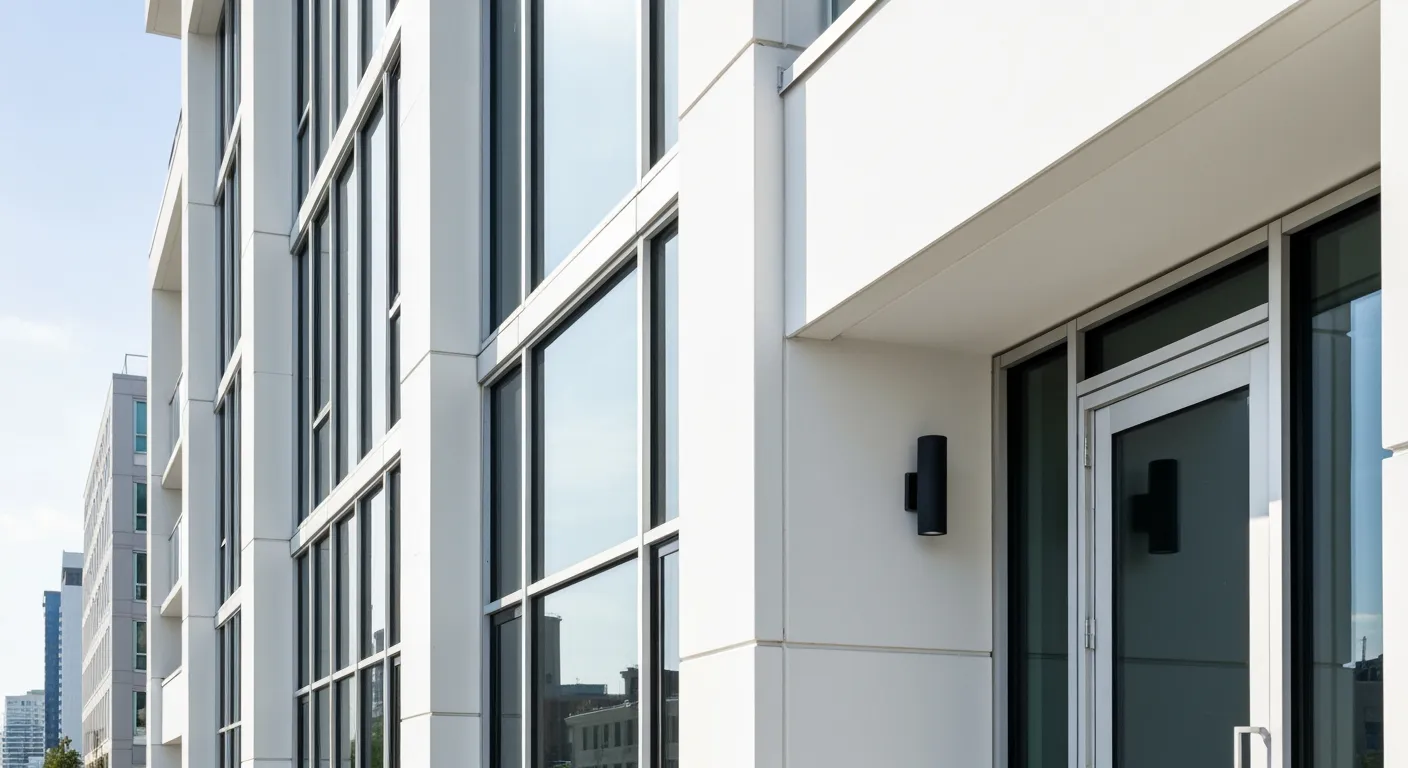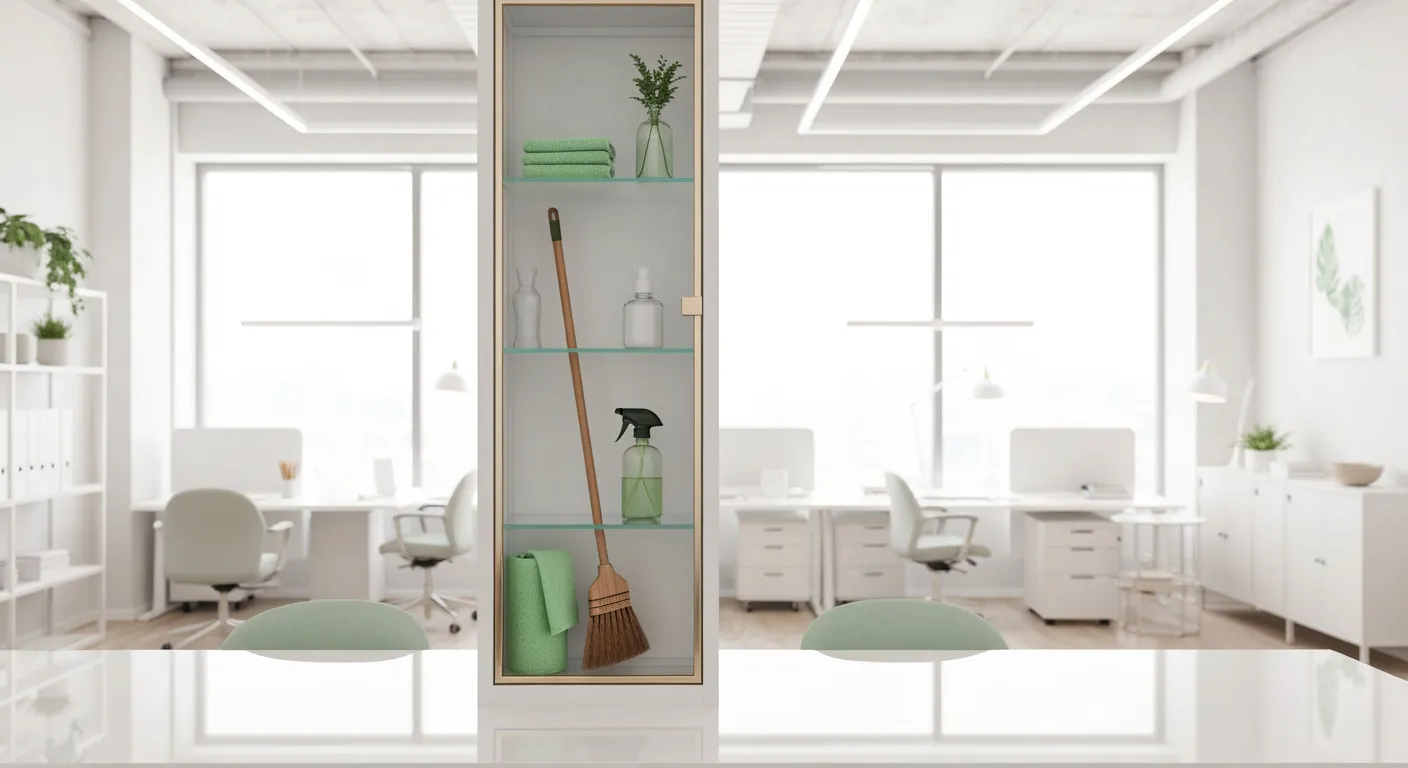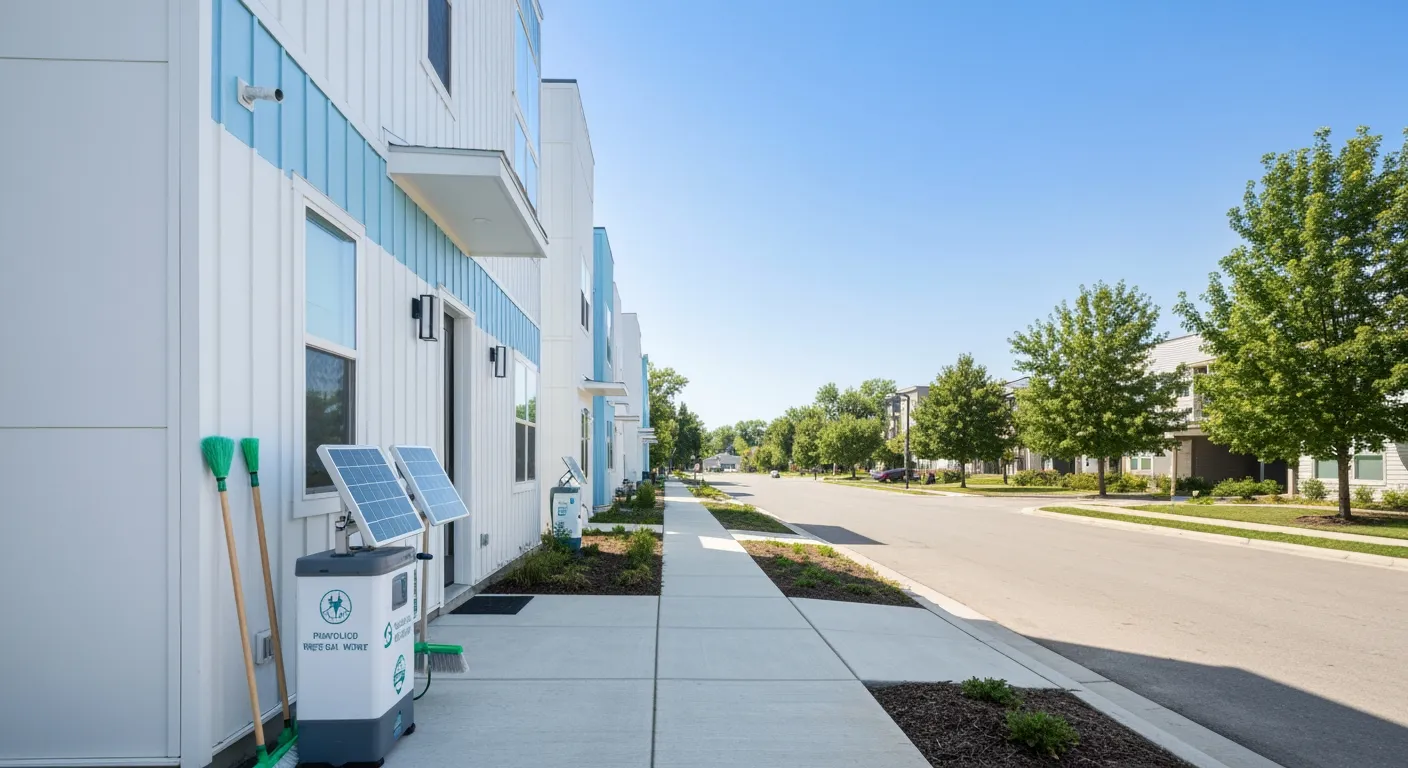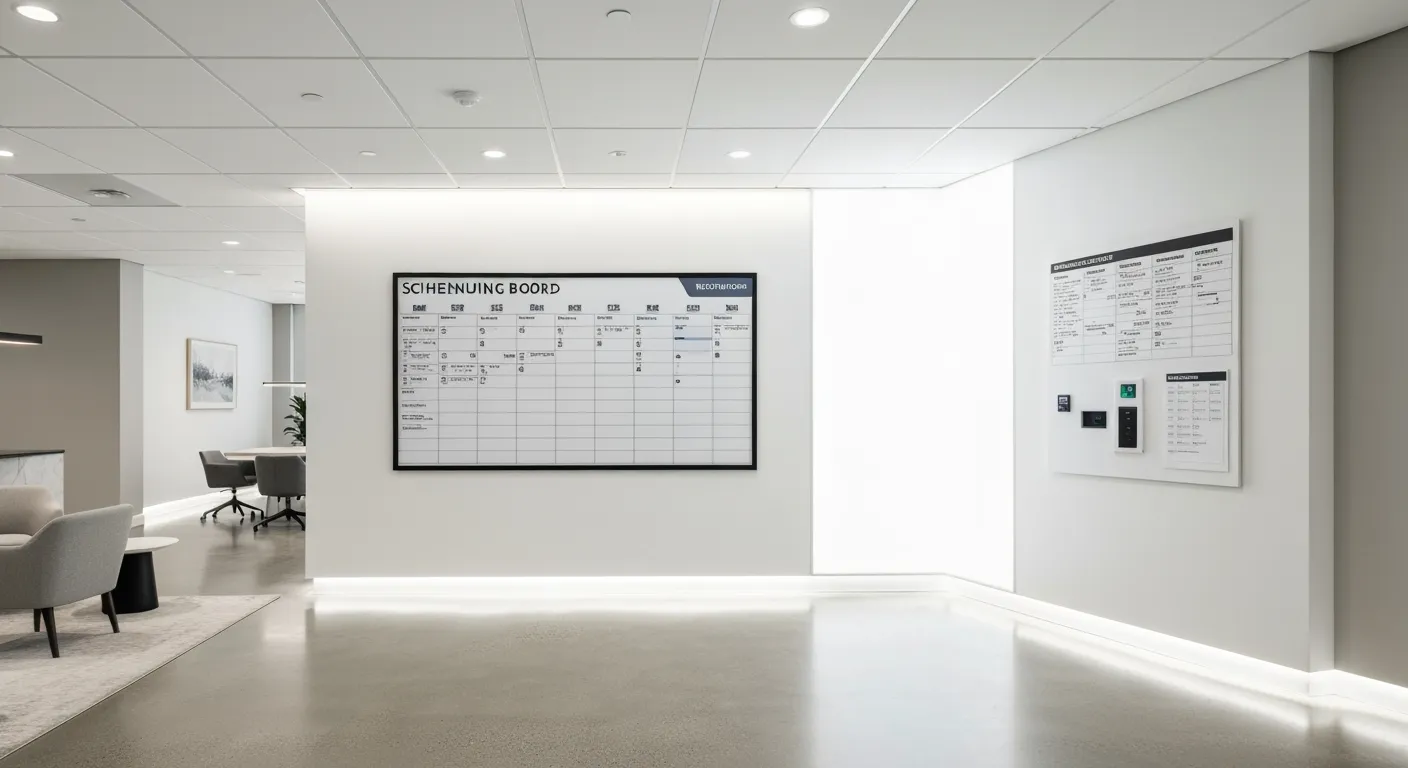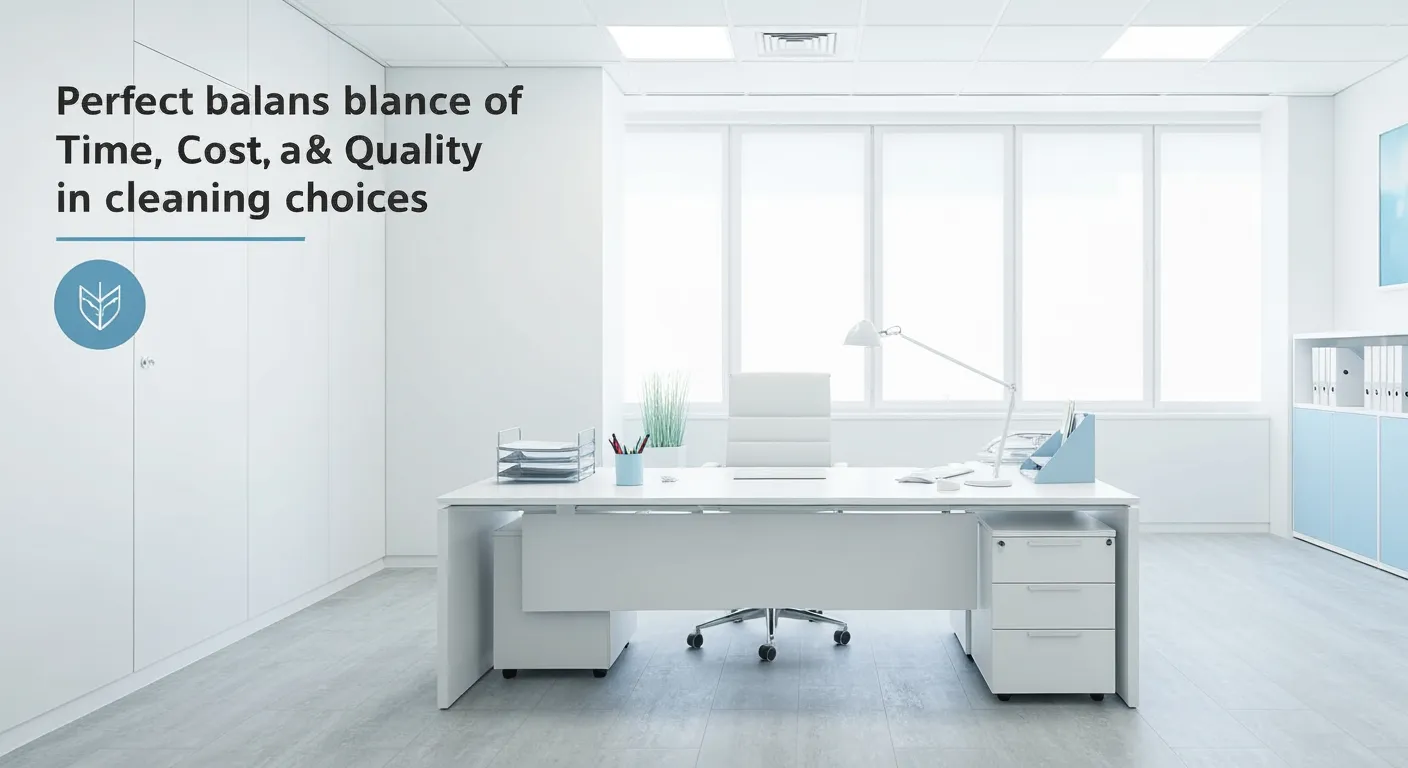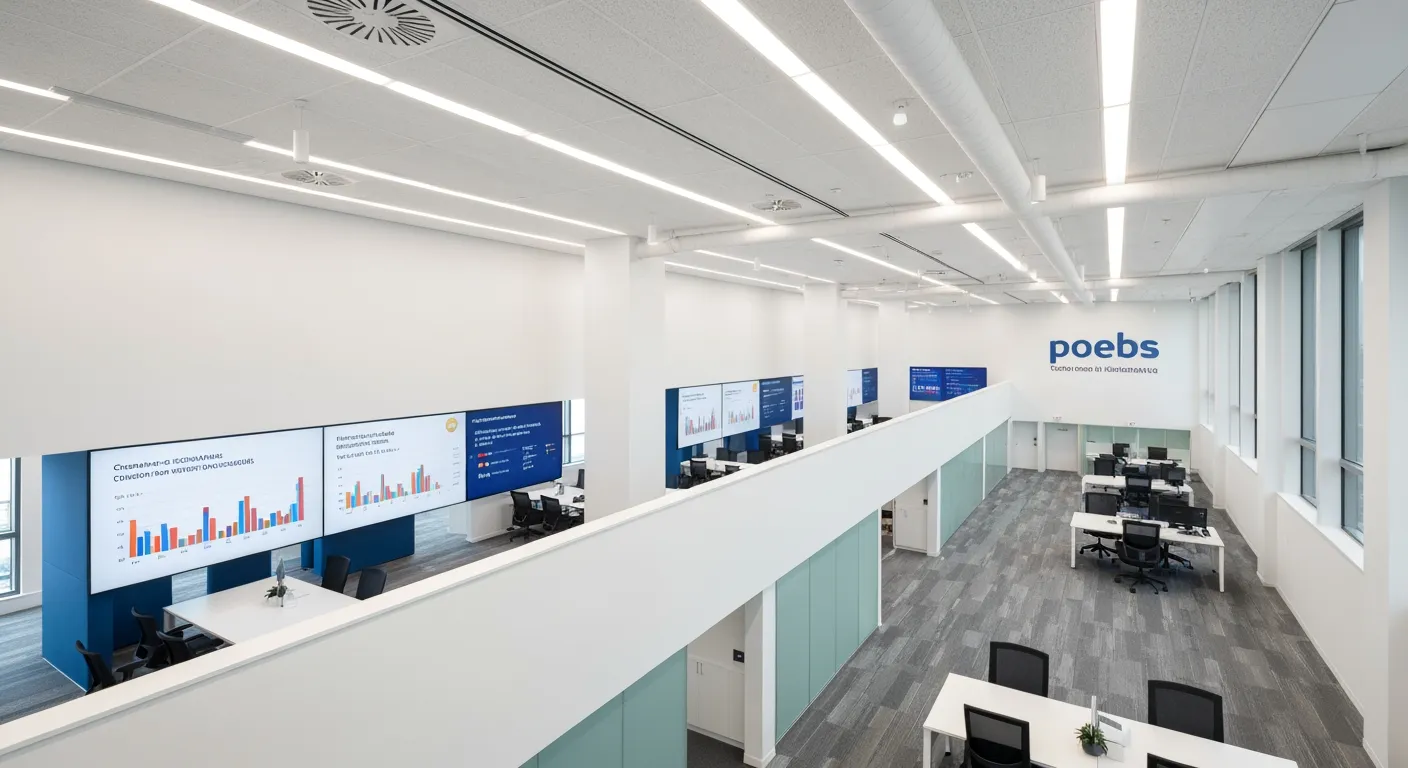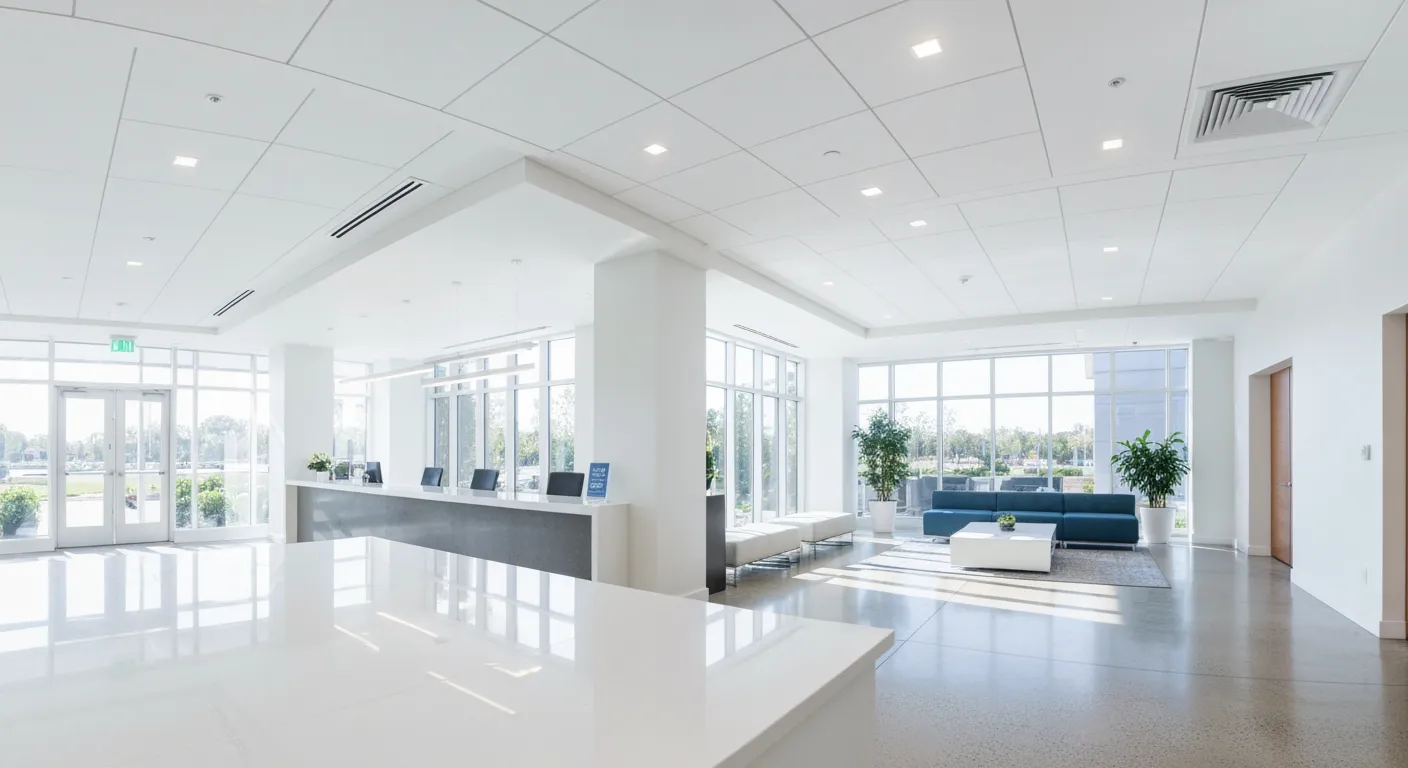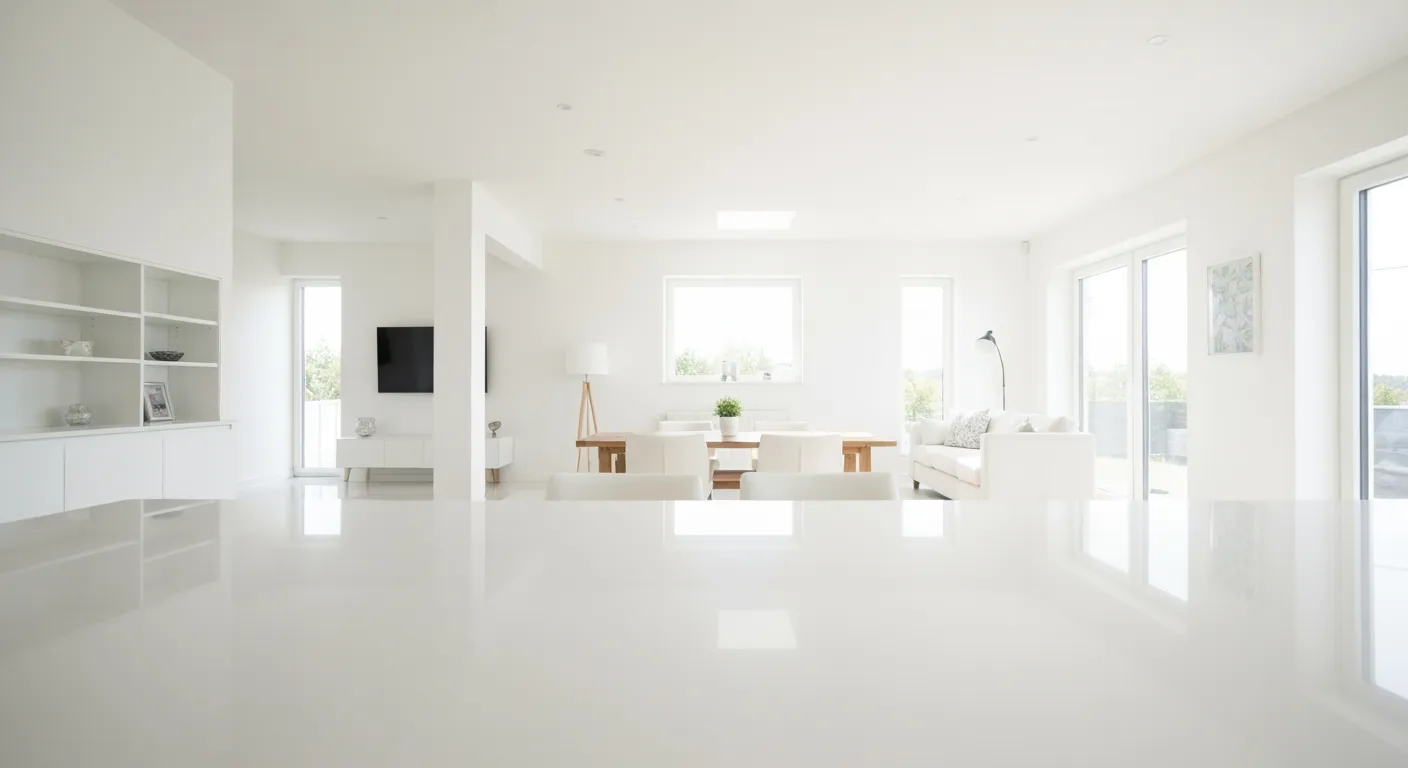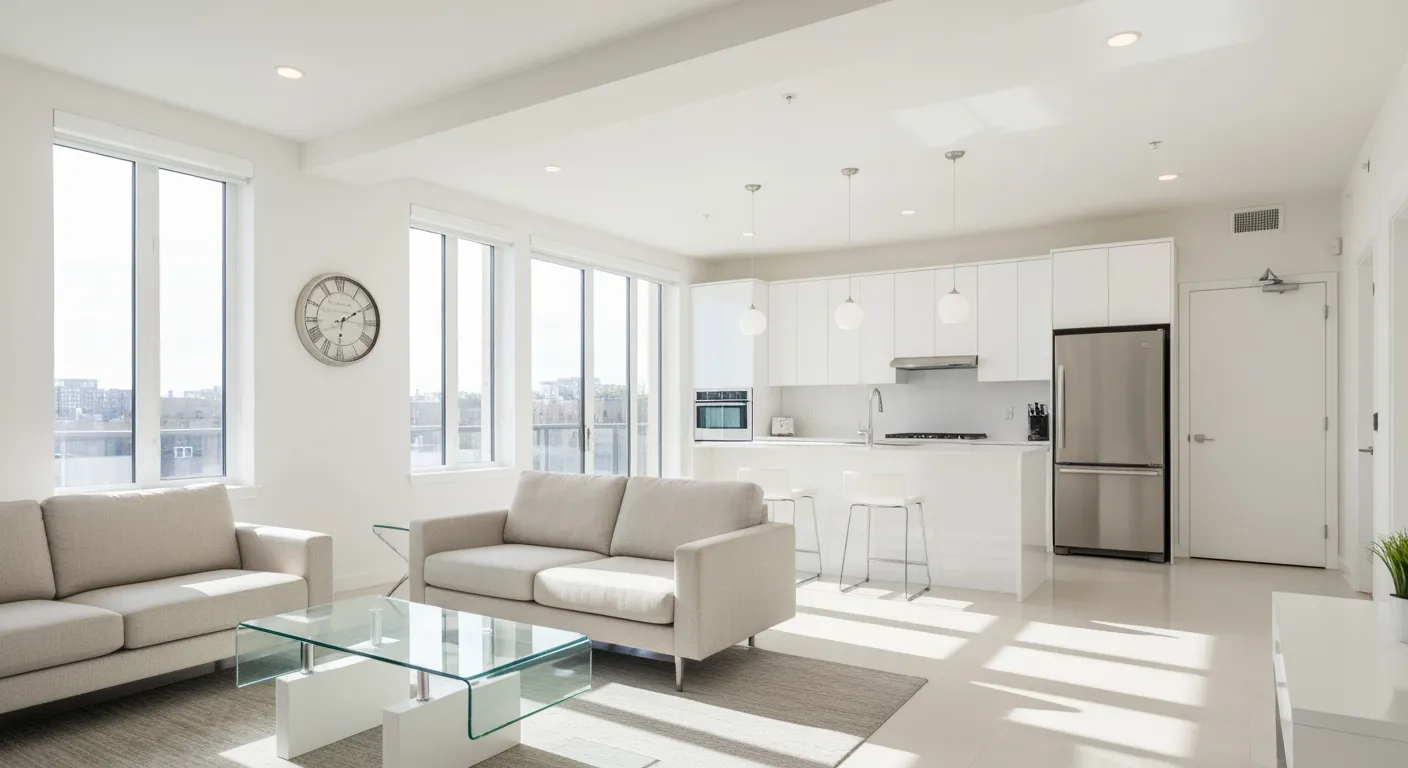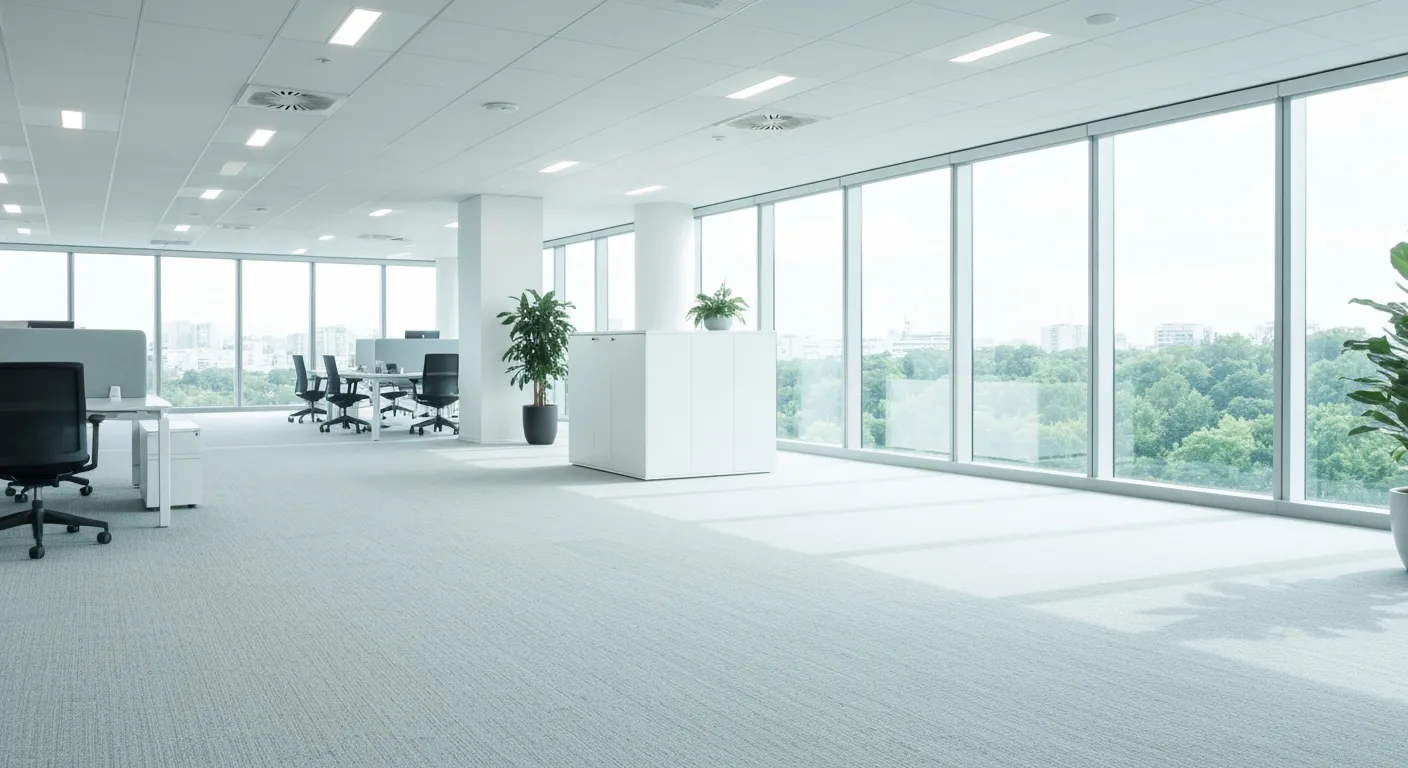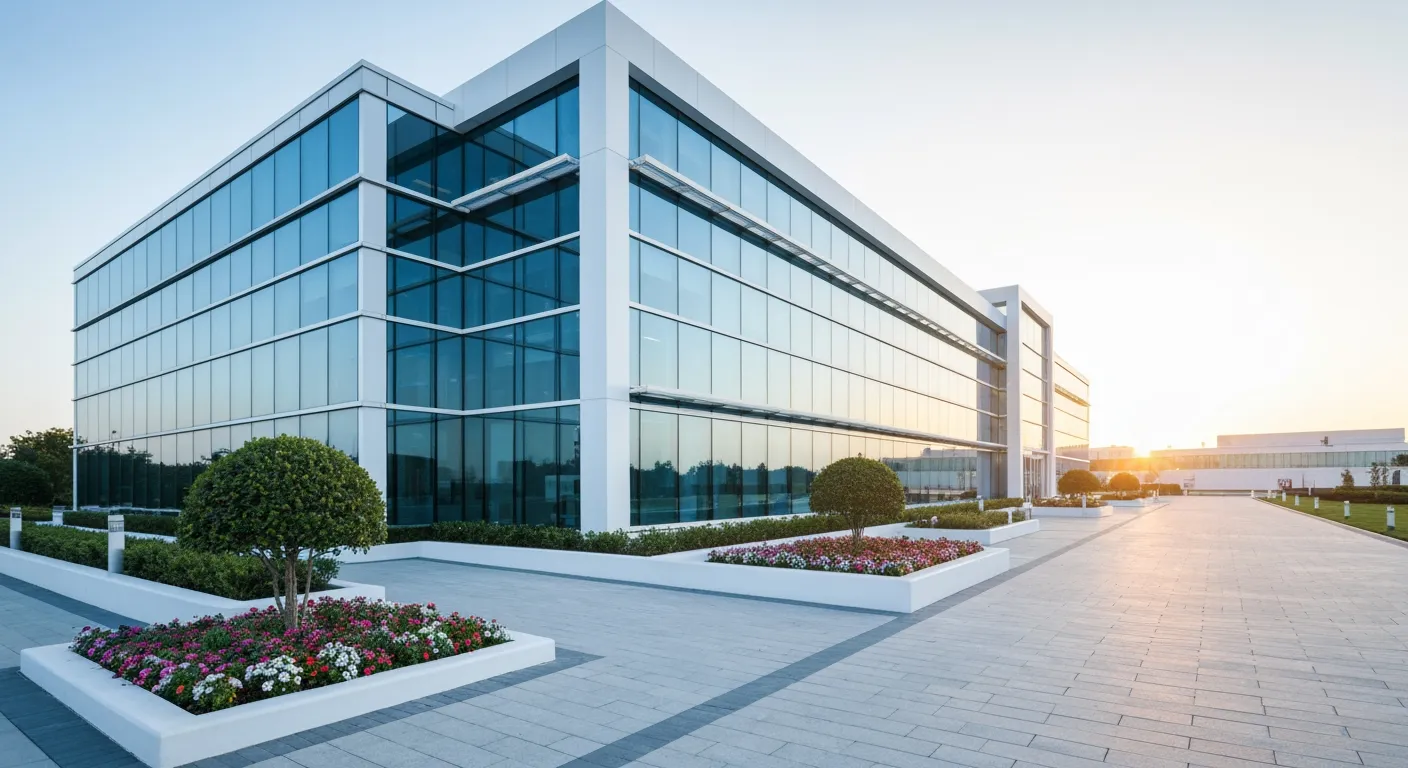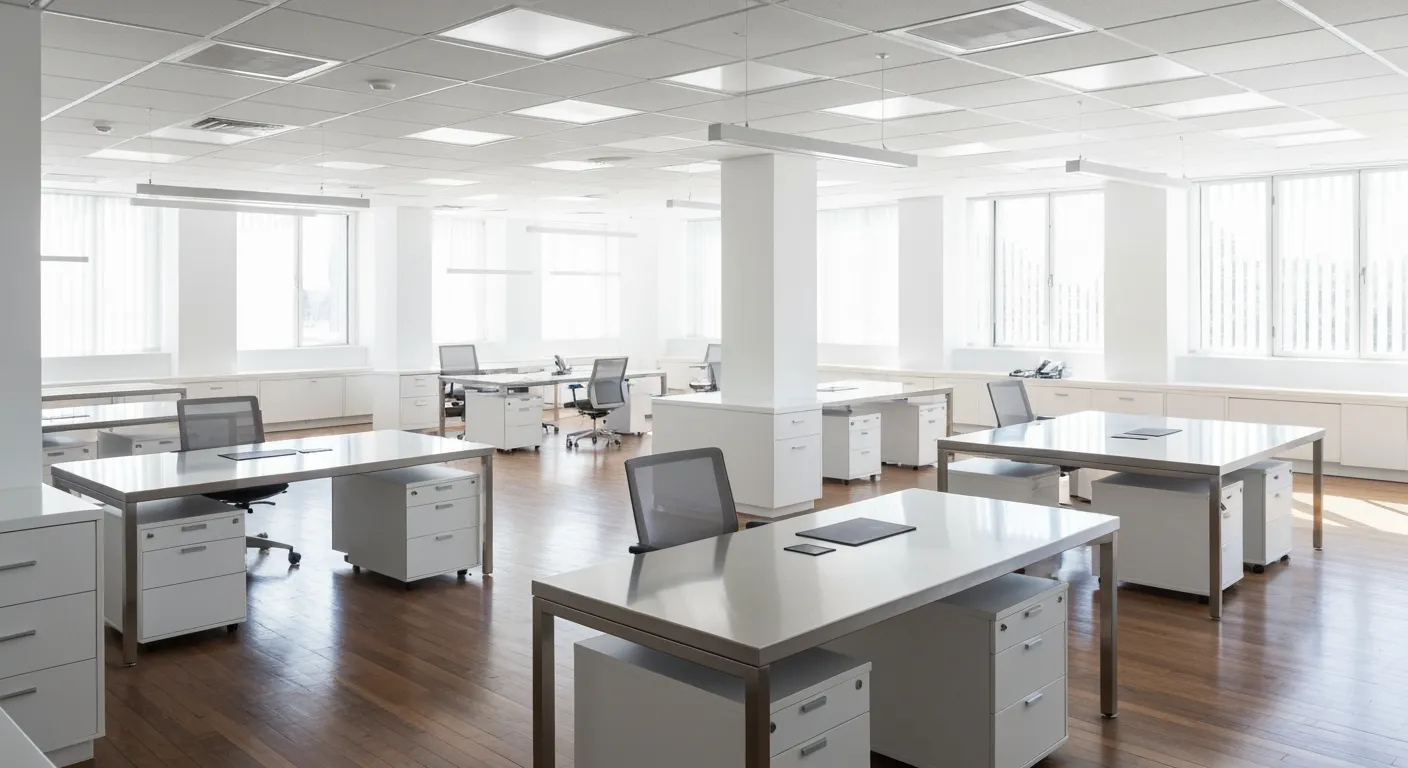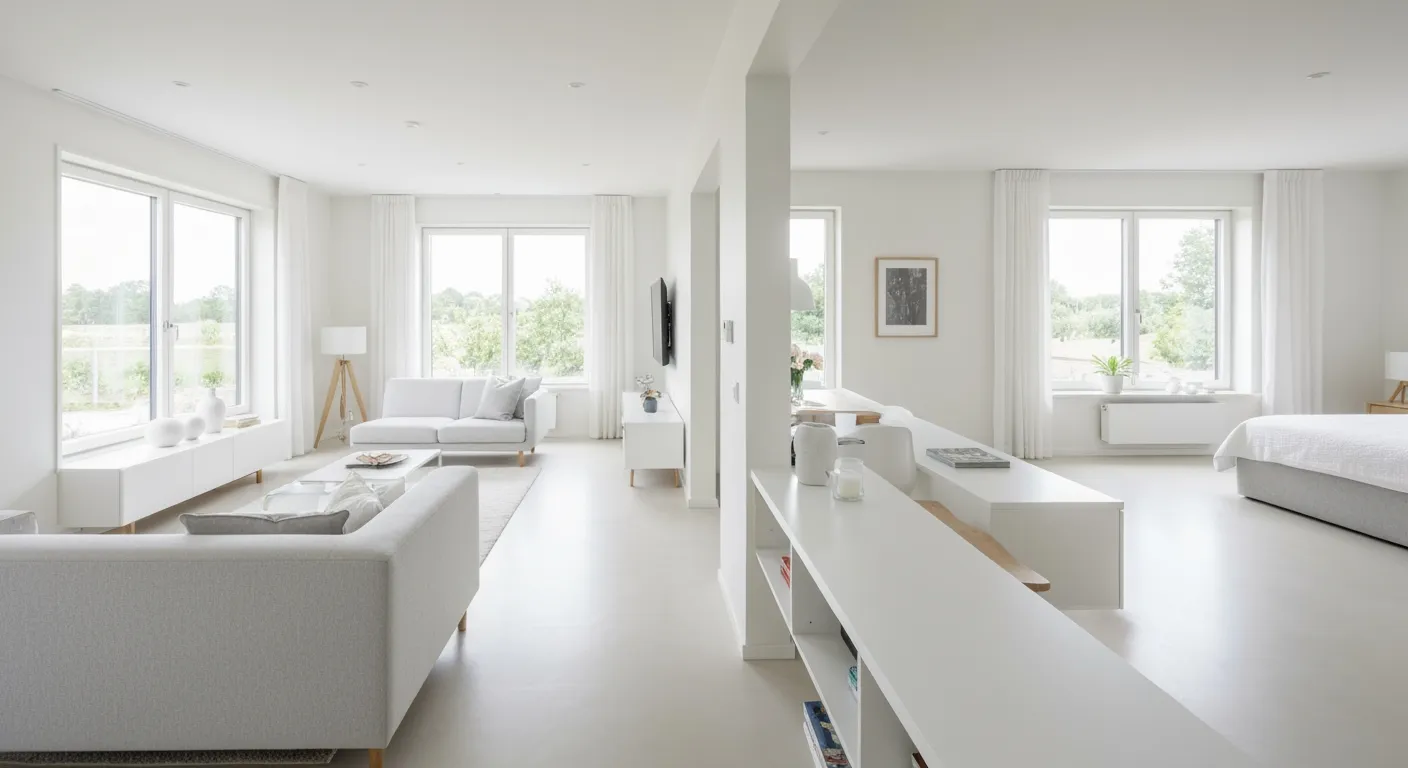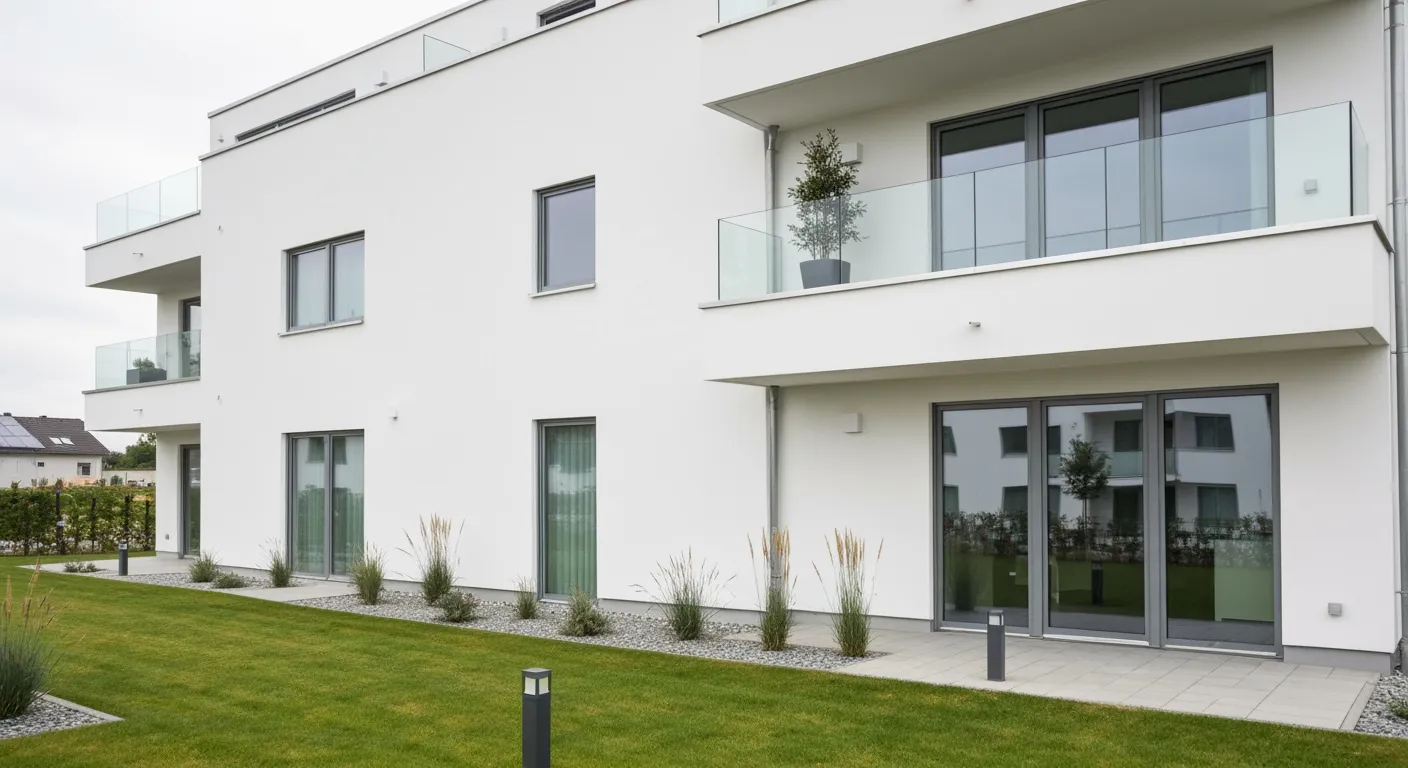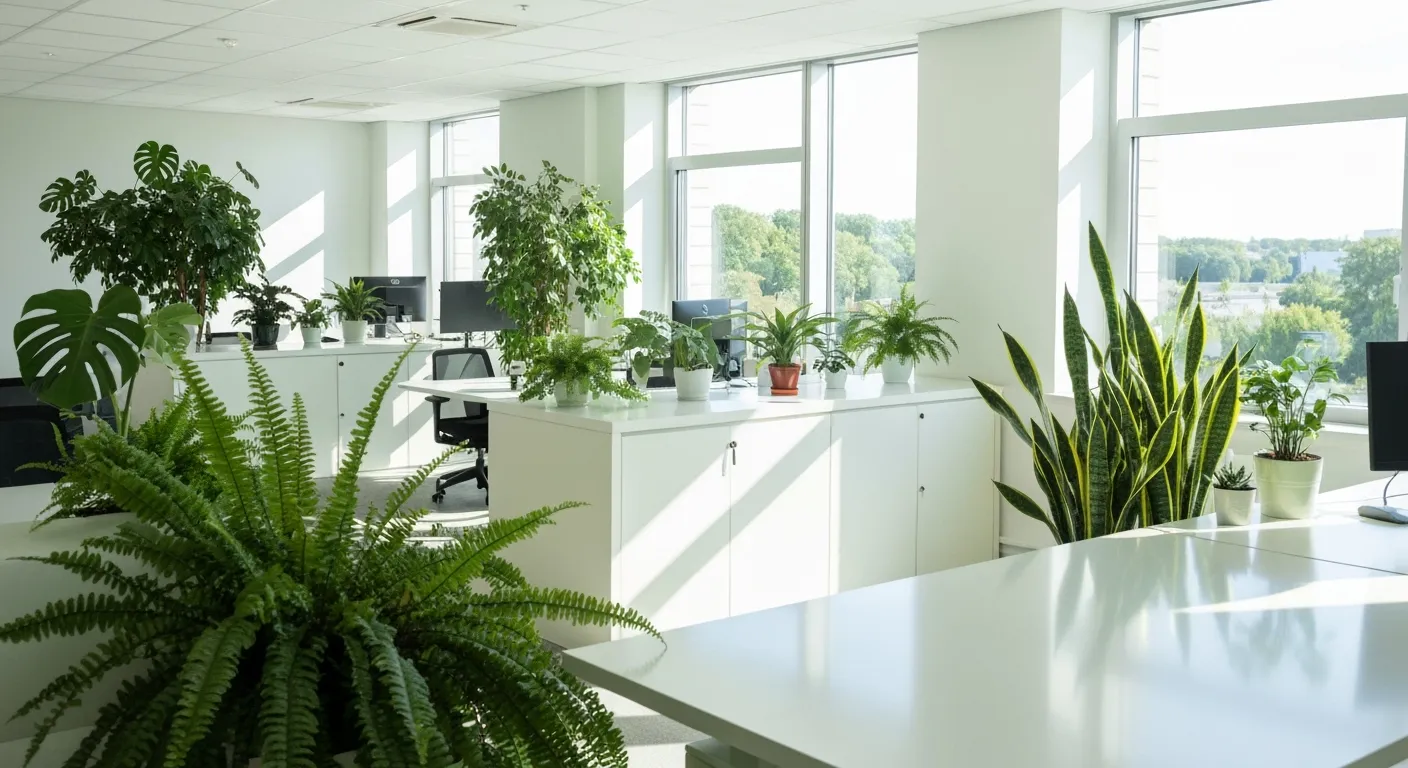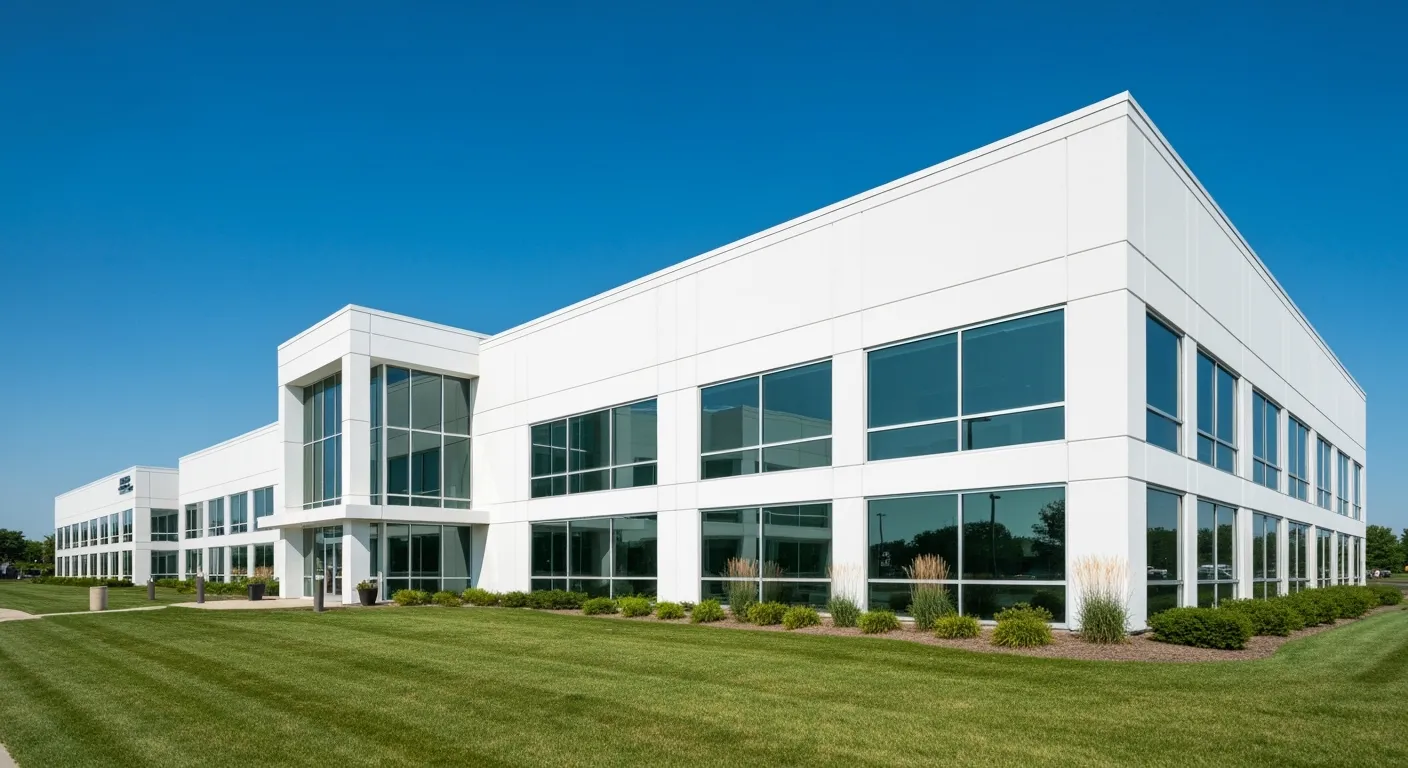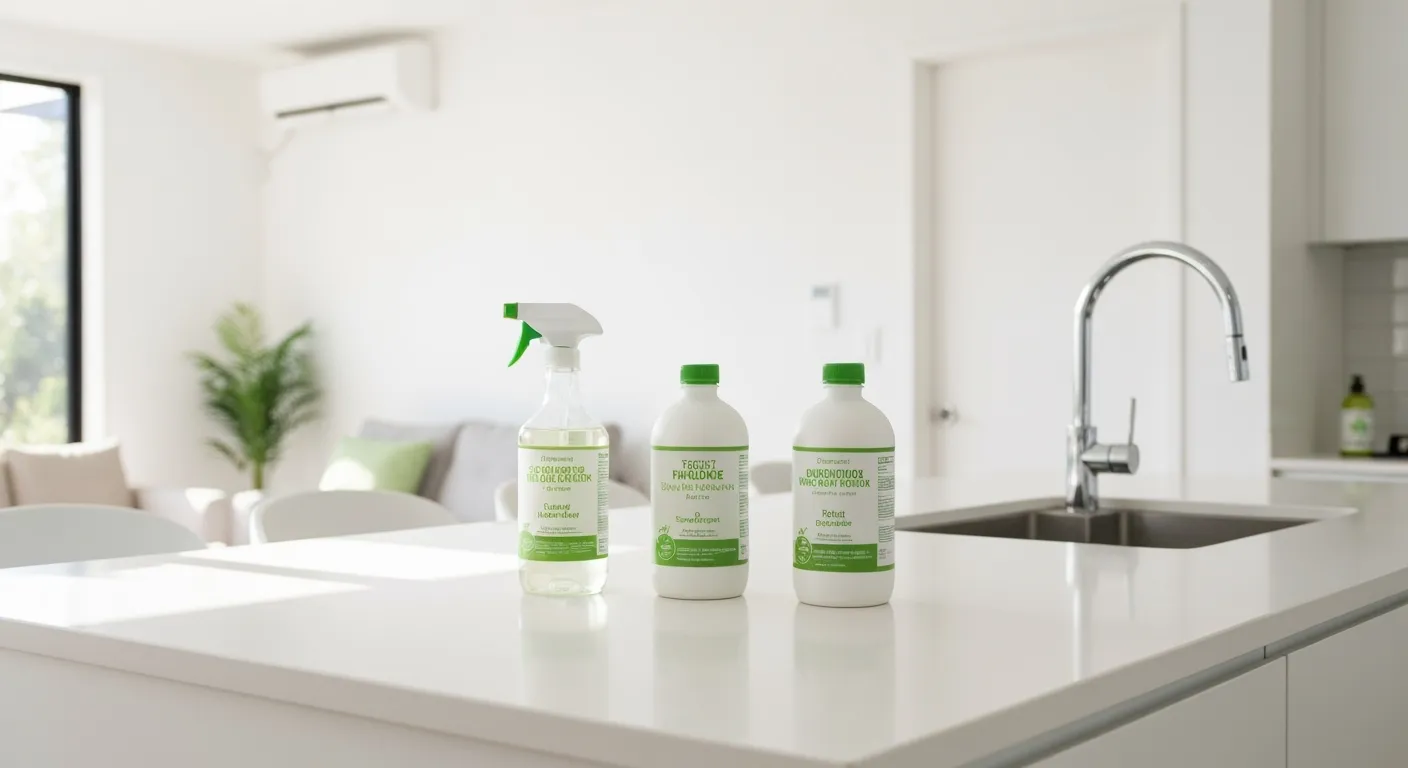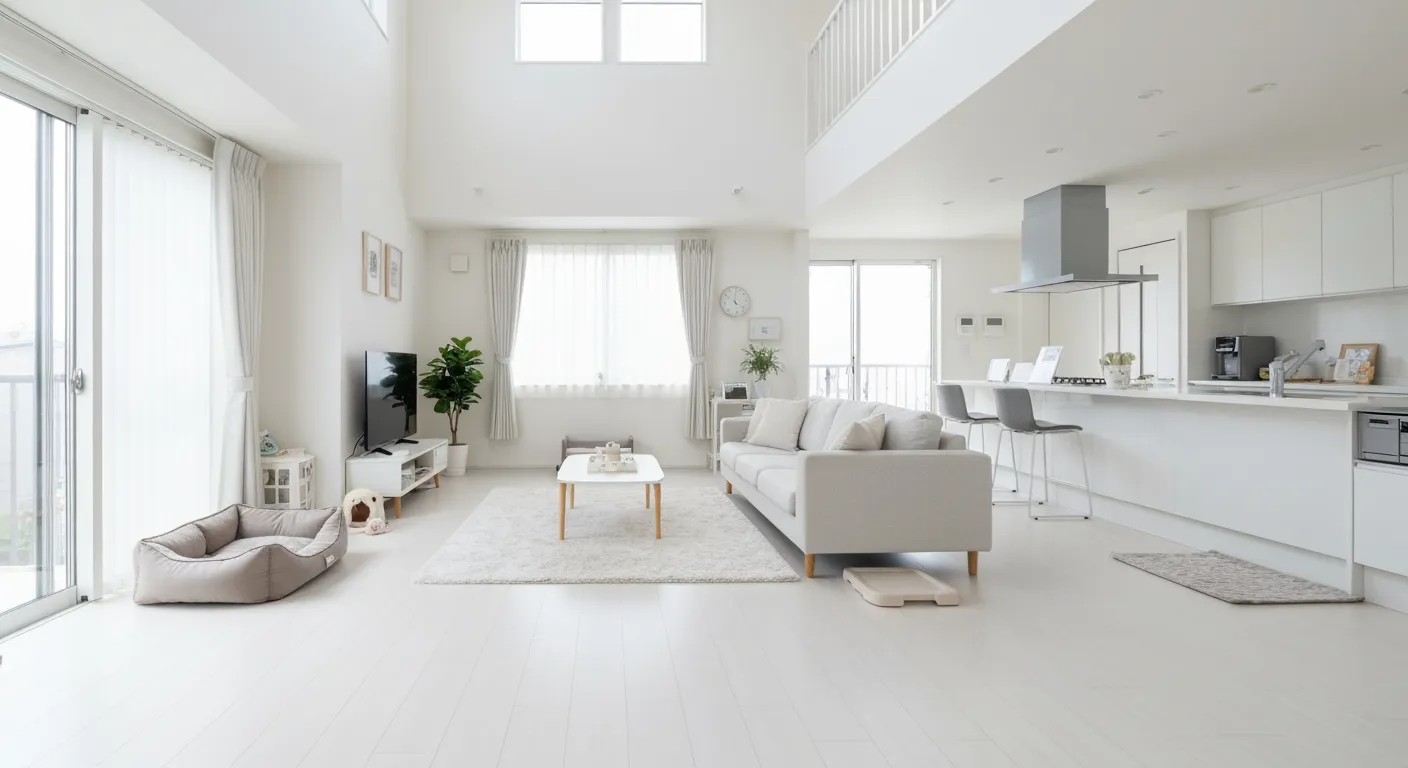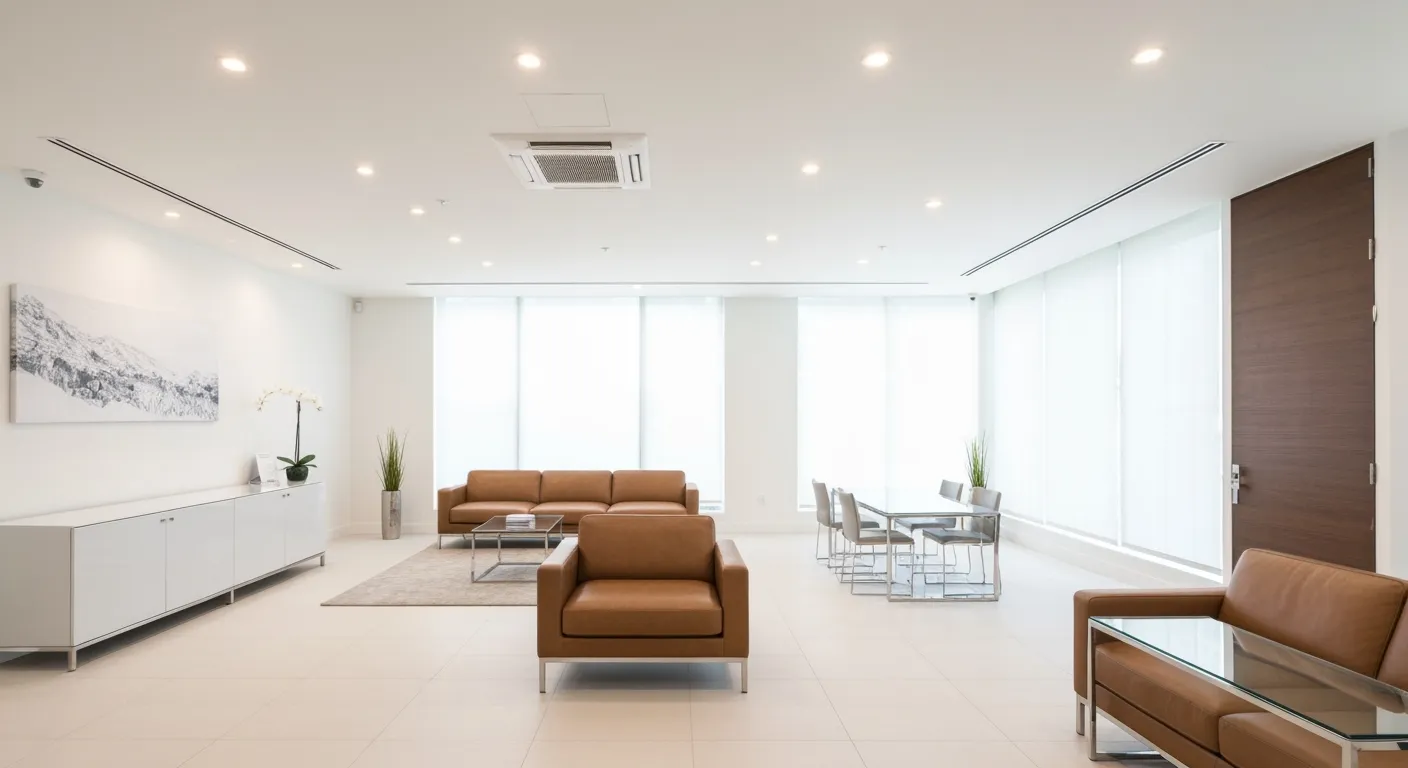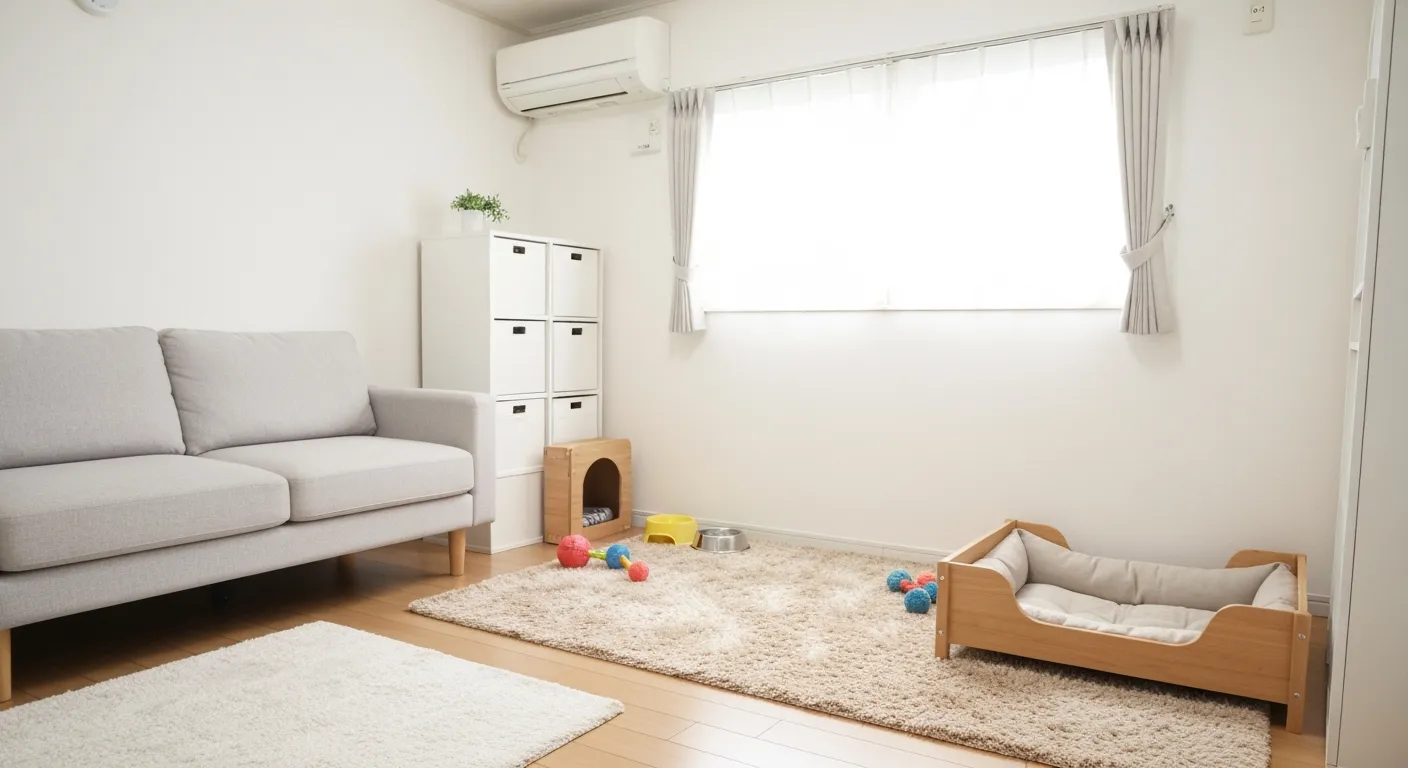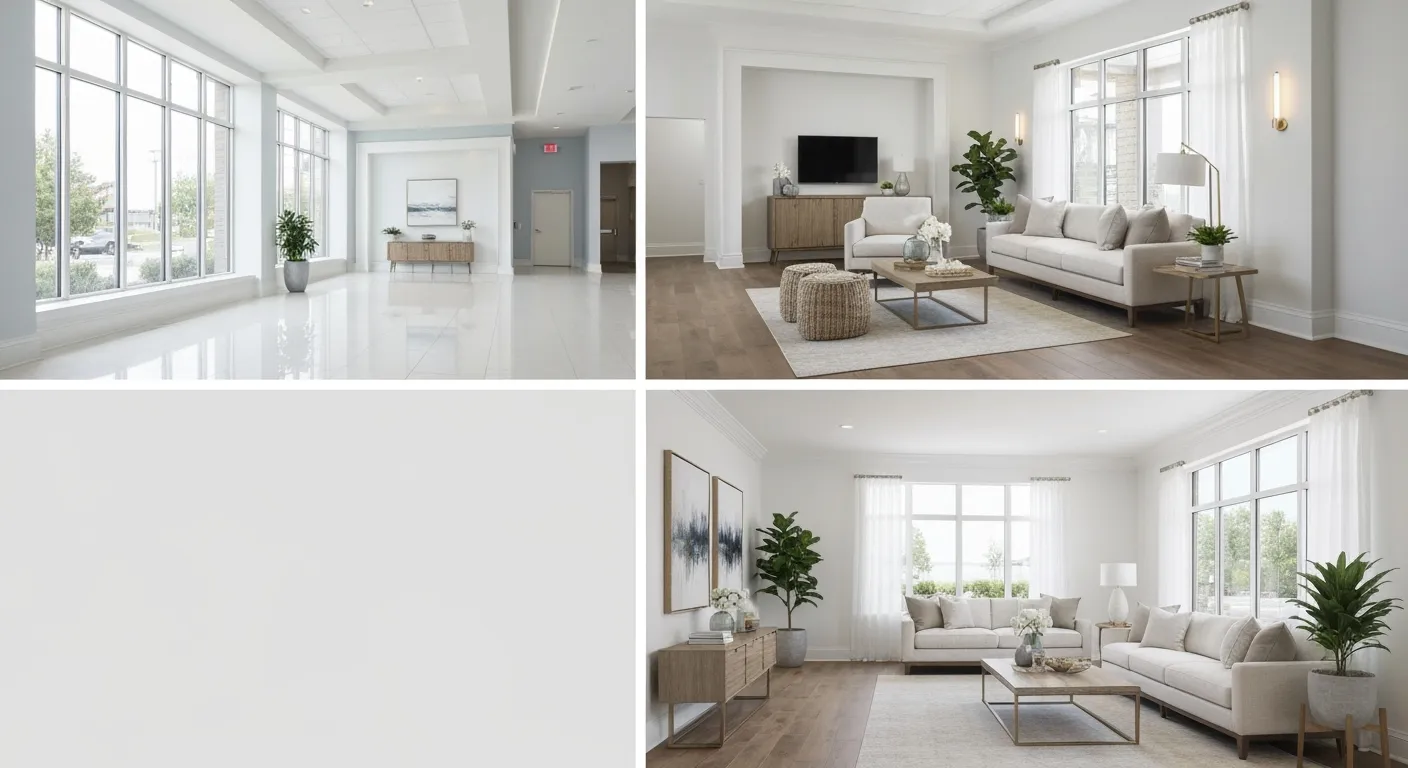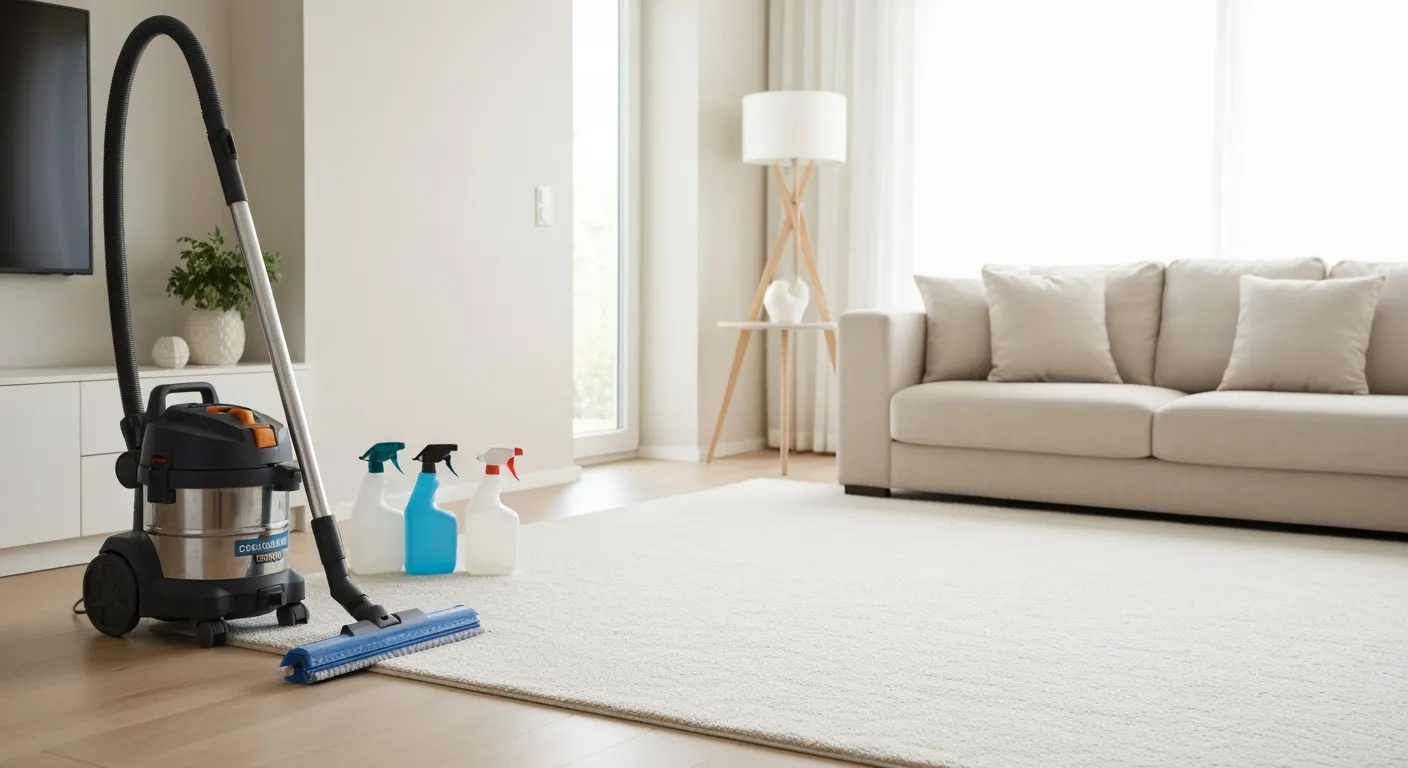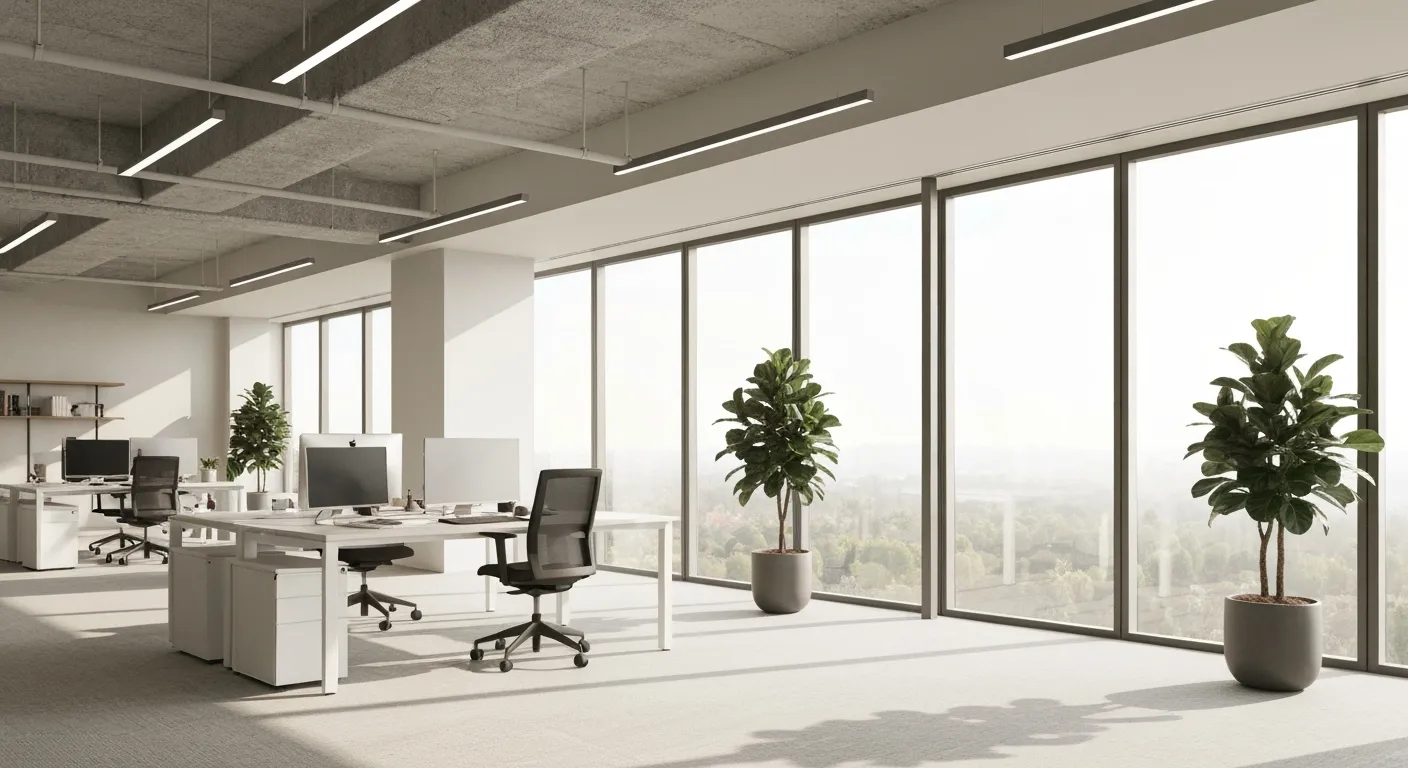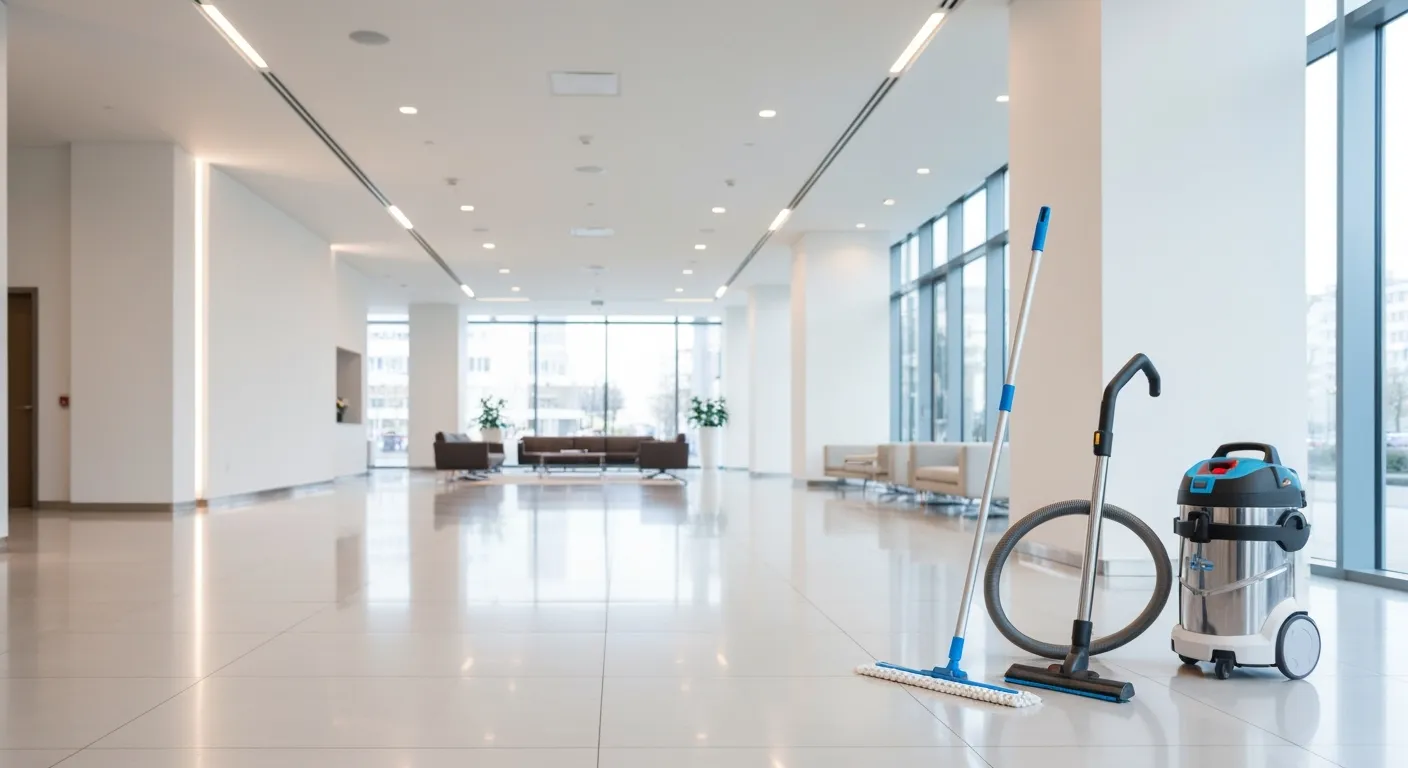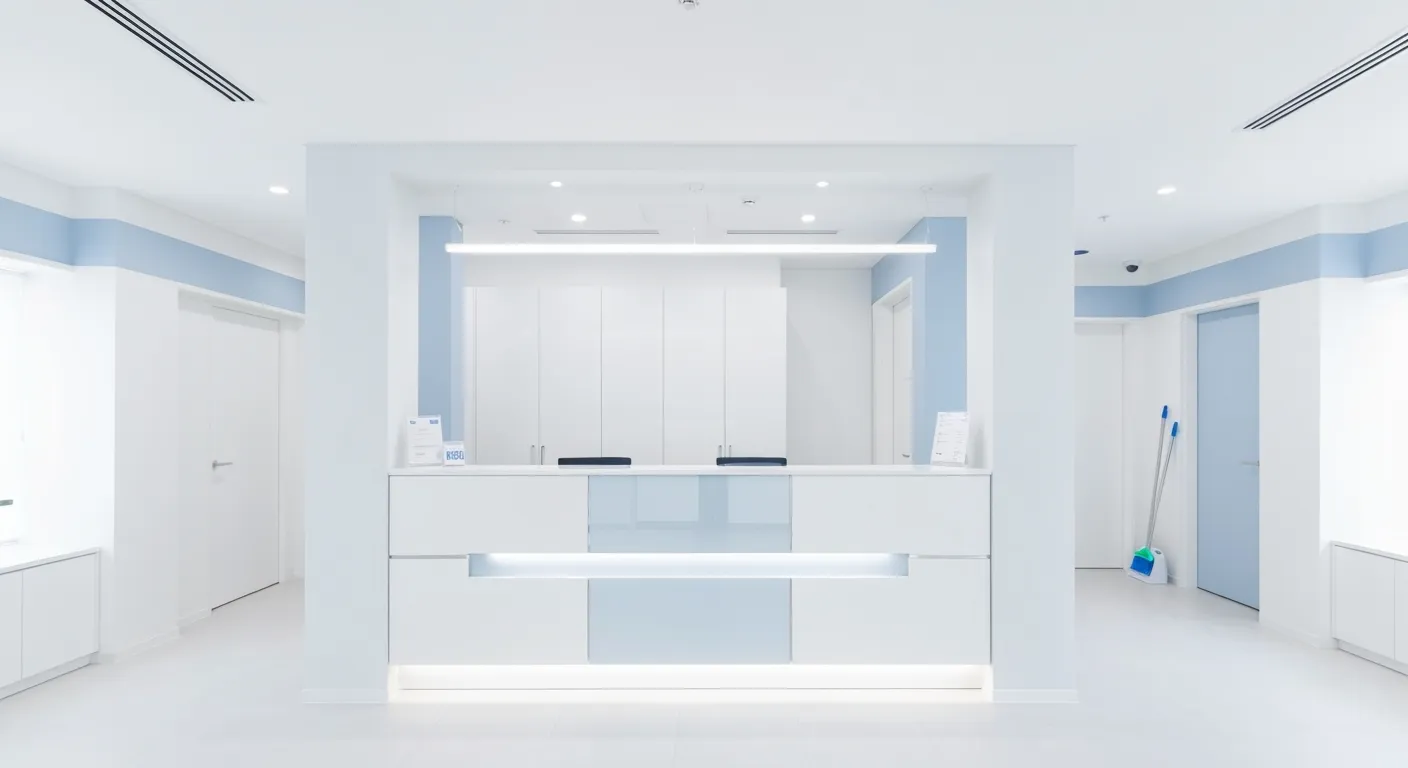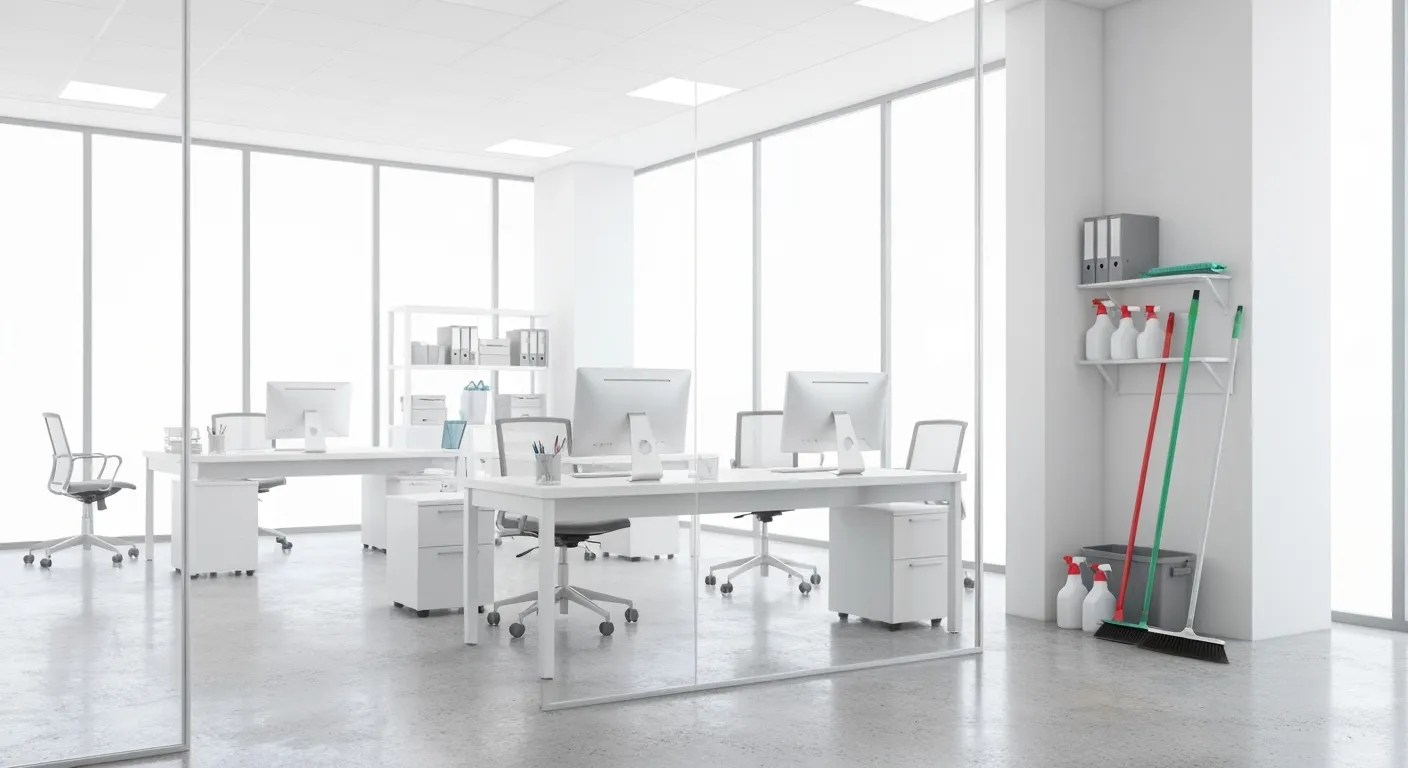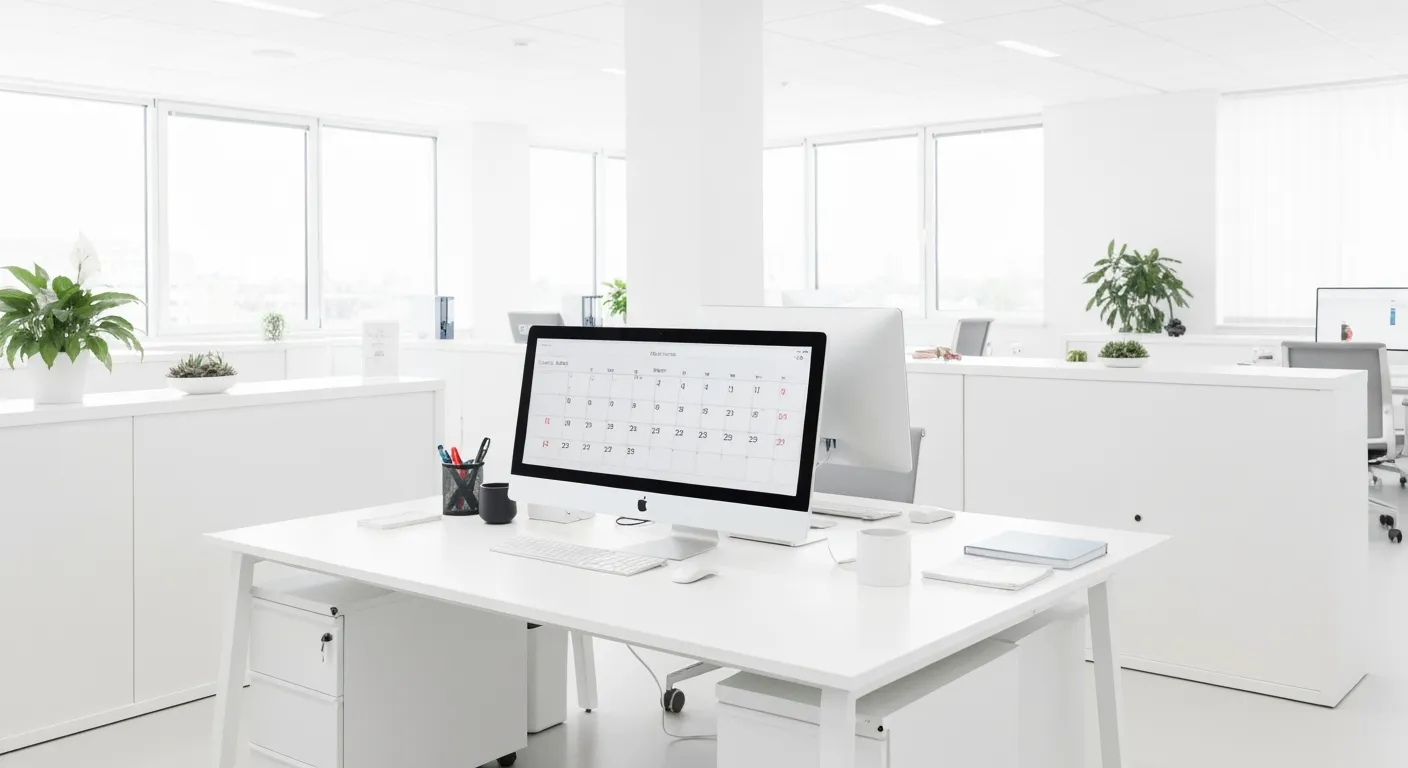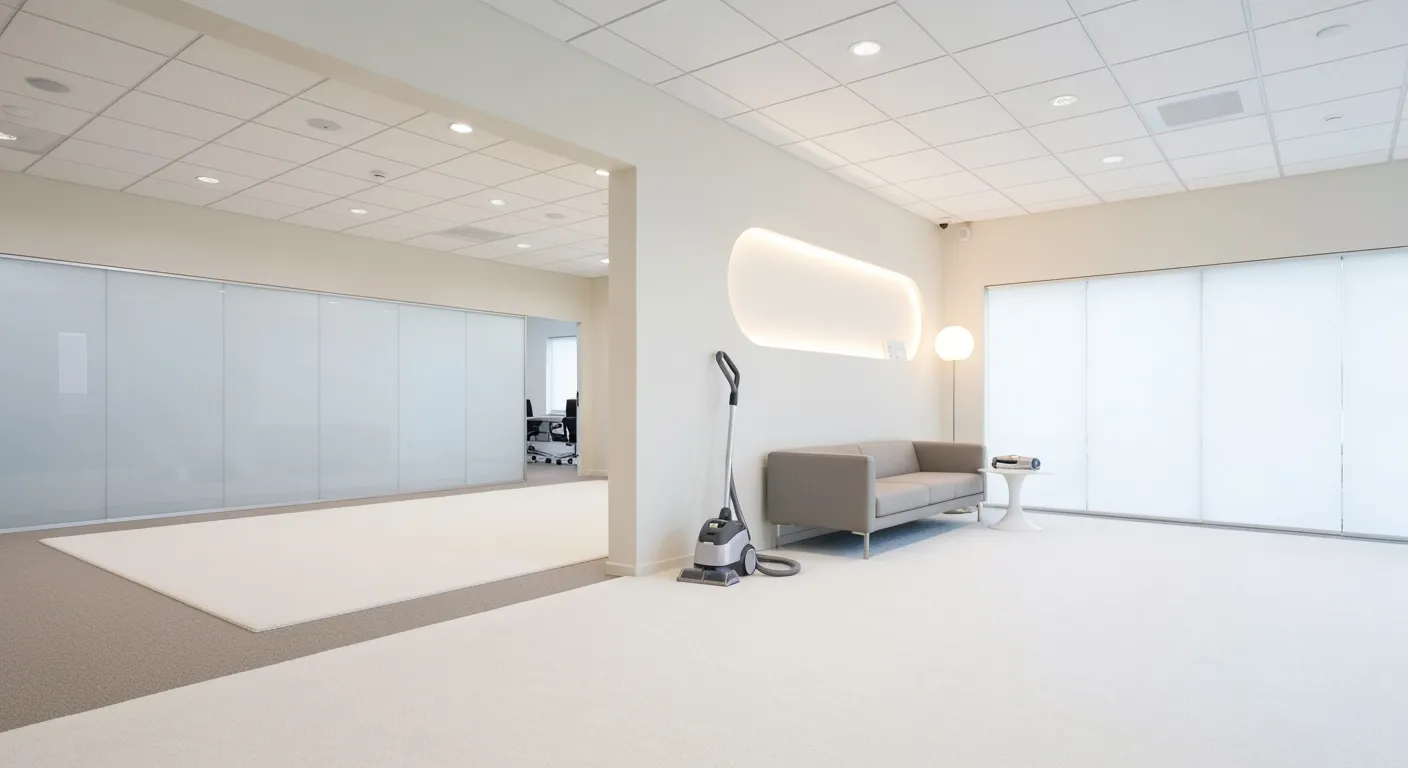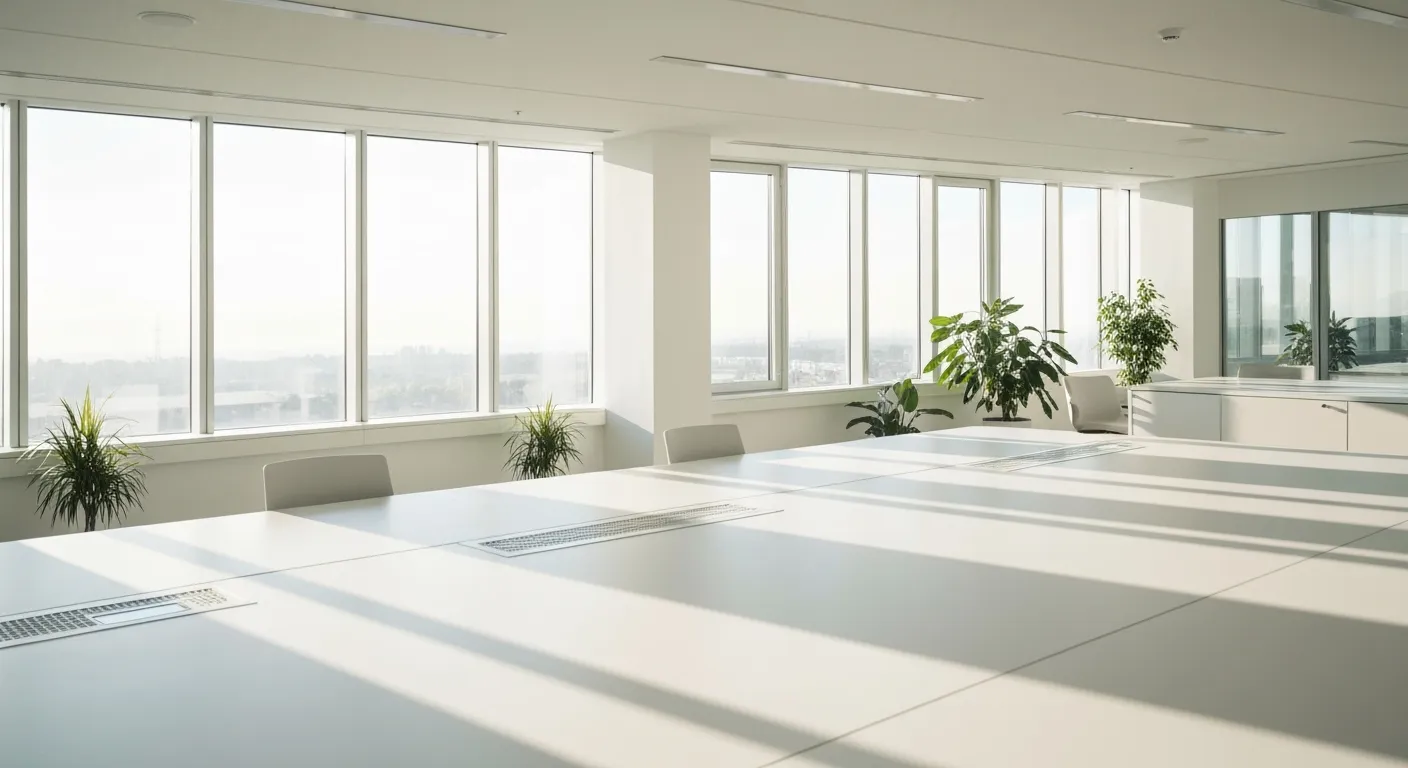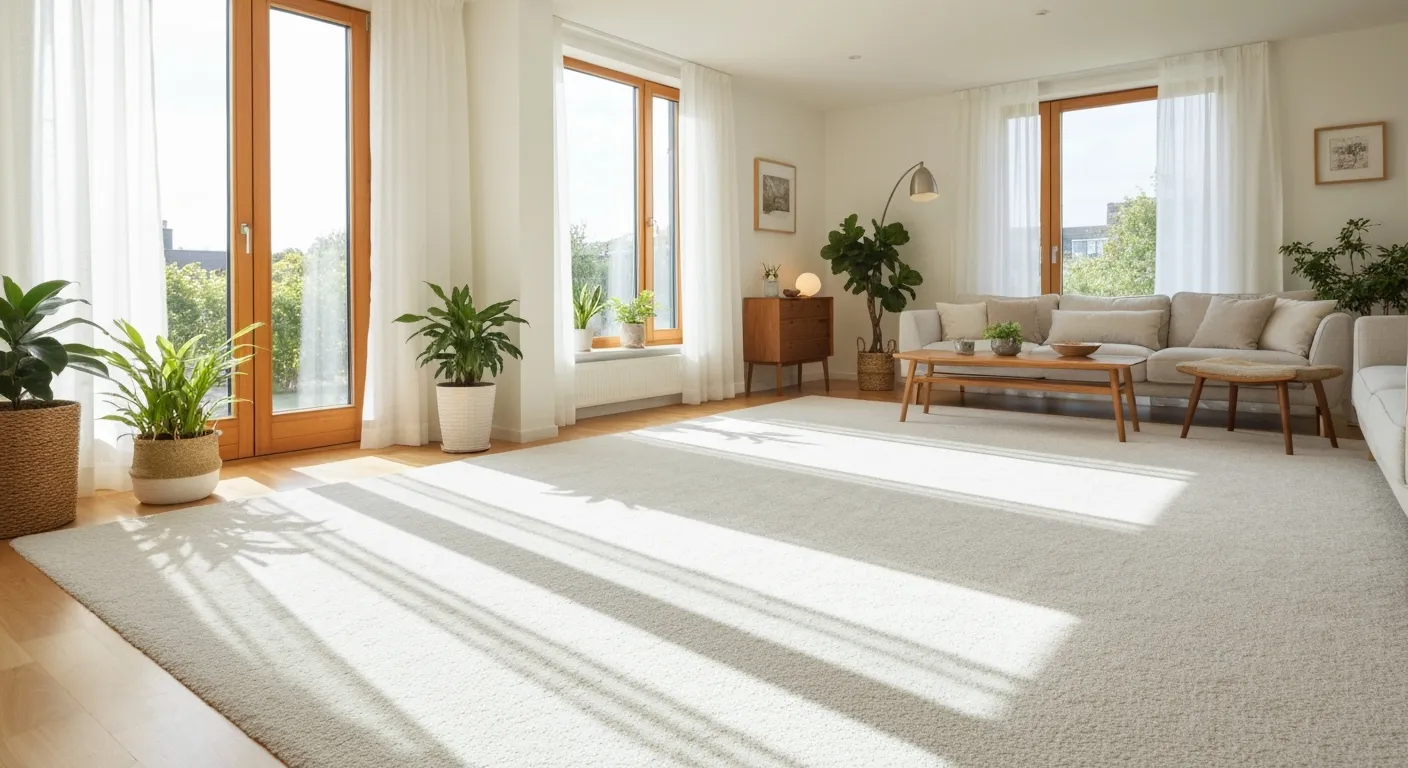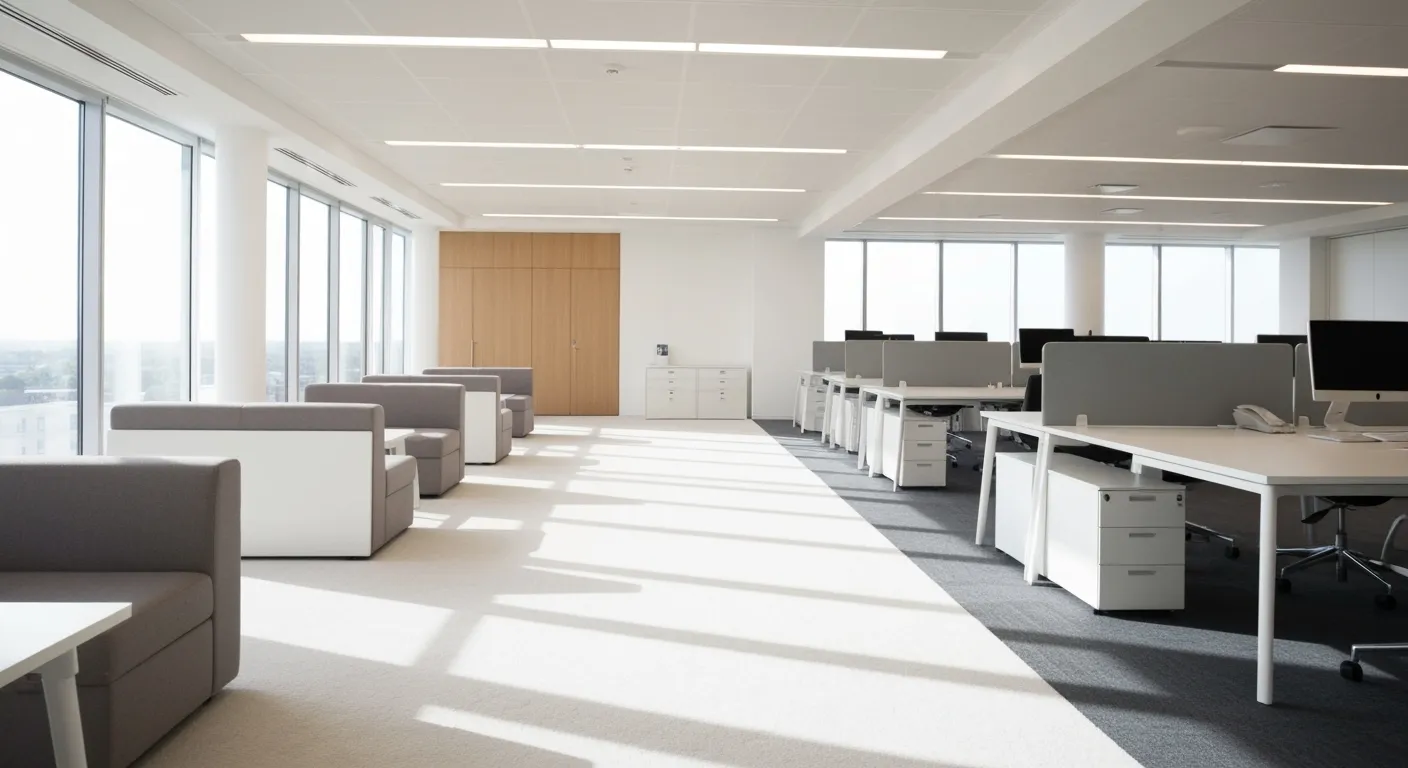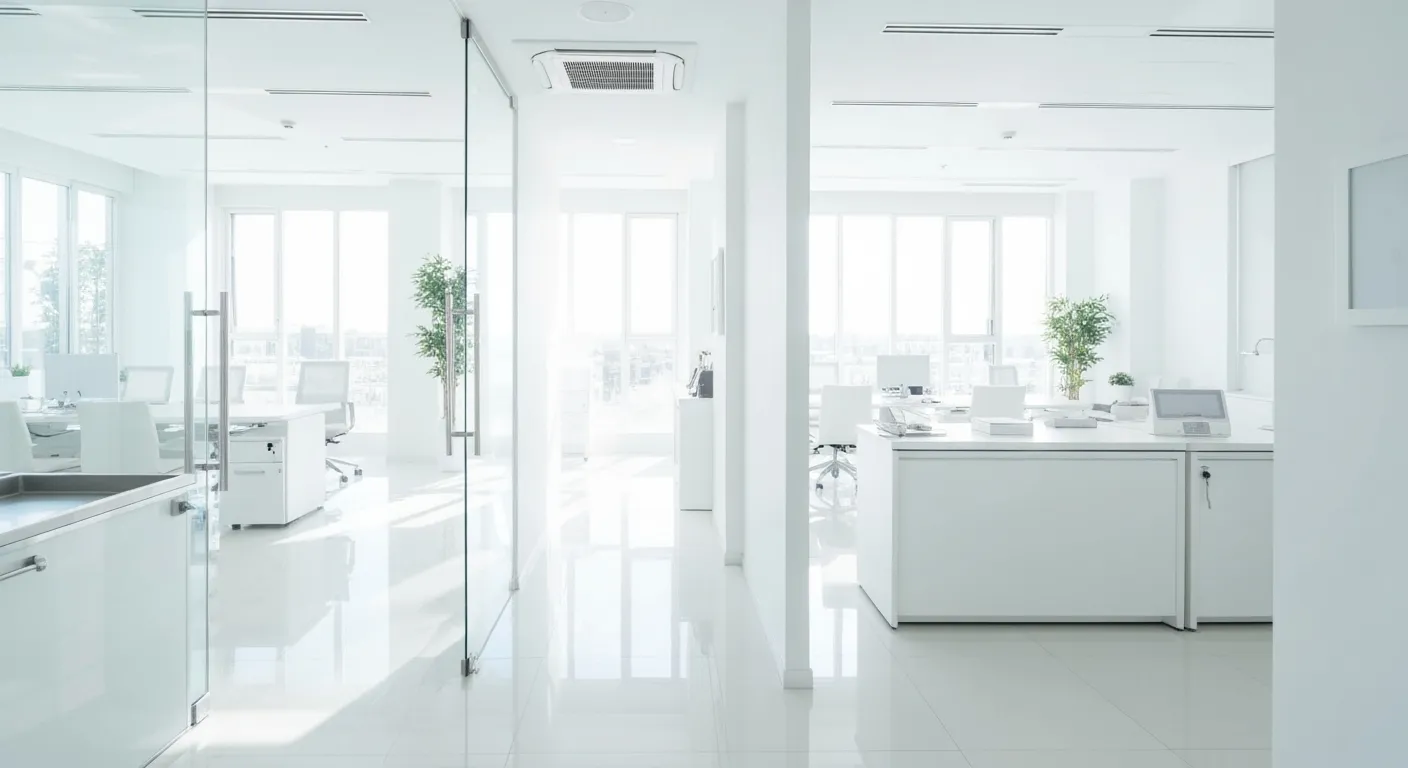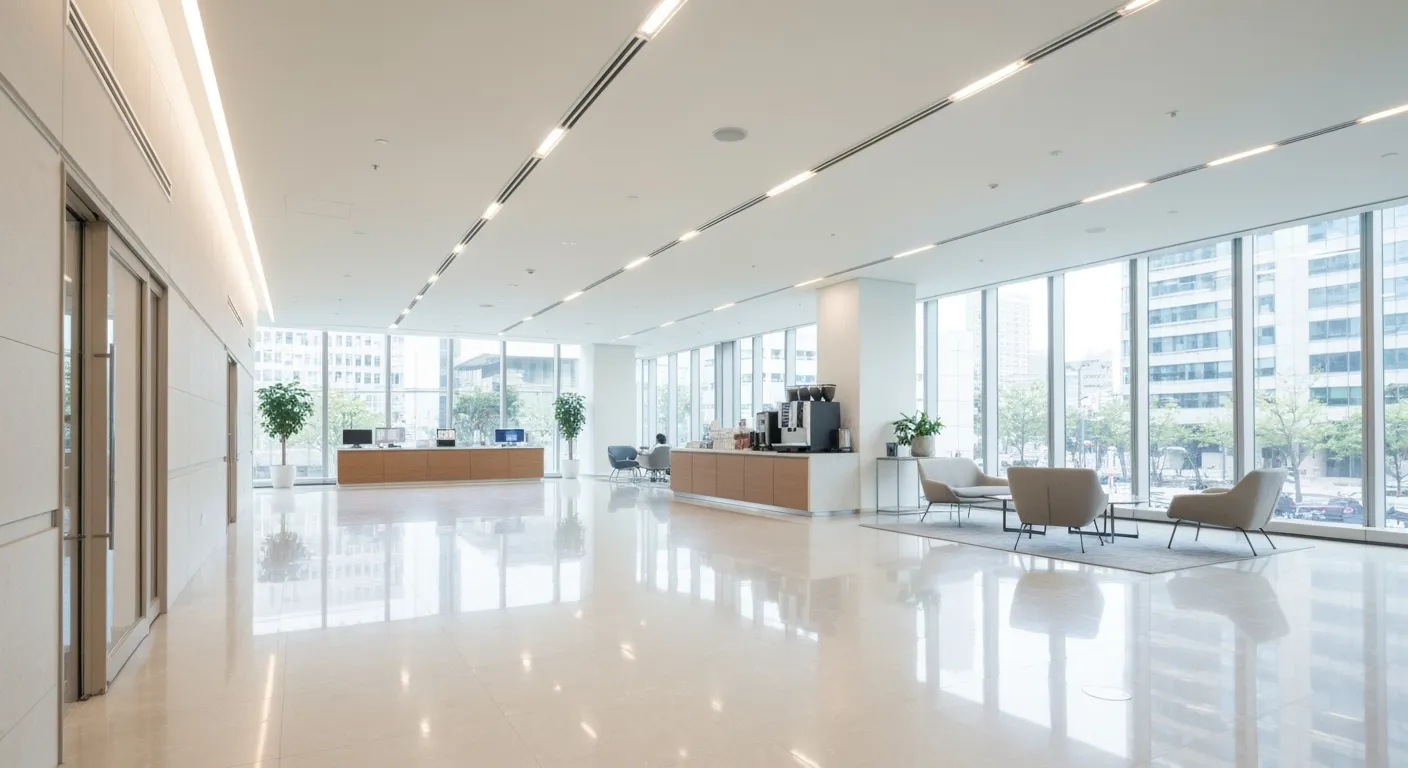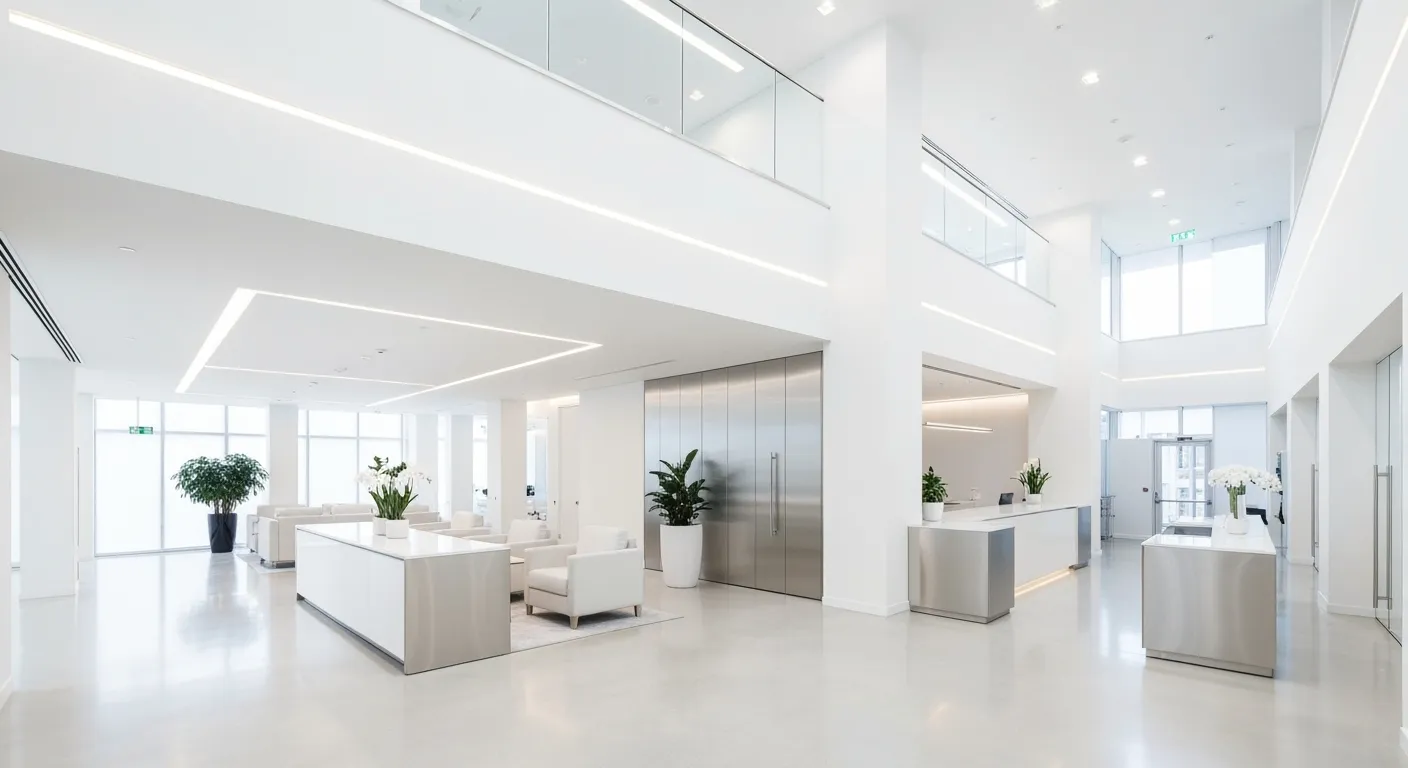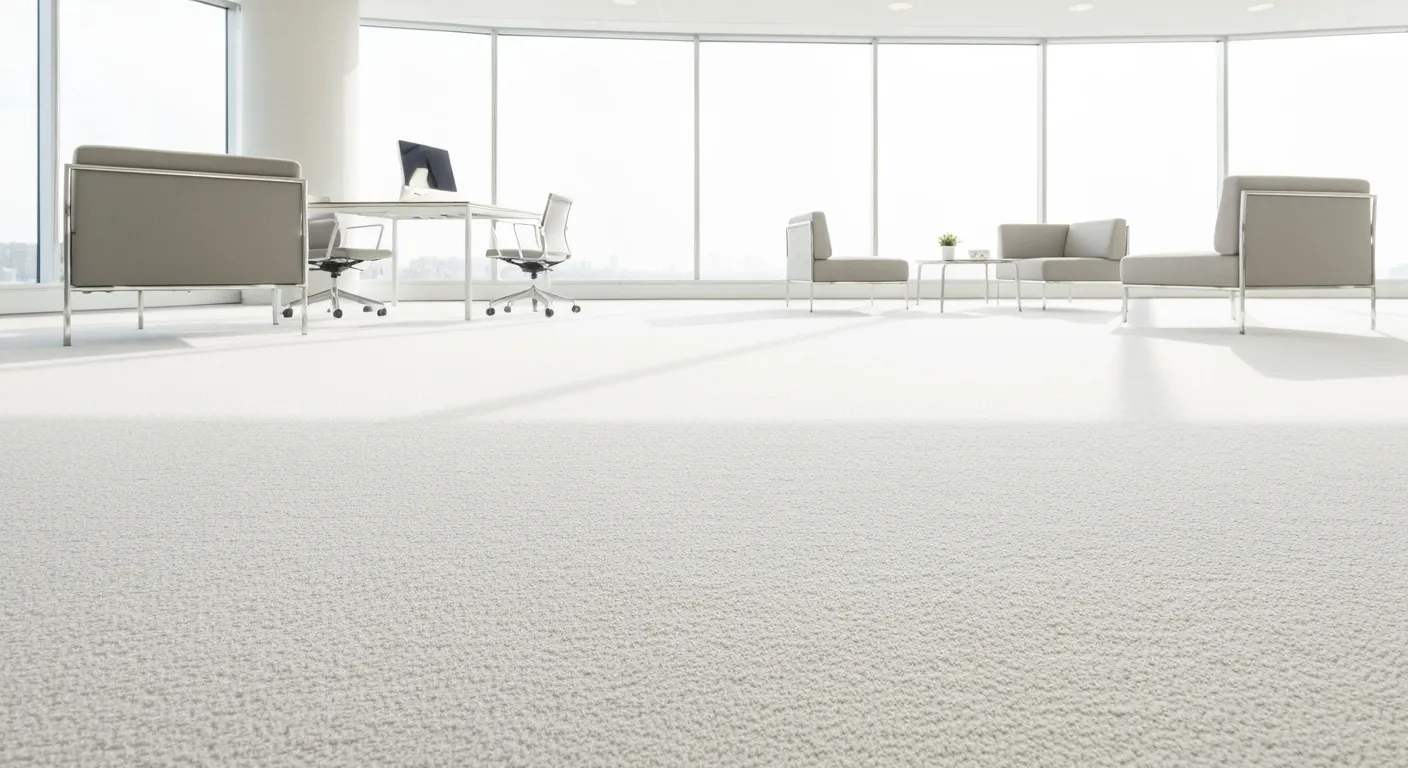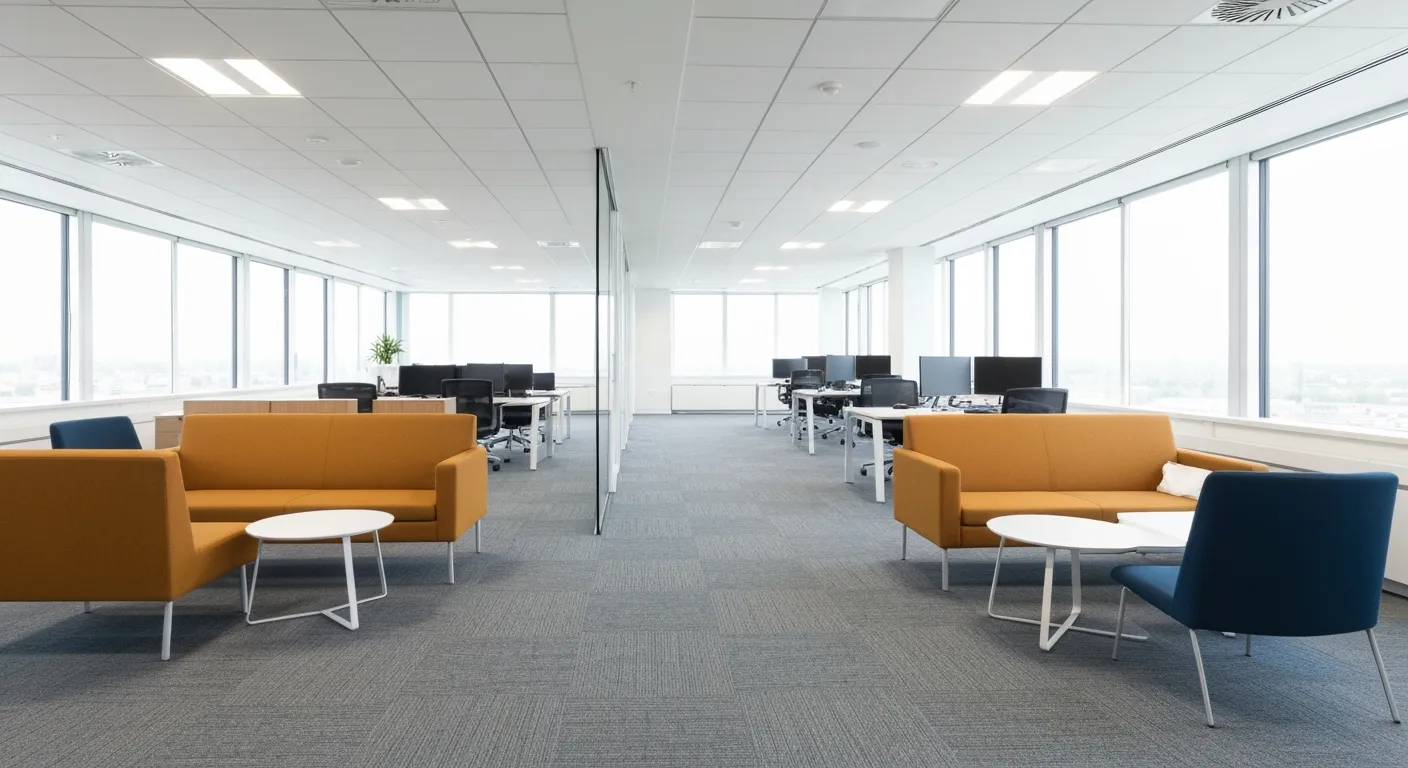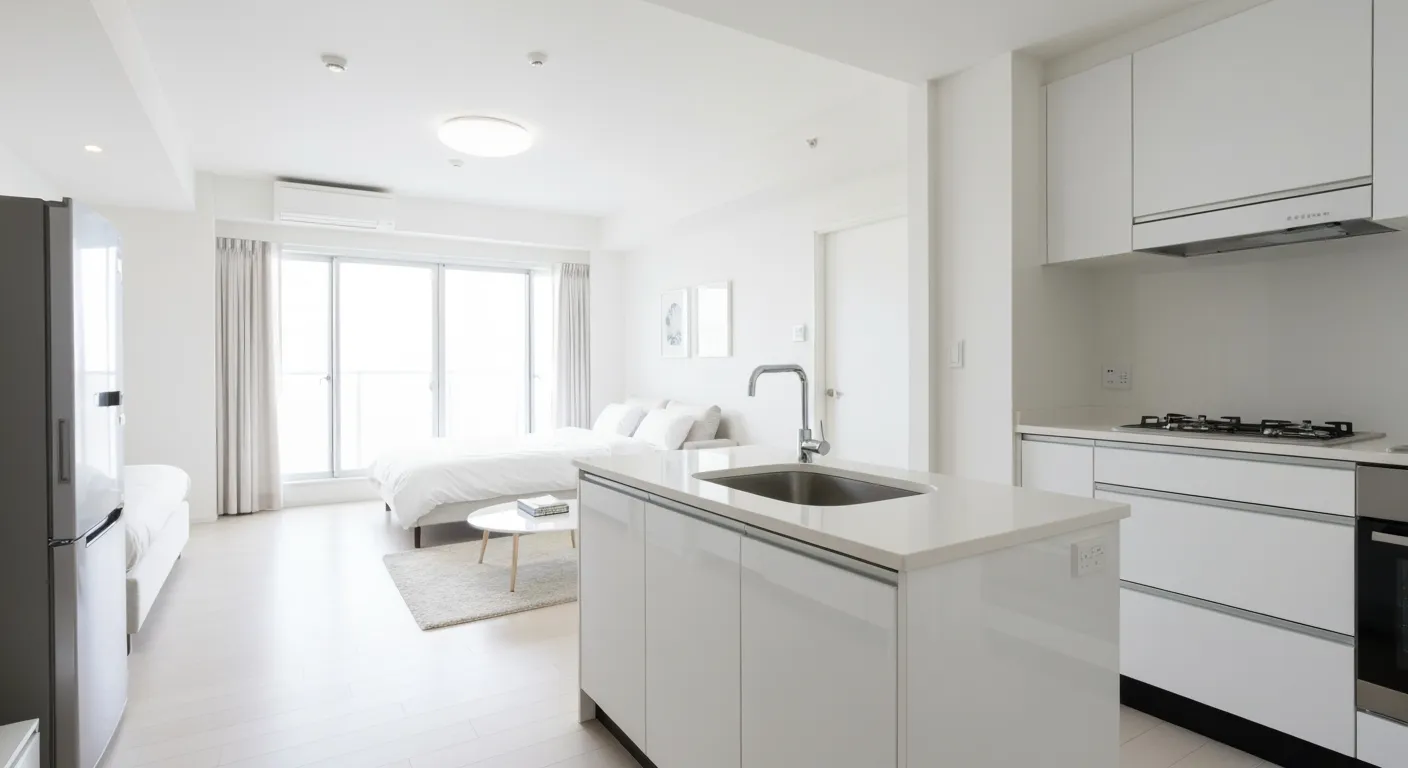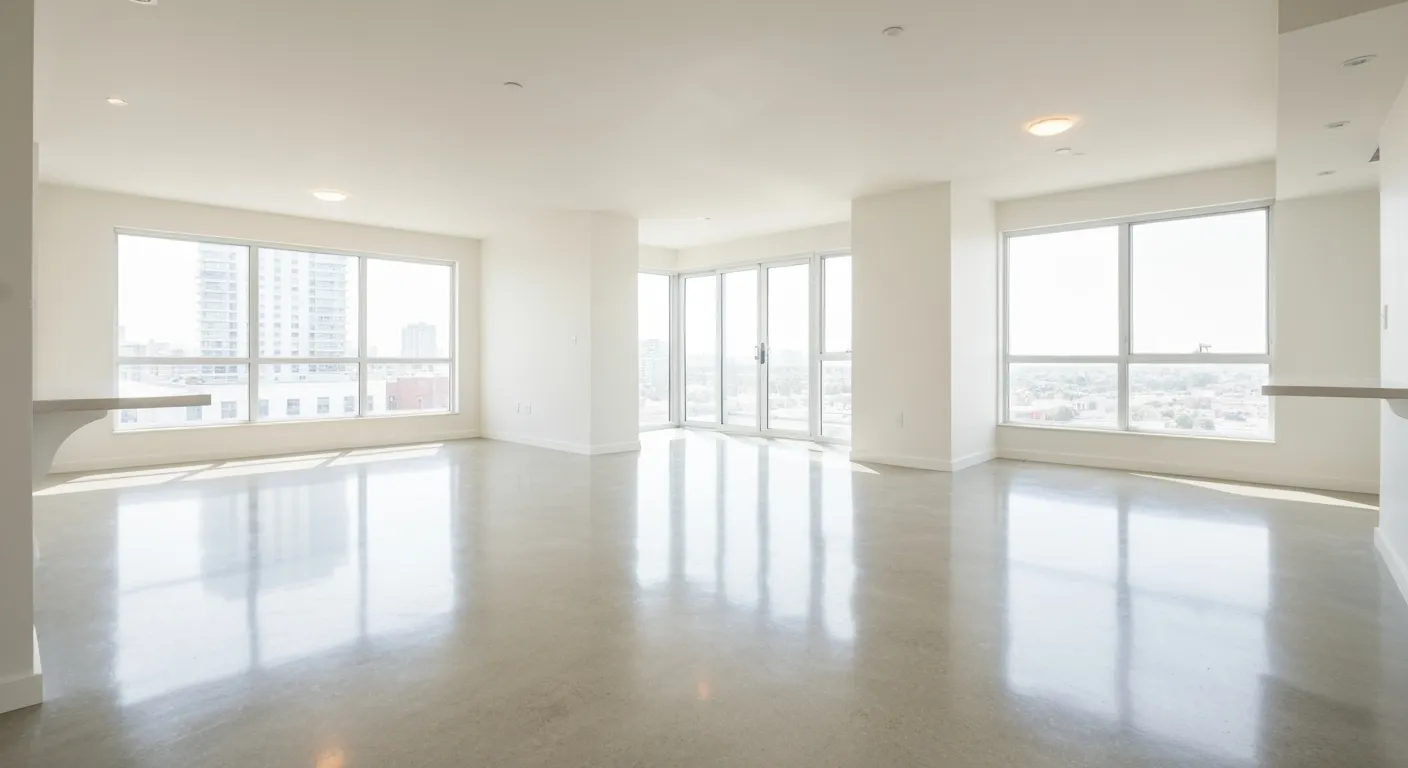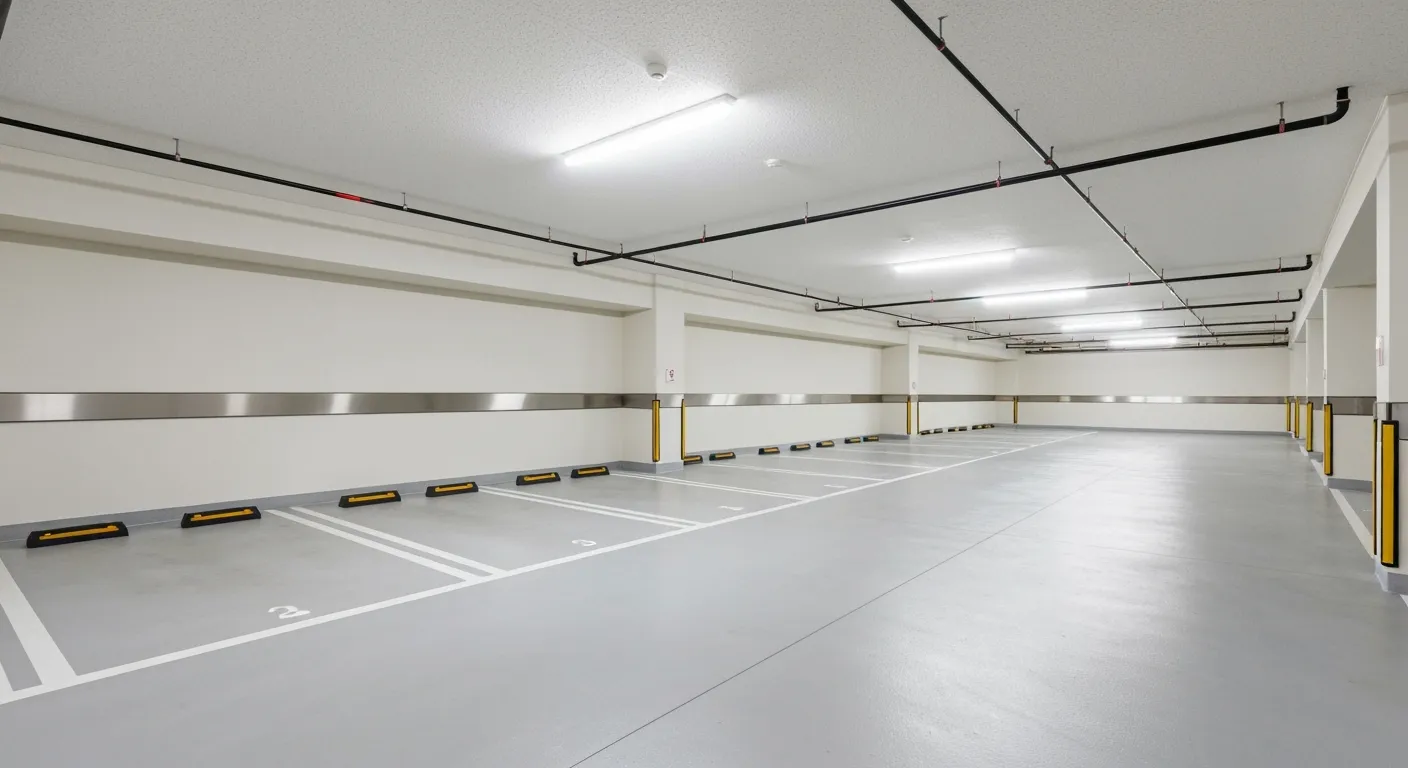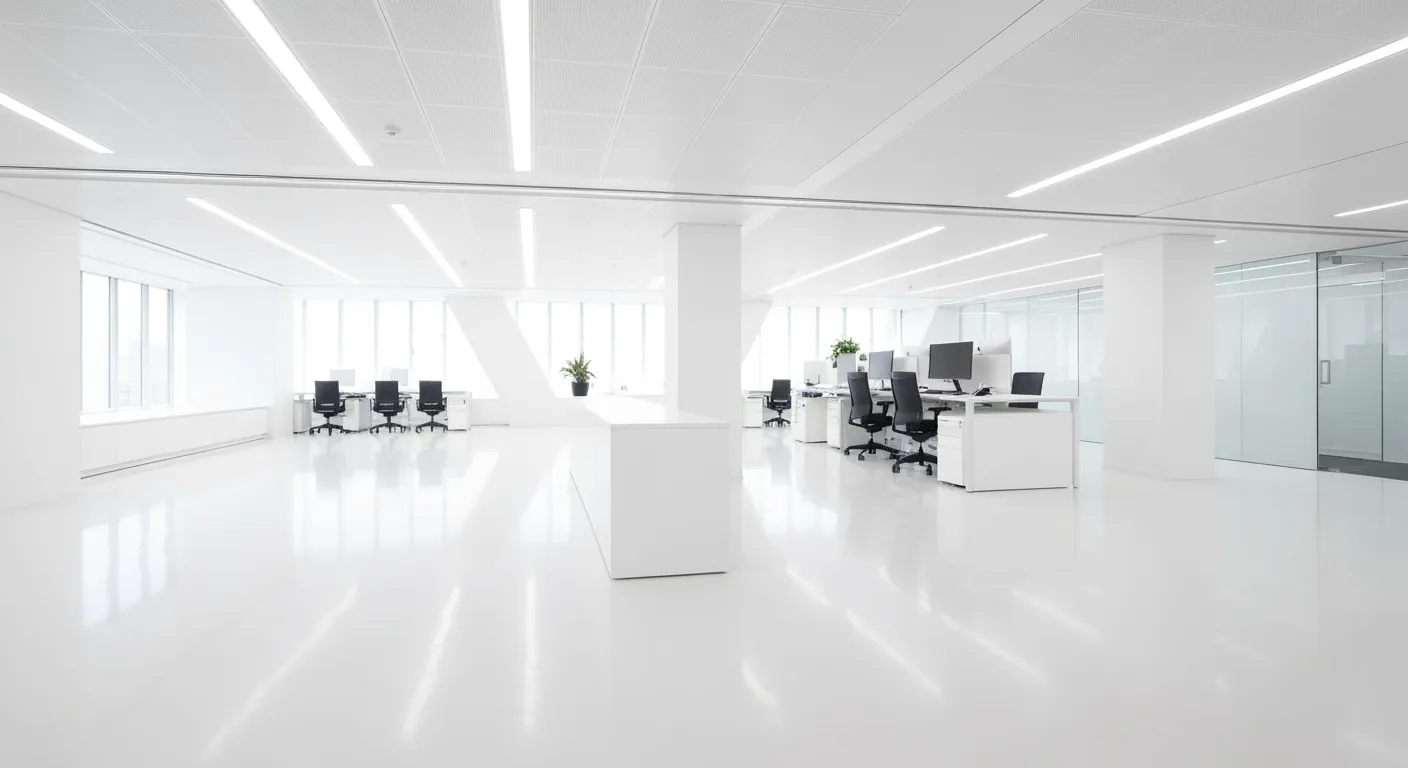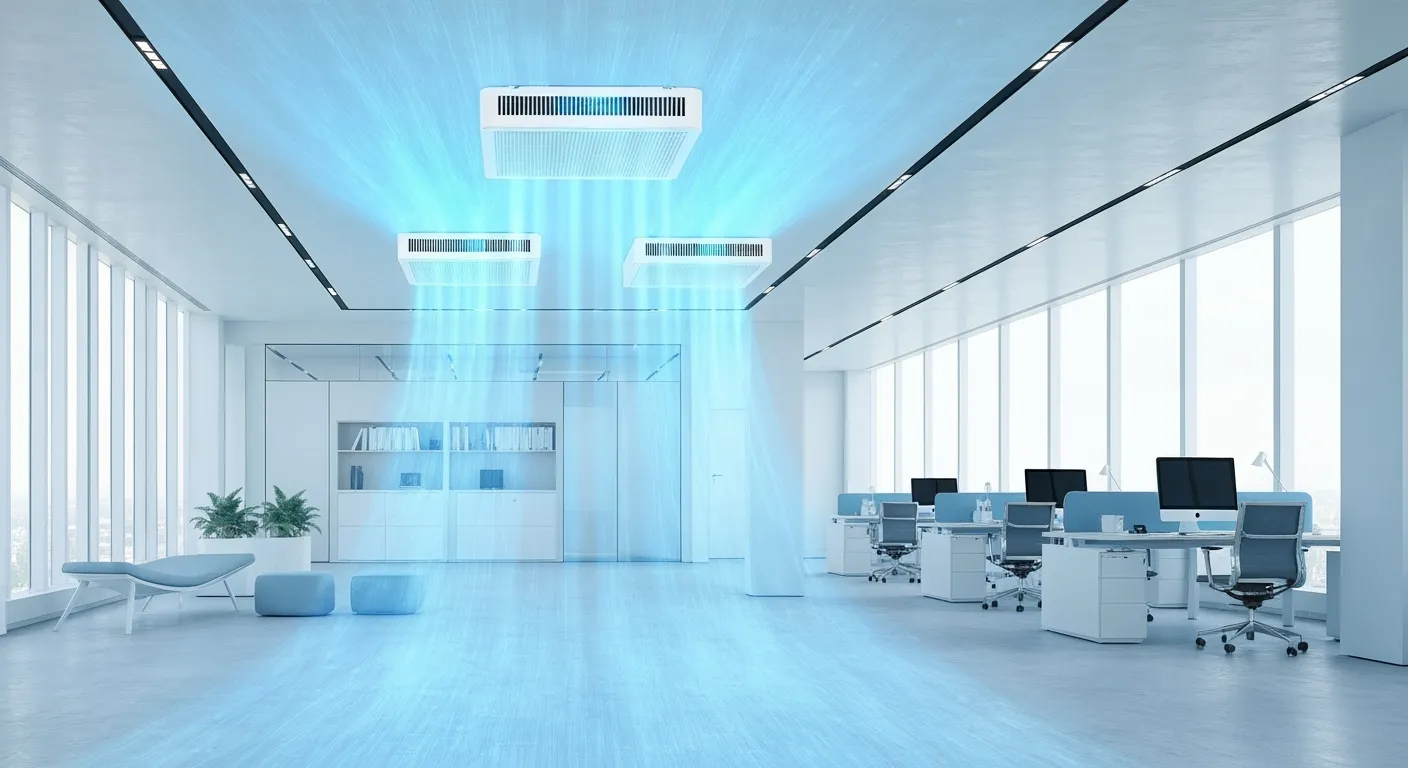Maintenance vs. Cleaning: Budget Allocation Statistics in Property Management

Introduction to Property Management Budgeting
Managing a rental property involves navigating a complex landscape of costs that span maintenance, cleaning, taxes, insurance, and unexpected repairs. Understanding how to allocate budgets effectively between maintenance and cleaning is critical for property owners and managers aiming to protect their investment, maximize profitability, and ensure tenant satisfaction. This article delves into the cost types, budgeting strategies, statistical guidelines, and best practices to help stakeholders optimize their financial planning in property management.
Comprehensive Overview of Costs in Property Management

What are the different types of costs involved in property management?
Property management encompasses a broad range of expenses that are essential for maintaining and operating rental properties effectively. These costs can generally be categorized into management fees, maintenance, repairs, tenant-related charges, and miscellaneous expenses.
Management fees, which often include initial setup or renewal charges, are typically calculated as a percentage of monthly rent—averaging around 8.49%. These fees cover administrative tasks, tenant relations, and overall property oversight.
Maintenance and repair costs fluctuate depending on the property’s age, size, and condition, covering everything from routine upkeep like landscaping and HVAC servicing to unexpected emergency repairs. For example, routine maintenance may include pest control ($150 per treatment), HVAC maintenance ($50-150 monthly), and appliance servicing ($150-200 per incident).
Tenant screening, leasing fees, and renewal costs are also part of property management expenses. These include background checks, lease preparation, and application processing, often costing between $250 and $1,000 annually based on complexity.
Additional costs, such as eviction procedures, vacancy periods, and marketing, can directly impact profitability, especially in high-turnover scenarios.
Property insurance and legal compliance, including safety and habitability standards, are vital expenses. Insurance typically ranges from $800 to $2,500 yearly, depending on coverage and property specifics.
The expense magnitude varies significantly with property type and location. For instance, larger apartment complexes tend to incur higher maintenance costs than small single-family homes, while properties in climates prone to storms or extreme weather require more emergency reserves and repairs.
In summary, effective budgeting and understanding these various cost components are critical for maintaining profitability and ensuring the long-term sustainability of rental properties.
Key Methods for Calculating Maintenance Budgets
What methods exist for calculating and understanding property maintenance budgets and expense management strategies?
Investors and property managers have developed several practical methods to estimate annual maintenance expenses, ensuring they allocate sufficient funds for upkeep and emergencies. Three common approaches are the 1% rule, the 50% rule, and the square footage rule.
The 1% rule
The 1% rule suggests setting aside approximately 1% of the property's purchase price each year for maintenance expenses. For example, on a $300,000 property, this equates to about $3,000 annually. This method provides a straightforward way to estimate costs based on the property's value, which is especially helpful during investment analysis.
The 50% rule
This approach recommends reserving about half of the property's gross rental income for expenses, including maintenance, taxes, insurance, and other operating costs. If a property generates $2,000 monthly rent ($24,000 yearly), the annual maintenance budget would be roughly $12,000. Although this method tends to be more conservative, it helps in planning for comprehensive operating costs.
The square footage rule
The square footage rule proposes allocating around $1 per square foot annually to cover maintenance. For a 1,500-square-foot property, the recommended maintenance budget would be $1,500 per year. This method allows for asset-focused planning, assuming larger properties may require proportionally more upkeep.
Example calculations for a typical property
Consider a property valued at $300,000 with 1,500 square feet and a monthly rent of $2,000. Using these methods:
| Calculation Method | Estimated Yearly Maintenance Budget | Description |
|---|---|---|
| 1% of property value | $3,000 | Based on property purchase price |
| 50% of annual rent | $12,000 | Based on rental income |
| Square footage rule | $1,500 | Based on property size |
The actual budget might range from $3,000 to $12,000 annually, depending on property specifics and chosen approach.
Adjustment factors based on property specifics
Maintenance costs vary based on several factors:
- Age and condition: Older properties or those with aging appliances often need more repairs.
- Location and climate: Harsh weather or high-cost areas increase expenses.
- Property type and size: Larger or complex properties typically incur higher costs.
- Tenant turnover: Frequent vacancies or tenant changes can increase deep cleaning and repair costs.
Regularly reviewing these factors and adjusting your budget accordingly ensures better financial management. Employing a mix of these methods, along with detailed expense tracking and software tools, helps maintain an accurate and effective maintenance budget.
Balancing Maintenance and Cleaning Budgets: Statistical Insights

What percentage of rental income is typically allocated to maintenance expenses?
Budgeting for maintenance involves understanding industry standards and how they relate to rental income. One common approach, the 50 Percent Rule, suggests setting aside about half of the gross monthly rental income for all operating expenses, which includes maintenance, taxes, and insurance. While this rule provides a broad guideline, specific maintenance costs tend to be a smaller portion.
Using the Square Footage Rule, investors allocate approximately $1 per square foot annually to maintenance. For example, a 1,500-square-foot property would have an estimated $1,500 yearly maintenance budget. This amount often falls within 1-4% of the property's value per year, aligning with more conservative estimates.
The 1 Percent Rule recommends reserving about 1% of the property's purchase price annually for maintenance, translating to roughly $3,000 annually for a $300,000 property. When considering rental income, maintenance-related expenses generally comprise about 5-10%, varying with property condition, age, and management practices.
In conclusion, although specific percentages vary, maintenance costs commonly account for around 5-10% of the rental income. Proper budgeting ensures sufficient funds are available for regular upkeep, unexpected repairs, and large-scale replacements, supporting long-term property value and tenant satisfaction.
Best Practices for Effective Budgeting and Fund Allocation

How should property managers establish budgets based on property value and rent?
To ensure accurate and effective budgeting, property managers often rely on established guidelines such as the 1% rule, where approximately 1% of the property's value is allocated annually for maintenance. For instance, a $300,000 property would set aside around $3,000 each year. Alternatively, the square footage rule recommends budgeting about $1 per square foot annually; a 1,500-square-foot home would require about $1,500 per year for upkeep. The 50% rule, another common approach, suggests allocating half of the annual rental income—here, $12,000 given a $2,000 monthly rent—to cover expenses, including maintenance, taxes, and insurance. Whether using these methods individually or together, setting aside sufficient funds tailored to the property’s specifics provides a solid financial foundation.
Why are regular reviews and adjustments necessary?
Financial conditions and market dynamics are constantly changing, making regular reviews crucial. Tracking actual expenses against the initial budgets helps identify overspending or underspending and allows for timely adjustments. For example, increased utility costs or unexpected repairs may require reallocating funds. Conducting periodic financial reviews—monthly, quarterly, or bi-annually—ensures that budgets remain realistic and aligned with current property performance. This proactive approach aids in managing cash flow, preparing for large capital expenditures, and maintaining sufficient reserves for emergencies.
How does preventative maintenance contribute to managing costs?
Scheduling preventative maintenance is a strategic practice that saves money in the long run. Regular inspections and routine tasks—such as HVAC servicing, plumbing checks, and landscaping—help identify potential issues early before they escalate into costly repairs. Implementing a maintenance calendar based on historical data or industry standards keeps the property in optimal condition, extends the lifespan of appliances and systems, and reduces tenant complaints and turnover. Maintaining a detailed maintenance log also facilitates trend analysis, enabling better planning and more accurate budgeting.
What strategies can vendors and tenants be engaged in?
Negotiating with reputable vendors ensures competitive rates and reliable service, which helps keep maintenance costs down. Building strong relationships with maintenance contractors and considering long-term contracts can lead to discounts and priority scheduling. Communication with tenants also plays a vital role; informing them about proper property care and encouraging reporting of issues early helps in prompt resolution and prevents deterioration. Implementing lease clauses that specify tenant responsibilities for minor repairs, along with clear channels for reporting problems, encourages proactive participation and reduces unnecessary expenses.
| Strategy | Focus Area | Expected Outcome |
|---|---|---|
| Establish detailed budgets | Property value, rent, and operational costs | Accurate expense forecasting and reserve planning |
| Regular financial reviews | Expense tracking and market updates | Timely budget adjustments |
| Preventative maintenance | Routine inspections and scheduled repairs | Cost savings, property longevity, tenant retention |
| Vendor negotiation | Service costs and contract terms | Reduced maintenance expenses |
| Tenant communication | Reporting and responsibility clauses | Lower repair costs, increased tenant satisfaction |
By integrating these best practices, property managers can maintain financial health, optimize property condition, and enhance tenant relations—all essential for long-term success.
The Value of Proactive Budget Allocation in Property Longevity
How can proactive and proper budget allocation protect property investments and ensure their longevity?
Proactive and accurate budgeting is essential for maintaining property value and securing its long-term health. By allocating funds regularly for routine maintenance tasks such as HVAC servicing, landscaping, pest control, and plumbing repairs, investors can prevent minor issues from escalating into costly damages.
Setting aside funds based on established methods like the 1% rule, the 50% rule, or the square footage rule helps ensure adequate resources for unexpected emergencies and major repairs. This approach reduces the likelihood of financial strain caused by emergency repairs or replacement of major components like the roof or HVAC system.
Effective budgets also support ongoing capital expenditures, such as repainting or flooring updates, which are crucial for keeping the property attractive and functional. Regular inspections and scheduled maintenance identify potential problems early, extending the lifespan of appliances, systems, and structural elements.
Financial management plays a vital role in mitigating risk. Reviewing historical expenses, adjusting for inflation, and planning for future needs ensures that the property remains competitive and operational. Budgeting for contingencies—typically around 10-20% of the maintenance budget—acts as a financial cushion against unforeseen issues.
Cost control measures, such as negotiating with vendors, implementing energy-efficient solutions, and leveraging technology tools help optimize expenses. This disciplined approach maximizes profit margins and sustains tenants' satisfaction.
Moreover, a well-funded maintenance plan fosters positive tenant relations, as it reflects responsible management and a commitment to quality service. Satisfied tenants are more likely to stay longer, reducing vacancy periods and turnover costs.
Overall, strategic financial planning through proactive budget allocation safeguards investments. It prevents deterioration, maintains the property's value, enhances profitability, and sustains the asset’s lifespan over decades, ensuring a reliable income stream and long-term growth.
Statistical Comparison: Maintenance vs. Cleaning Costs in Property Management

What are the typical allocation percentages for maintenance and cleaning?
In property management, understanding how much to budget for maintenance and cleaning is crucial. Generally, maintenance costs are estimated to range between 1% and 4% of the property's value annually, with many experienced landlords recommending setting aside around 2% to 3%. For a $300,000 property, this translates to roughly $3,000 to $9,000 each year.
Cleaning and routine upkeep costs, on the other hand, depend largely on occupancy rates and tenant turnover. These expenses often include regular cleaning of units, common areas, and deep cleaning during tenant changeovers. Typically, cleaning costs can range from $100 to $300 per move-out, with recurring monthly cleaning of common areas costing between $50 and $150.
What are common cleaning expenses and their frequency?
Common cleaning expenses include:
- Move-out/move-in cleaning: $100–$300 per occasion
- Routine common area cleaning: $50–$150 monthly
- Deep cleaning and sanitation: quarterly or annual, costing approximately $200-$500 each time
The frequency varies based on tenant turnover and property size. Regular cleaning maintains property appeal and tenant satisfaction, indirectly affecting occupancy and revenue.
How do maintenance cost drivers compare to cleaning cost drivers?
Maintenance costs are driven by factors such as property age, condition, size, and location. Older properties often require more repairs, including aging appliances and structural maintenance. Larger properties or those with extensive amenities also incur higher expenses.
Cleaning costs are primarily influenced by tenant turnover rates, property size, and cleanliness standards. High tenant turnover increases move-out cleaning frequency, raising expenses. Properties with larger square footage or multiple units similarly see higher recurring cleaning costs.
How do property size and tenant turnover impact costs?
Property size directly correlates with both maintenance and cleaning expenses. Larger units or multi-unit complexes require more materials, labor, and time to upkeep.
Tenant turnover significantly affects costs too. Frequent move-ins and move-outs result in increased cleaning, repainting, and repairs. High turnover can lead to a cycle of expenses, emphasizing the importance of preventive maintenance and tenant retention strategies.
| Aspect | Impact on Costs | Explanation |
|---|---|---|
| Property size | Increases both maintenance and cleaning expenses | Larger property or more units require more resources to maintain or clean |
| Tenant turnover | Raises cleaning and minor repair costs | Frequent tenant movement leads to more cleaning, repainting, and repairs |
| Property age and condition | Drives maintenance costs | Older properties may need repairs, upgrades, and replacements more often |
| Location and climate | Affects maintenance frequency and types | Weather impacts repairs, pest control needs, and wear and tear |
Whether budgeting for routine cleaning or major repairs, understanding these factors helps property owners allocate funds efficiently and maintain a high standard of property management.
Advanced Expense Management Strategies and Technology Solutions

Use of property management software for budgeting
Modern property management relies heavily on software tools to organize and monitor expenses. Platforms like Property Meld facilitate comprehensive budgeting by tracking routine maintenance, emergency repairs, and capital expenditures. These tools streamline workflows, provide real-time financial insights, and improve communication with vendors and tenants.
Tracking and adjusting for unexpected expenses
Unexpected repairs can significantly impact budgets. Applying the 1% rule or setting aside a specific emergency fund—covering 3-6 months of operating costs—helps manage surprises effectively. Using financial software assists investors in tracking actual expenses against forecasts, facilitating timely adjustments and preventing budget overruns.
Energy-efficient solutions and vendor negotiations
Implementing energy-efficient upgrades, such as smart thermostats and efficient lighting, can lower ongoing maintenance and utility costs. Additionally, building strong relationships with vendors allows investors to negotiate better rates for routine maintenance and emergency services, reducing operational expenses over time.
Avoiding common budgeting mistakes
Many investors overlook crucial factors like aging appliances, inflation in service costs, or tenant turnover. Regularly reviewing budgets, updating expense estimates based on historical data, and maintaining a dedicated reserve fund for unexpected and capital expenses can prevent financial shortfalls. Utilizing technology and proactive planning ensures a more accurate and resilient maintenance budget.
More info search query: Technology in property maintenance expense management
Final Thoughts on Budgeting for Maintenance and Cleaning
Effective budget allocation between maintenance and cleaning is critical for preserving property value, ensuring operational efficiency, and maximizing return on investment in property management. By understanding the various types of costs, employing proven budgeting rules, and adopting proactive, data-driven strategies, property managers and investors can navigate the complexities of expense management. Leveraging technology, maintaining open communication with tenants and service providers, and regularly revisiting budgets to adapt to property-specific dynamics are essential steps toward sustainable property operation. Ultimately, diligent budgeting and strategic resource allocation protect the investment and create a foundation for long-term success in property management.
References
- 15 Common and Unexpected Rental Property Maintenance Costs
- How Budgeting for Rental Maintenance Protects Properties
- Determining Maintenance Costs For Rental Properties - Forbes
- Property Management Budgeting 101: How to Keep Costs Low
- How Much To Budget for Rental Property Maintenance
- How To Calculate a Property Maintenance Budget
- Rental Property Maintenance Costs: How Much To Budget
- What is the 1% Rule in Maintenance? - Property Meld


